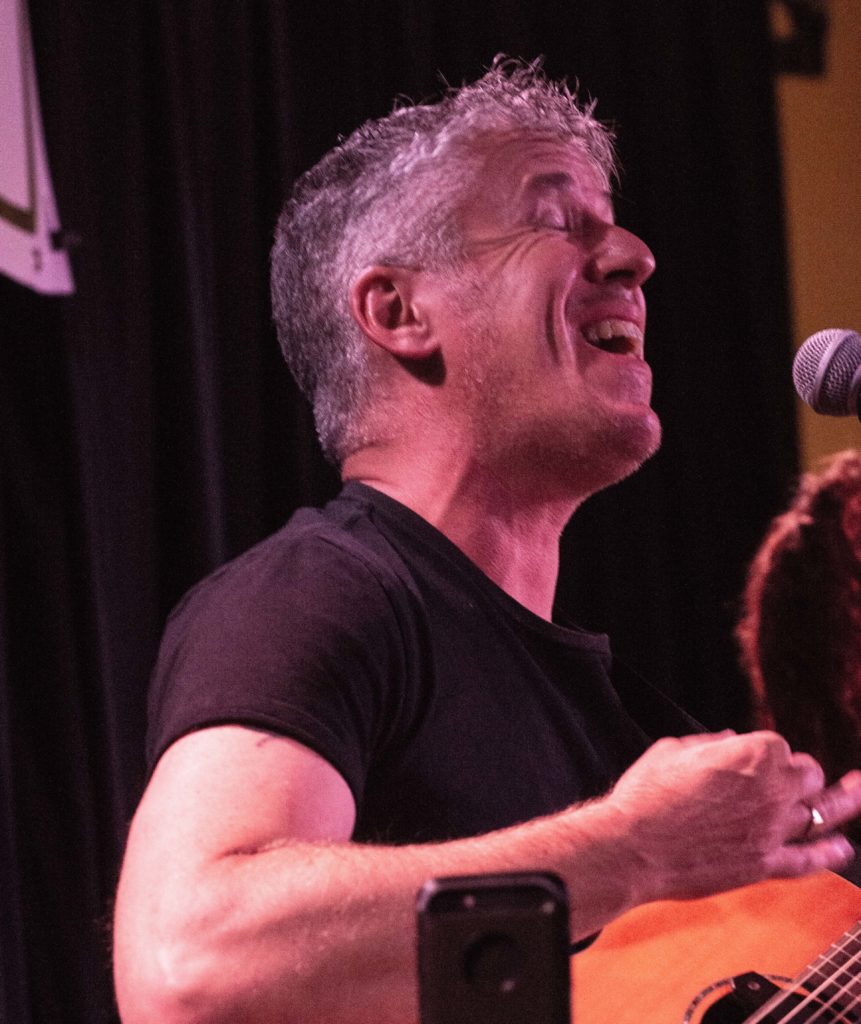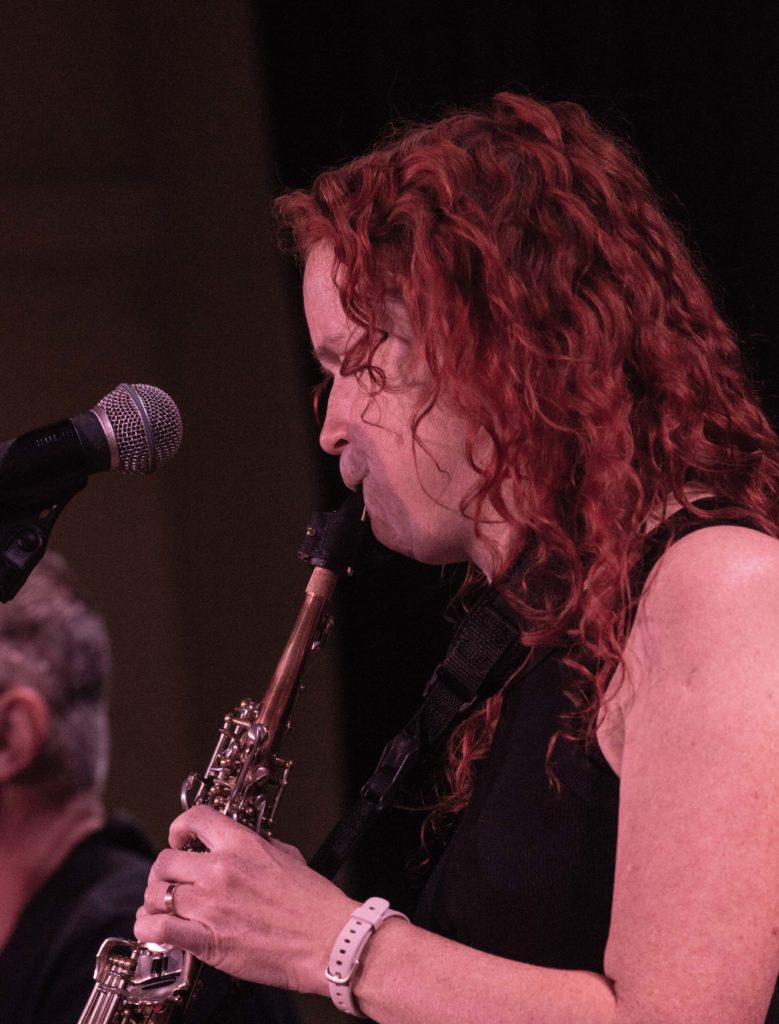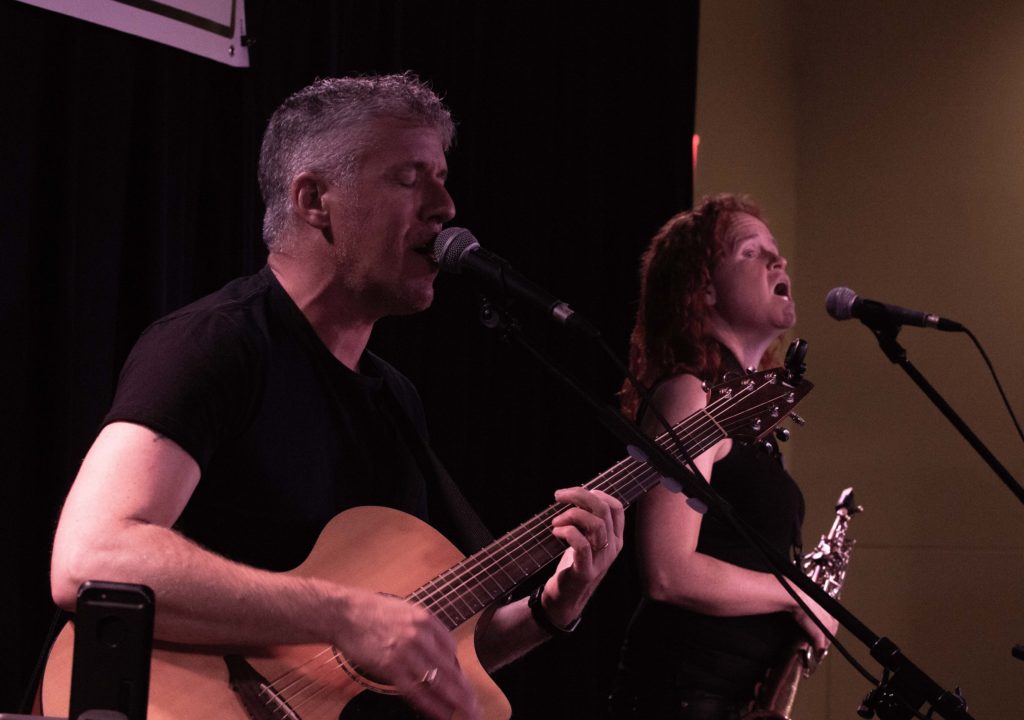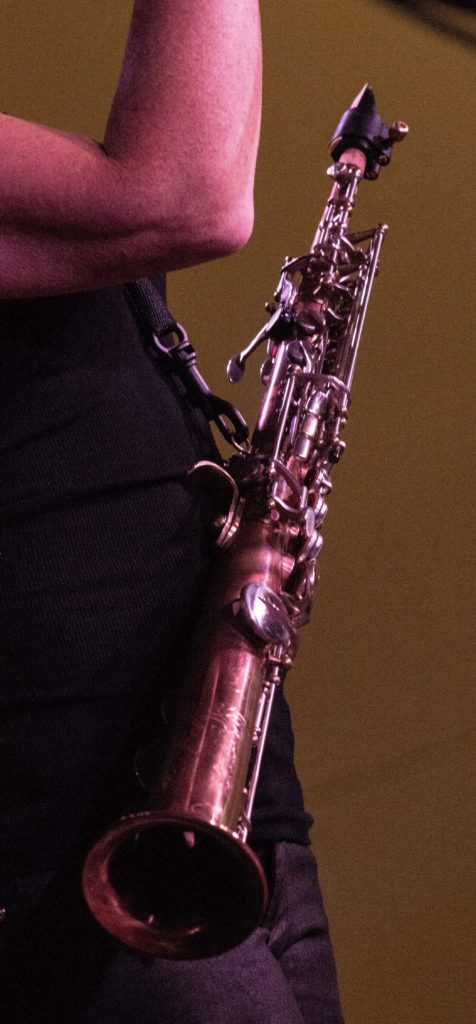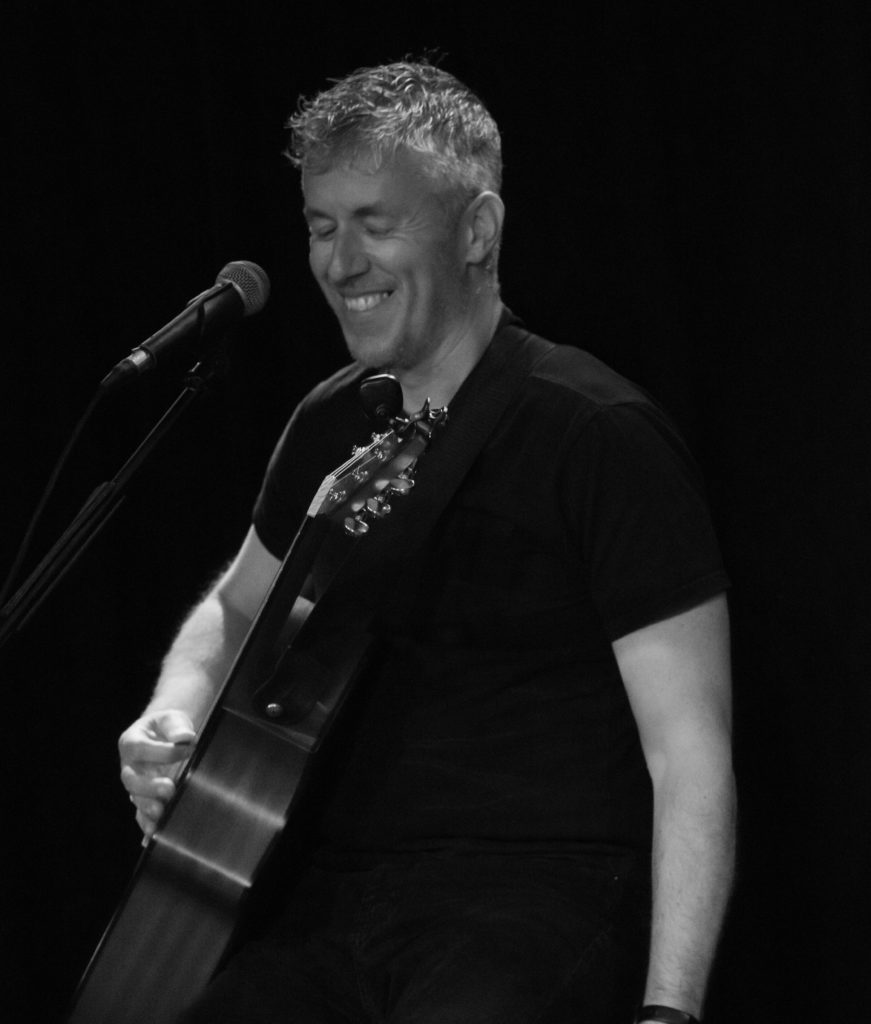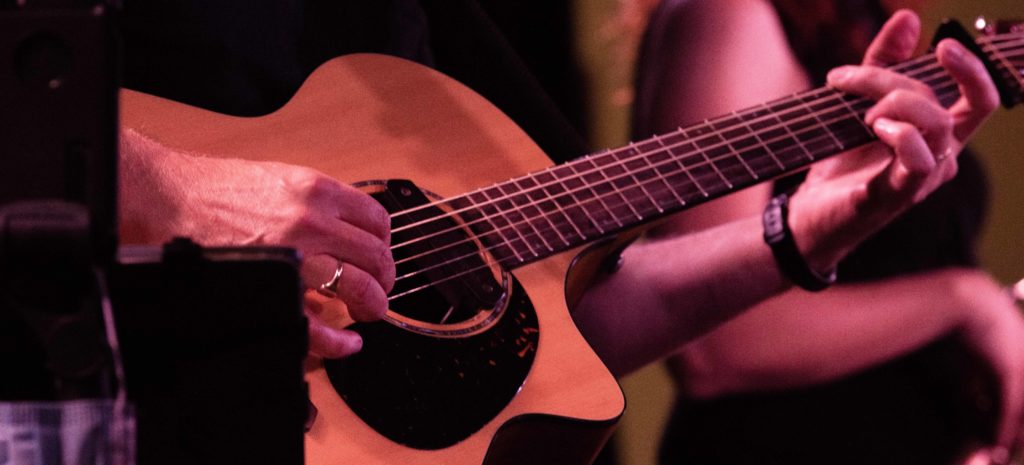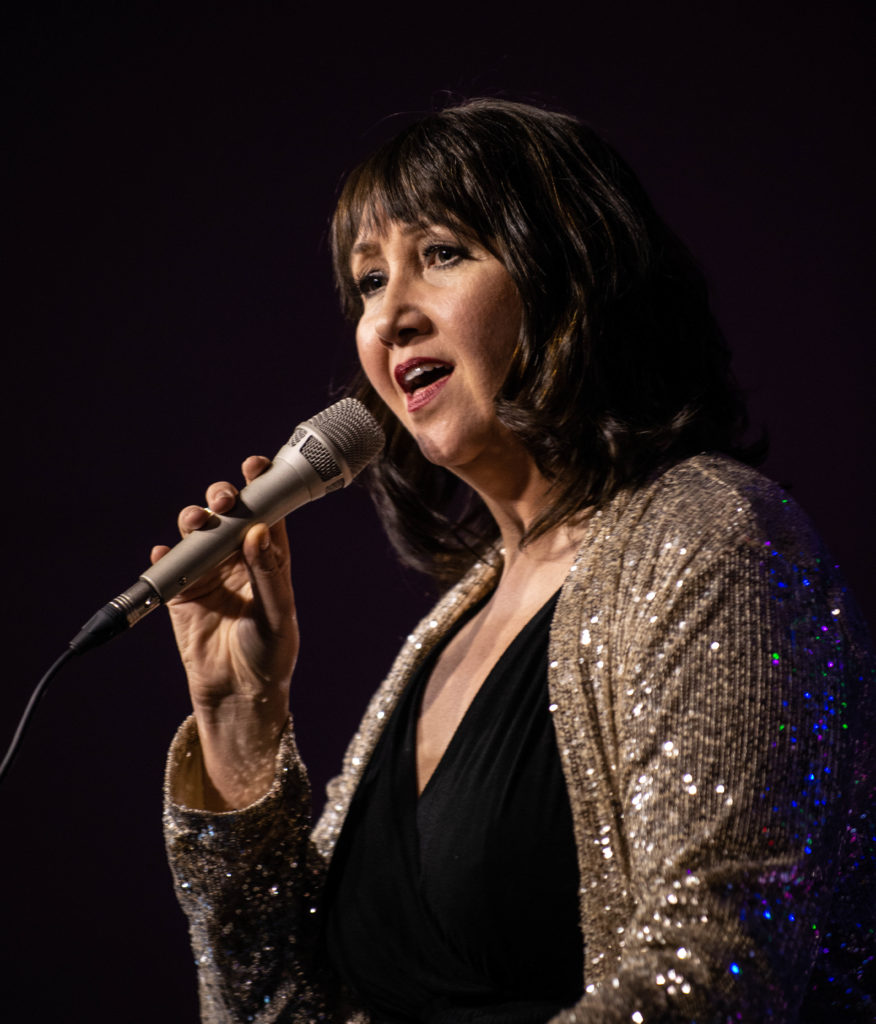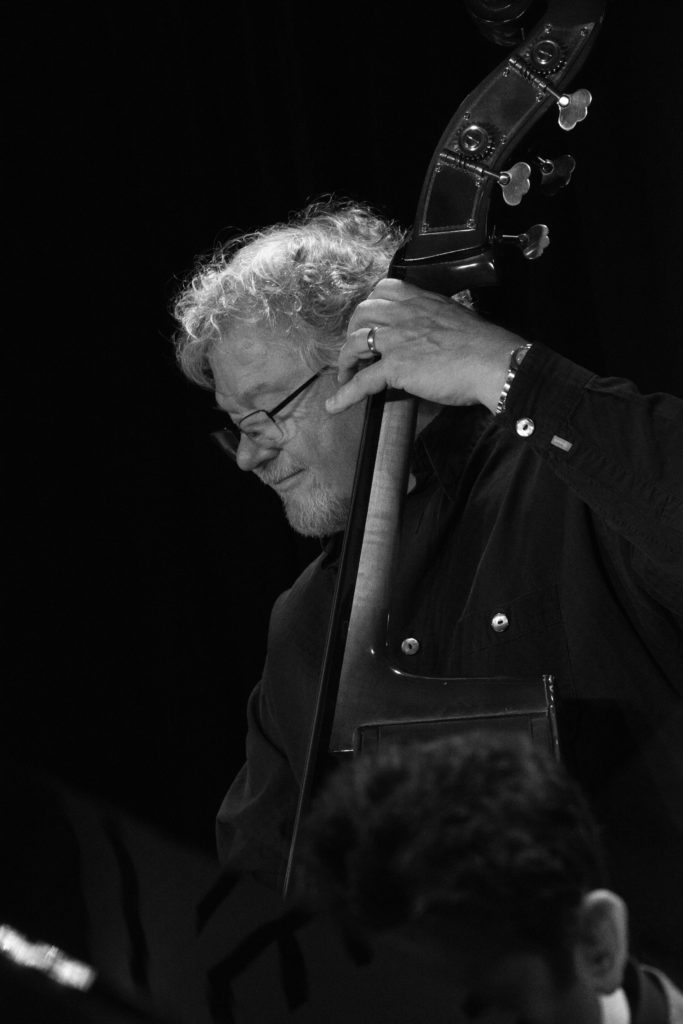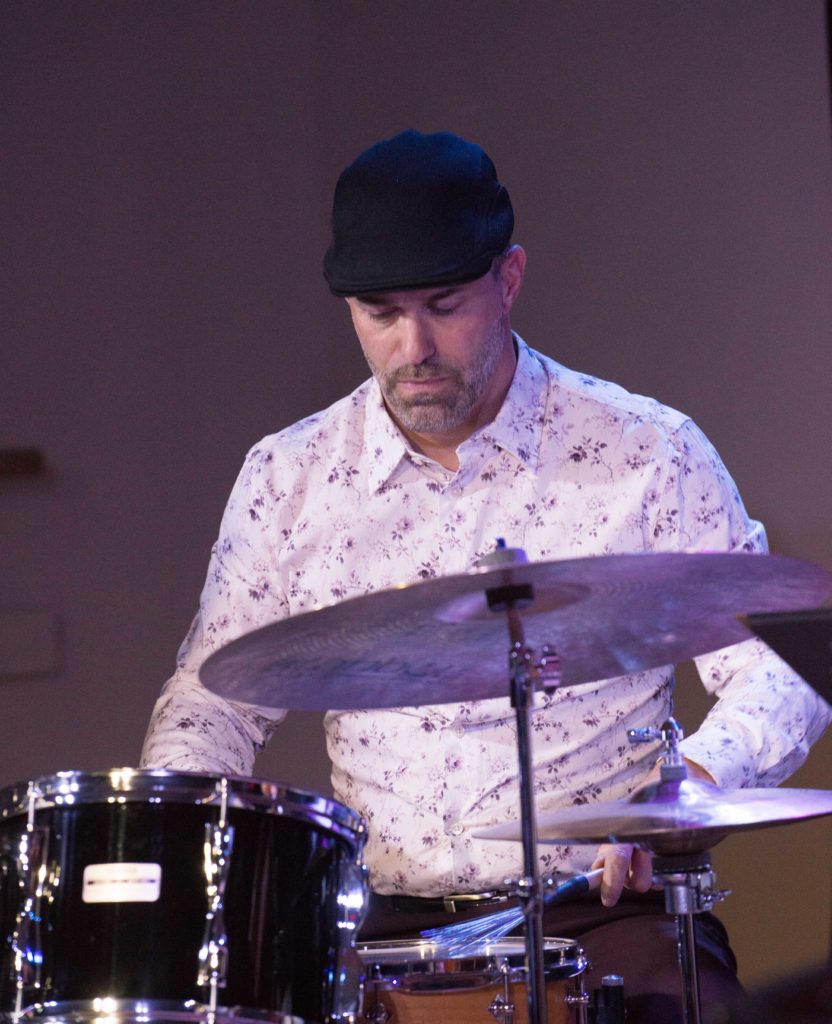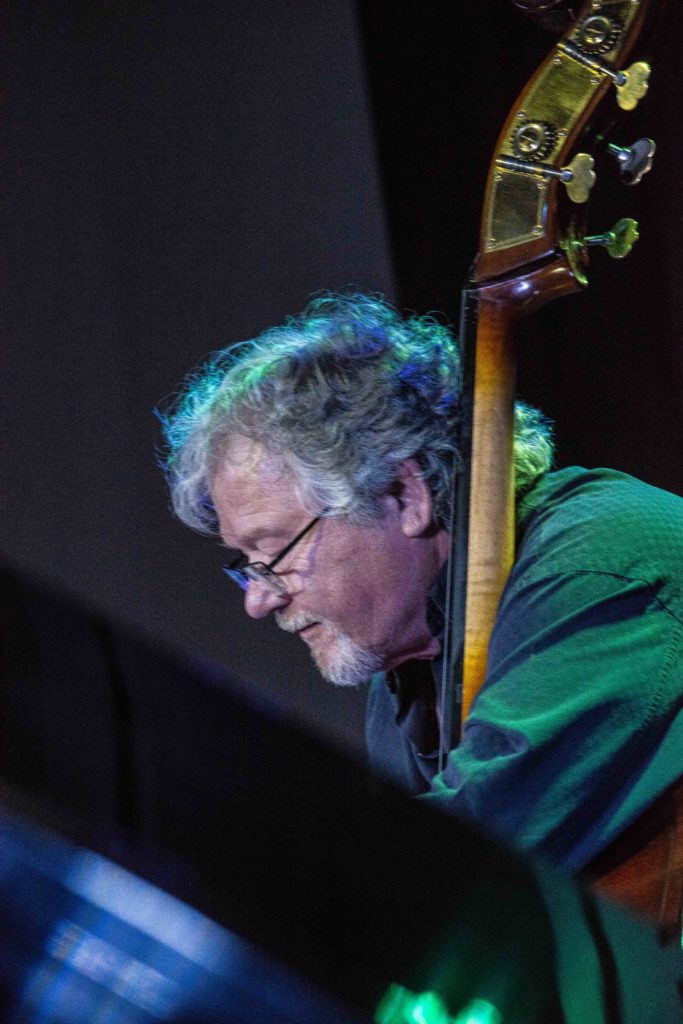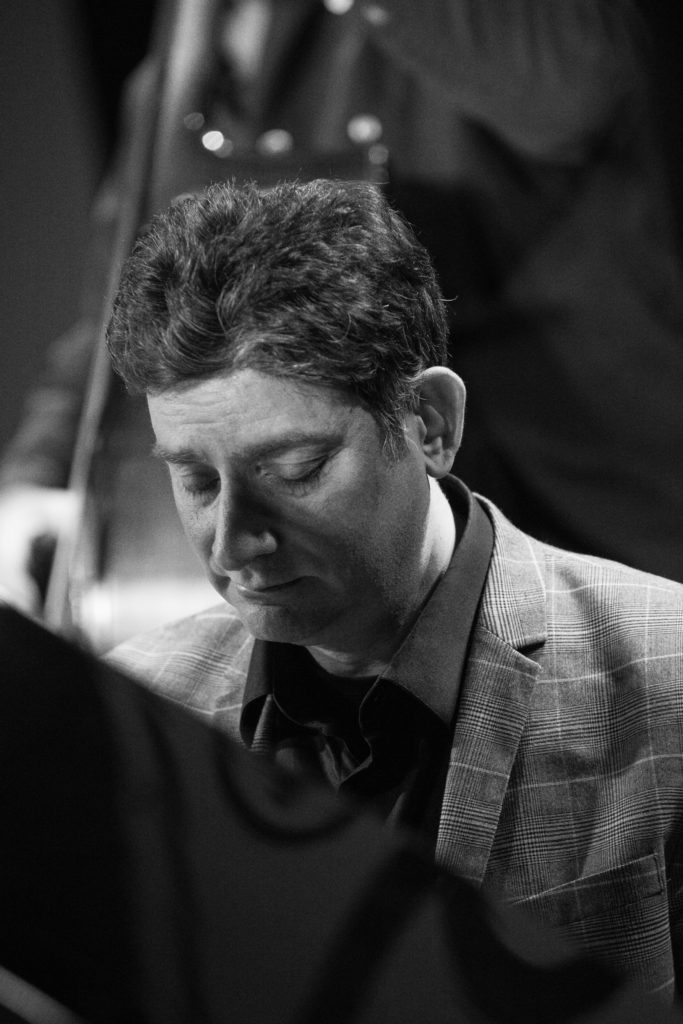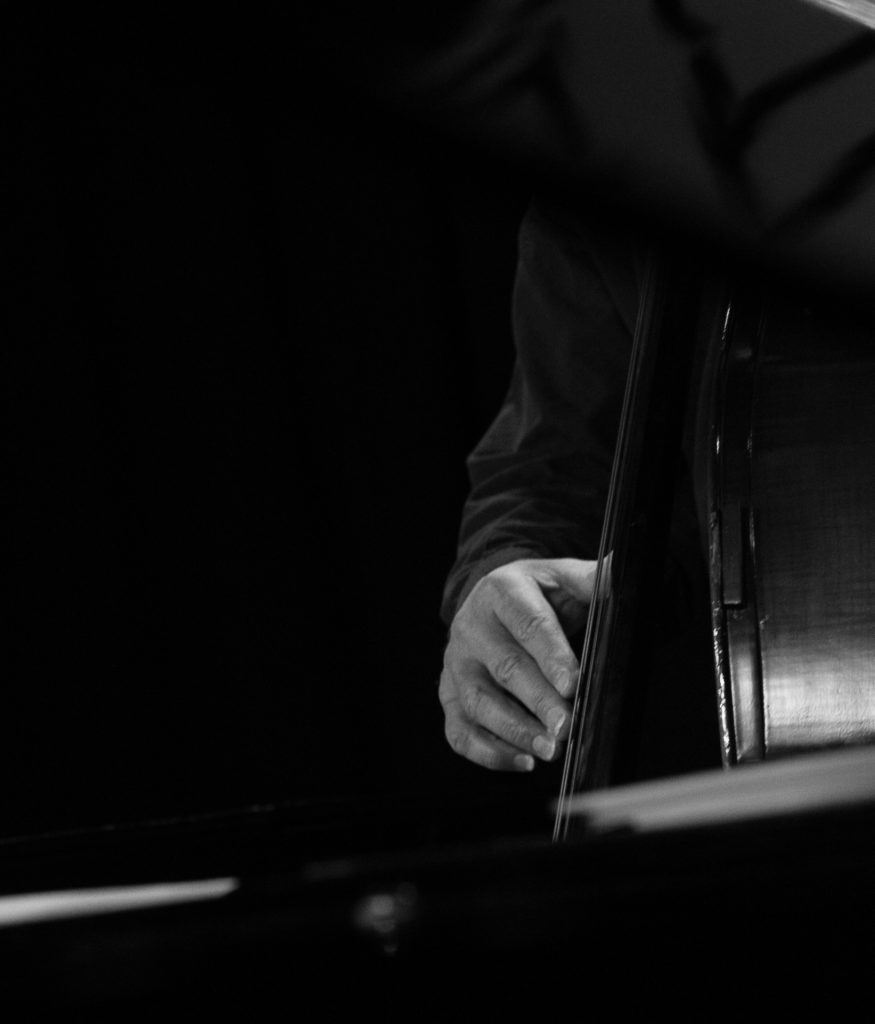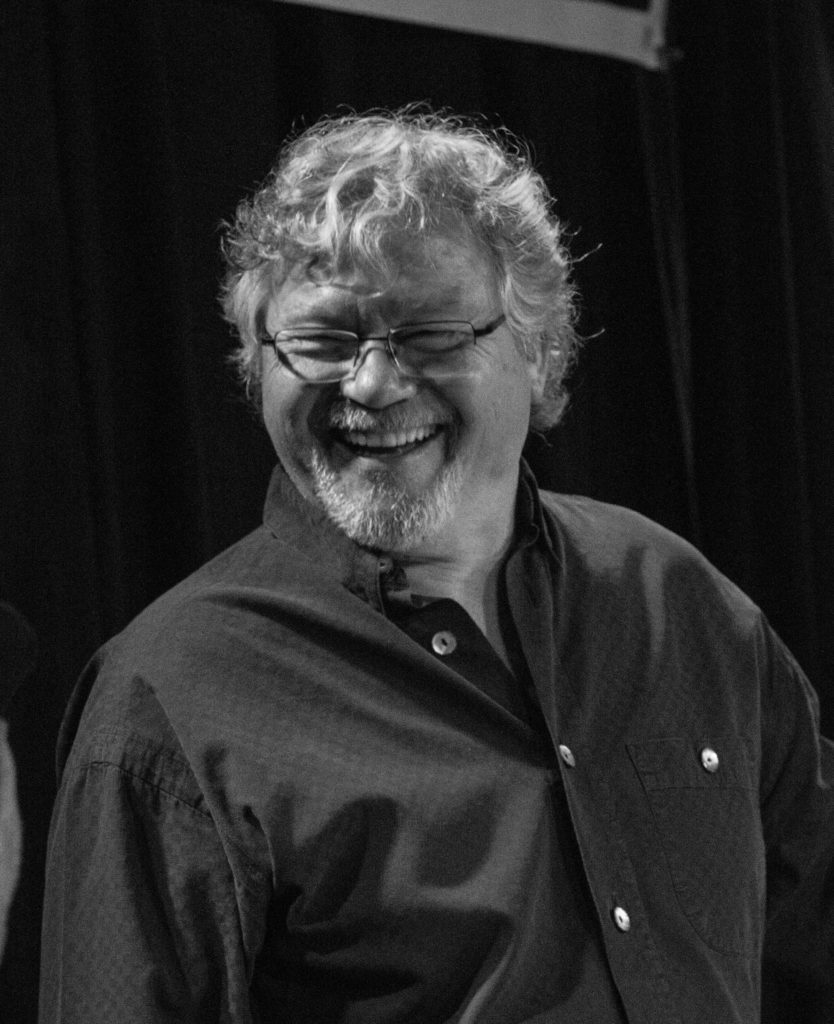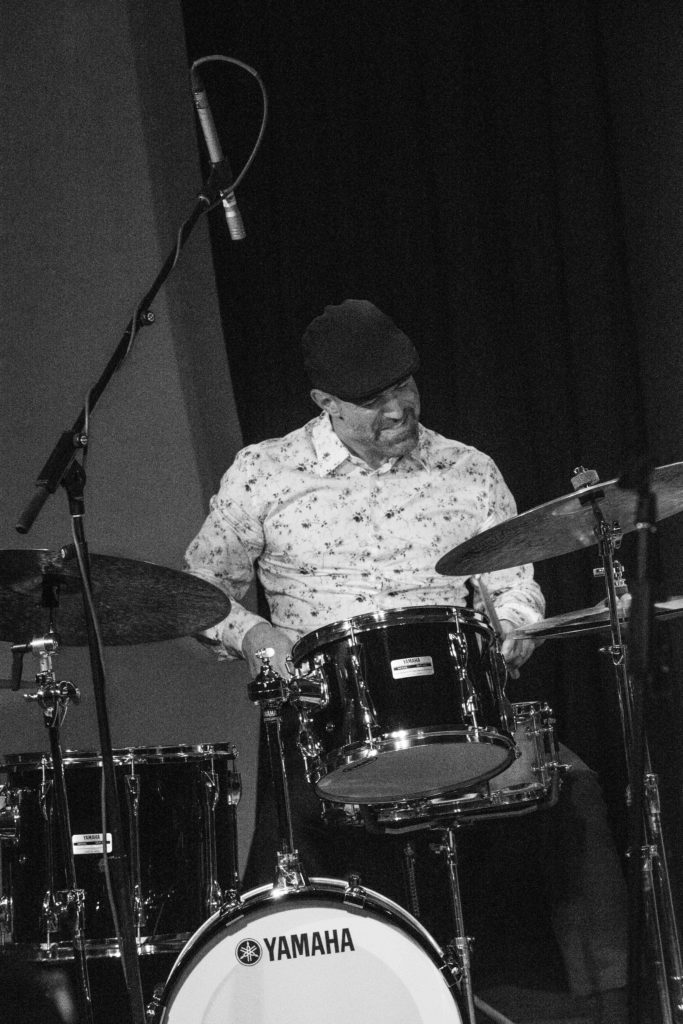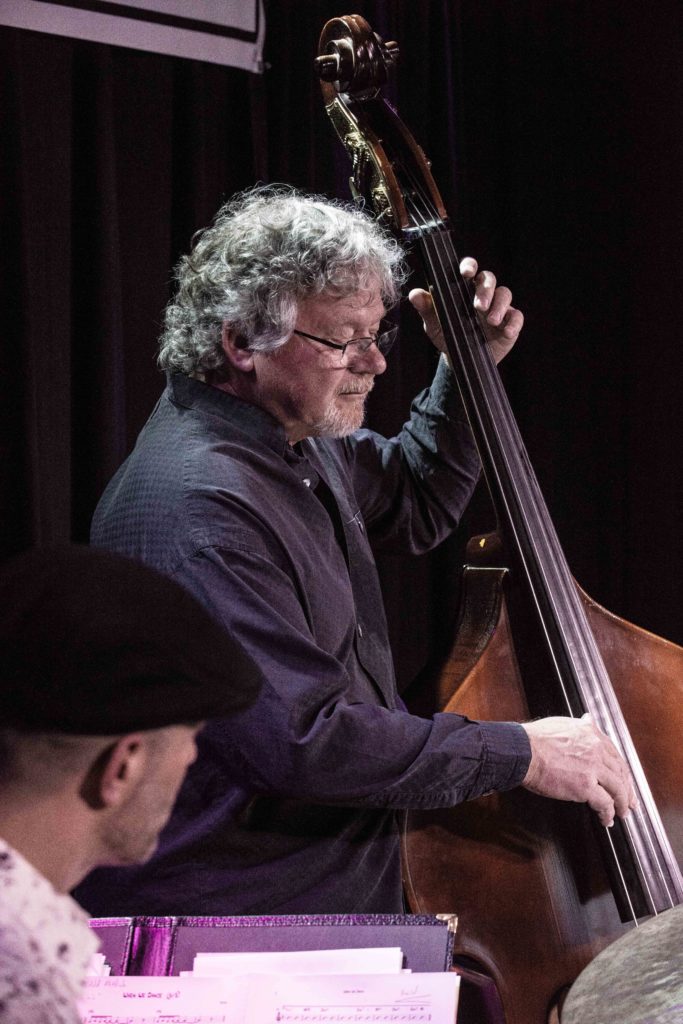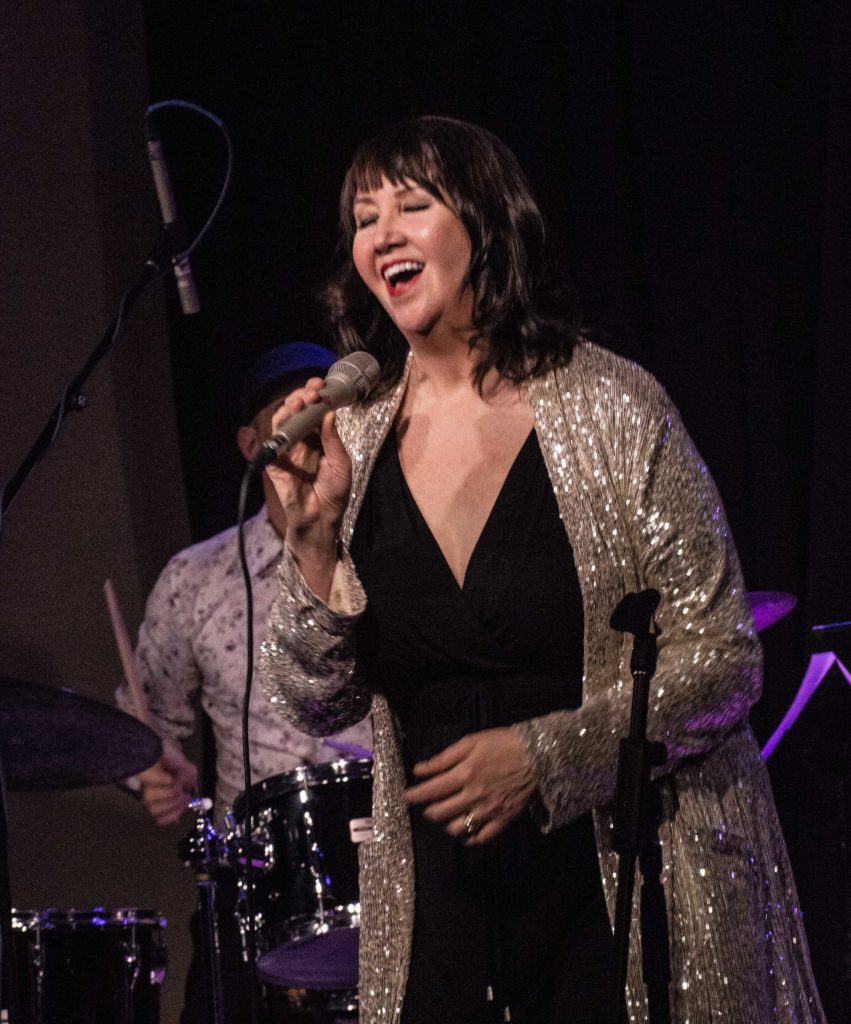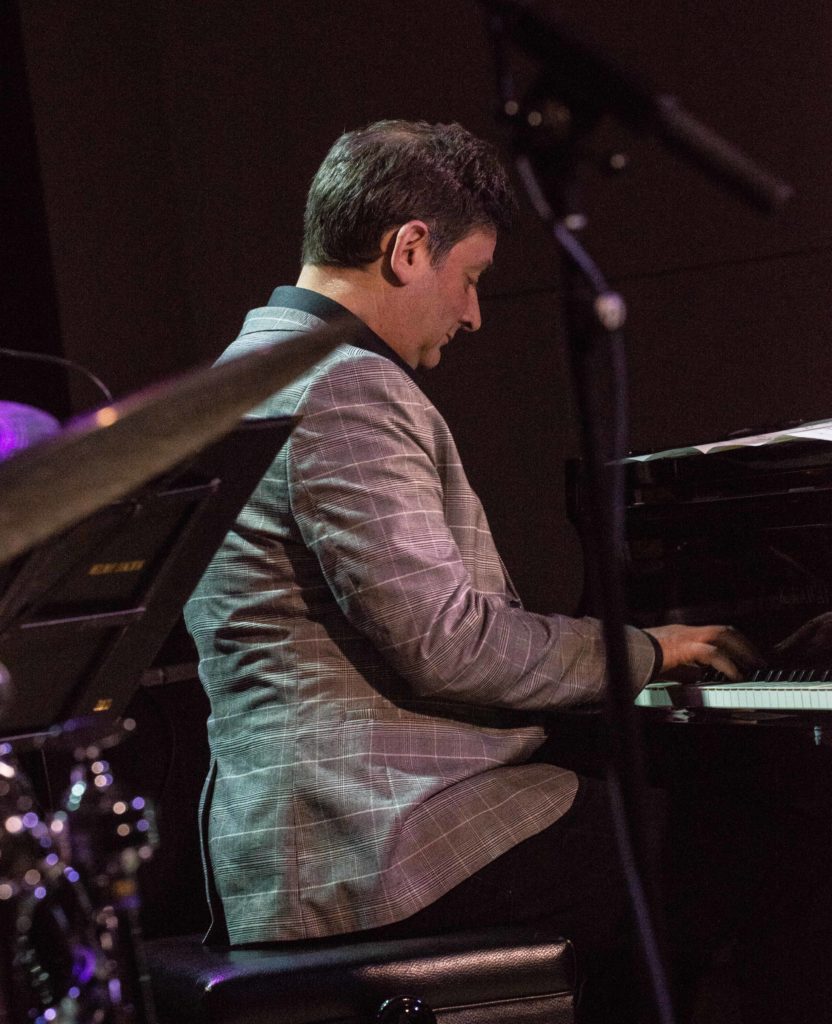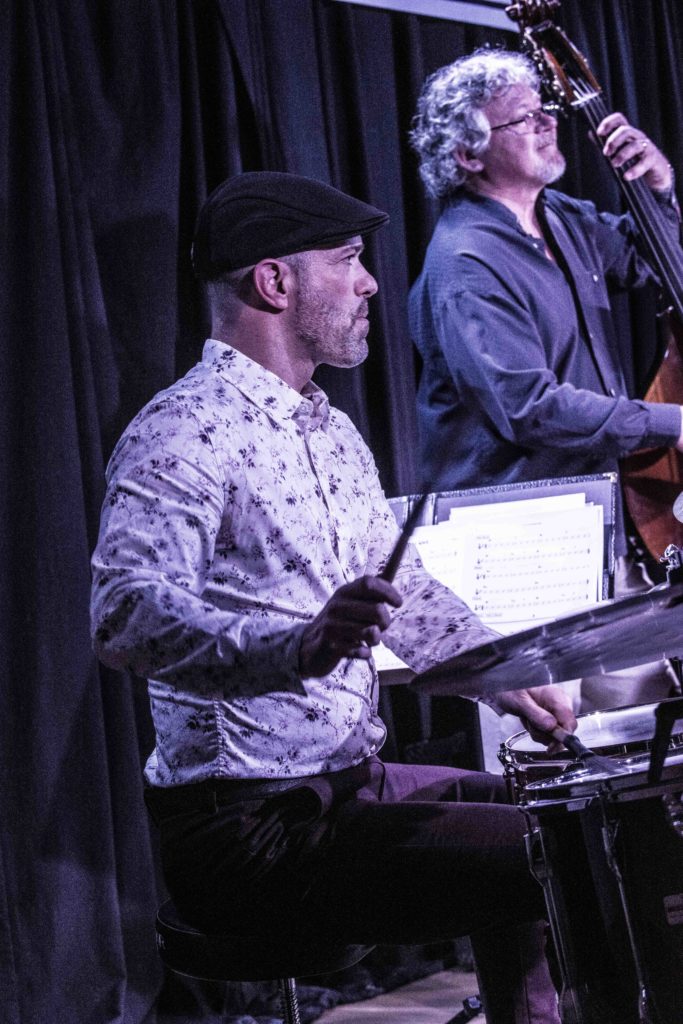Well, the reputation of tuckers has recently taken a pounding so it is good to read some novels that portray these knights of the road in a more pleasing light. Better yet, these are Canadian stories written by the Canadian author R.E.Donald. This series of six stories is called The Hunter Rayne Highway Mystery Books.
” Ruth E. Donald was born in Winnipeg, Manitoba. She worked in the transportation industry in various capacities for 25 years (from 1972 until 2001) and draws on this experience, as well as those of Jim Donald (her late husband), in creating the realistic situations and characters in her novels. She went to the University of British Columbia in Vancouver, B.C., where she studied creative writing and languages (French, Russian, and German) to get a Bachelor of Arts degree. Ruth’s always been an avid reader and has been especially attracted to murder mysteries. She loves the puzzle and loves the satisfaction that comes with solving the crime and seeing justice done. ” The novels in the series include:
- Slow Curve on the Coquihalla (2011)
- Ice on the Grapevine (2011)
- Sea to Sky (2012)
- Sundown on Top of the World ( 2015)
- White Liners (2015
- Yellowhead Blues (2019)
Ruth’s debut novel, called “Slow Curve on the Coquihalla”. In this novel a well respected truck driver and owner of a family trucking business, is discovered dead in his truck down a steep embankment along the Coquihalla highway which winds through the mountains in British Columbia, his distraught daughter wants to know how and why his truck left the highway on an easy uphill curve. This compels Hunter Rayne, a fellow trucker and retired RCMP detective with daughters of his own, to help her find answers. As he uncovers signs of illegal cross border activity originating in a Seattle warehouse, Hunter recruits an old friend, an outlaw biker, to infiltrate what appears to be an international smuggling ring. But while Hunter follows up clues and waits for critical information from his old friend, the wily biker starts to play his own angles. Finally, putting all the pieces together, there in the dark on the same uphill curve on the Coquihalla highway, Hunter risks it all to confront the murderer. Slow Curve on the Coquihalla is the first in a traditional mystery series featuring “semi-” professional sleuth, Hunter Rayne. After serving over 20 years in the Royal Canadian Mounted Police and becoming a skilled detective, Hunter resigned from the force and took to the road as a long haul trucker. His ex-wife is convinced he is running away from the personal tragedy that made him leave a job he loved. Hunter himself doesn’t know why, he only knows he has to keep following the white lines. ……… Amazon Books
Ice on the Grapevine – “On a warm July morning in L.A. County, a frozen corpse turns up at a highway brake check just south of the Grapevine Pass. Ex-homicide detective Hunter Rayne, who now drives an eighteen wheeler, is persuaded by his irascible dispatcher, Elspeth Watson, to help clear two fellow truck drivers who are arrested for the murder. His job is made more difficult by the fact that the suspects, a newlywed couple, won’t speak up in their own defense. The circumstantial evidence is strong, and a rookie detective from the L.A. County Sheriff’s Department is eager to score a win. The investigation crosses the Canada-U.S. border when the victim is identified as a second rate musician from Vancouver, and it turns out there were more than a few desperate people happy to see him dead, including the accused couple. Hunter has to use all his investigative skills to uncover the truth.Hunter’s ex-wife maintains that by taking to the highway Hunter is running away from his past, but he believes that the solitude of days on the road is helping him to heal from guilt over the failure of his marriage and the suicide of his best friend. Tangled relationships and multiple suspects emerge throughout the novel, as Hunter butts heads with more than one officer of the law to solve the crime”………… Amazon Books
Sea to Sky – “ During what was supposed to be a few days of skiing at the Whistler Mountain resort with an attractive female acquaintance, former homicide detective Hunter Rayne finds himself the prime suspect in the RCMP’s hunt for “The Chairlift Killer”. Hunter has no choice but to get involved in the investigation in order to clear his name.Scheduled to haul a load of freight to Northern California, trucker Hunter calls up his old friend, biker Dan Sorenson, to take his place behind the wheel. What connects the badass biker from Yreka, California to the most prolific female serial killer in US history? And what happens when dispatcher El Watson ignores Hunter’s warning and sends the biker on a search for clues to the motive behind the murder? In the midst of the investigation, Hunter’s life gets complicated when the progress of his new relationship is hampered by the appearance of a woman from his troubled past. ………. Amazon Books
Sundown on Top of World – ” Former homicide investigator Hunter Rayne follows the white lines north on the Alaska Highway, but a truck breakdown forces him to take an unscheduled stop in Whitehorse, Yukon, where he started his career as a rookie cop. While his Freightliner is awaiting repairs, Hunter takes a side trip to bush Alaska where a chance meeting with a young Alaskan woman reawakens his interest in a baffling cold case. A reclusive trapper and his young girlfriend disappeared from a bloody cabin in 1972, leaving their sled dogs chained outside. Riddles from the past coupled with a recent murder find Hunter back in investigative mode with the blessings of Whitehorse RCMP boss Bartholomew Sam, son of a shaman and Hunter’s old friend. He finds himself searching the banks of the mighty Yukon River for a tough old bush woman who may hold the key to more than one bloody death. It’s a vivid reminder that the breathtaking beauty of the northern wilderness camouflages its brutal indifference to human life. What readers are saying about ‘Sundown on Top of the World’ and the Hunter Rayne Highway Mysteries: “Very good continuation of a strong series, and the best so far.” “I have read and enjoyed all of the Hunter Rayne series. This is the best one to date with more intriguing characters and lots of action” ………. Amazon Books
White Liners – “Love a good mystery? Three short stories introduce the three main characters from R.E. Donald’s Highway Mysteries series, traditional mysteries featuring Hunter Rayne, a former homicide detective turned long haul truck driver. His boss is Elspeth Watson, also known to her drivers as Big Mother Trucker. In spite of being a woman in a man’s world, she has no trouble keeping her drivers in line. Hunter also has a friend and sometime co-driver named Dan Sorenson. He’s a garrulous biker who sometimes has difficulty with impulse control. Meet these three characters for free (in Kindle eBooks) and if you like spending time with them, you might just have found yourself a favorite new mystery series.” ………. Amazon Books
Yellowhead Blues – “Just west of the Rocky Mountains, a frightened horse with a bloody saddle is found running loose on the Yellowhead highway. Former RCMP investigator Hunter Rayne is on the road in his eighteen-wheeler when he’s flagged down to help calm the horse and find its missing rider. The horse with the bloody saddle leads Hunter and a good-natured French Canadian cowboy into a complicated murder mystery. The police are none too happy with his interference, but Hunter strongly believes the RCMP has arrested the wrong man and sets out to uncover who stood to gain from the death of a wealthy ranch owner. His belief in the suspect’s innocence is shared by a rookie female RCMP constable who joins him in the search for the truth. She befriends the dead man’s young fiancé in an effort to get answers, and discovers that the vulnerable Texas beauty is not who the victim’s family believes her to be. This is the fifth novel in a unique mystery series set on the highways of North America.What readers are saying about the Highway Mysteries:“Love the author’s books. Excellent characters and settings. She is now on my short list of current favorite authors.” “This series is beautifully researched, vividly written, and always captivating. It respects the nobility which resides in everyone while portraying some unforgettable characters.”“… great writing, excellent pacing that sucks you in right away and makes you forget about the world around you, characters you like and who talk and act the way real people do, set in a place that makes it feel like an adventure, and best of all– a wicked smart plot.“I love the way the main character, Hunter Rayne, thinks, interacts with people, and in general would put him into the lofty echelons with Adam Dalgliesh, Morse and the Hon. Det Lynley. Great and satisfying series.“ Hunter is the man. Donald has written a super story that would make a good movie. I think we have another Harry Bosch character.” …….. Amazon Books
Ruth lives on a ranch in Lone Butte, BC, where she and Gilbert Roy (her partner) enjoy their Canadian Horses and other assorted animals.
@@@@@@@@@@@@
We, British Columbians that is, have a knee jerk mental response to think of other places and situations in the wider world as “Exotic”. Yet when we realistically look around at our immediate environment we are actually the “Exotic”. It is not some far off land. It’s right here. Just take a look at the scenery outside our window. Snow capped mountains and glaciers; forests as far as the eye can see; deer and elk in the front yard; cougars, black bear, mountain goats etc just down the road. All of this populated by citizens as varied and exotic as anywhere else in the world. Each morning I look out the window and I say to myself “another rotten day in paradise”. So when I pick up a novel, or in this case a series of novels that celebrates the “exotic” of my day to day world I am entranced. And when they are just good reads to boot then I only think it is fair to spread the news far and wide. This series of novels may not be monumental literature but they are good reads so go ahead and visit our “Exotic” world. So treat yourself, pick up one up today.
Also, do not let your opinion of truckers be colored by the political nonsense of recent days in Ottawa. That was an aberration and has little to do with the day to day life of your average trucker.
@@@@@@@@@@@@

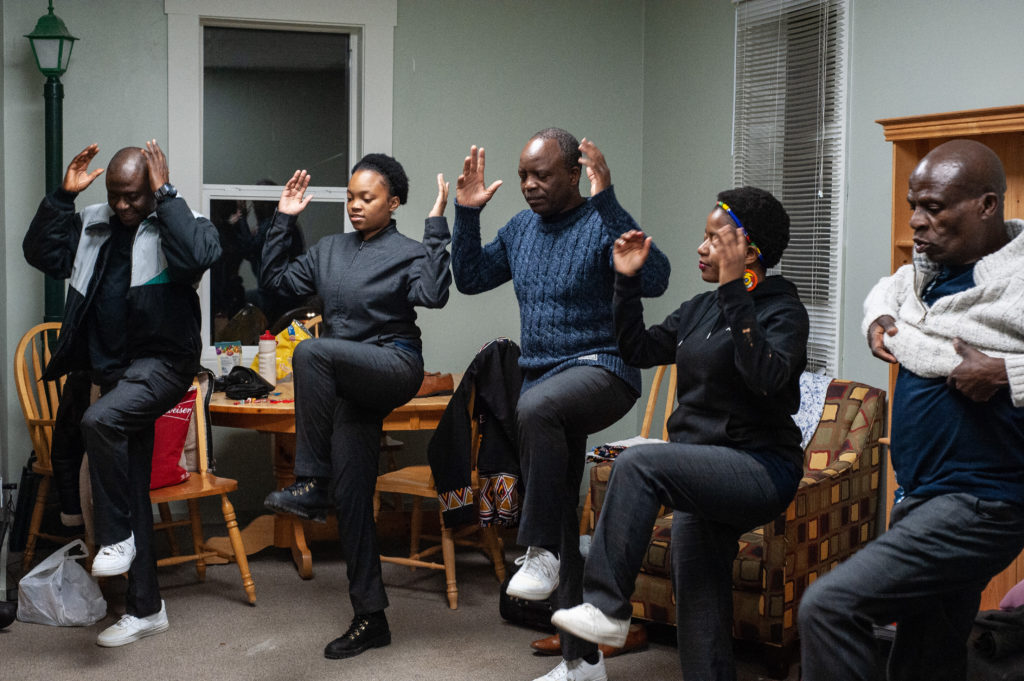
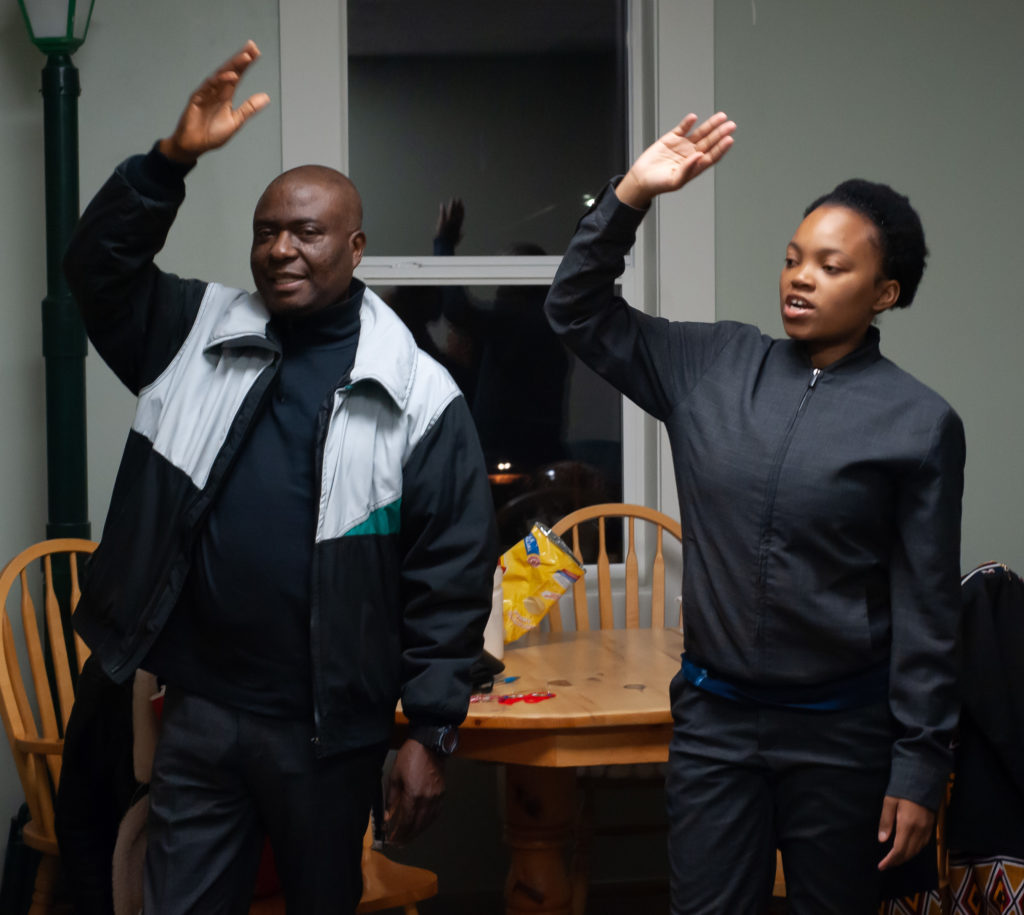
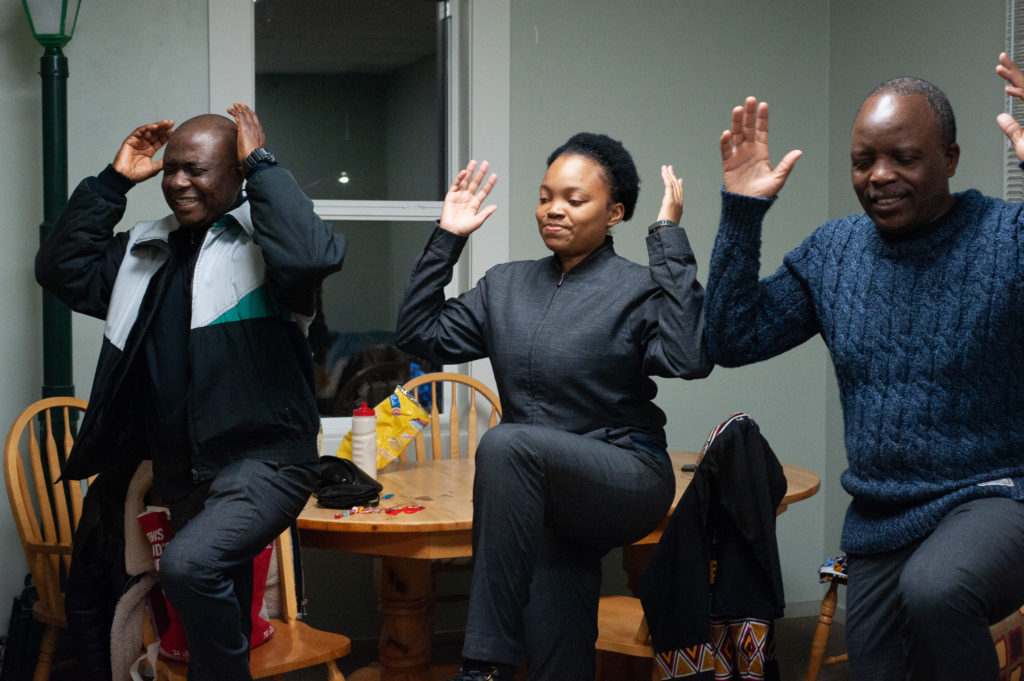
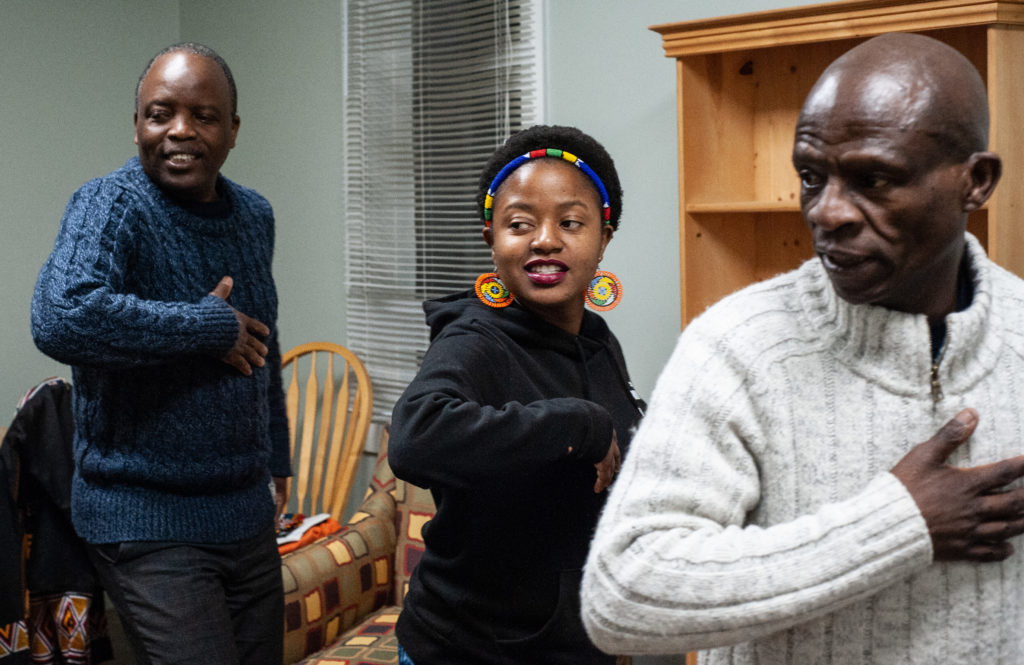
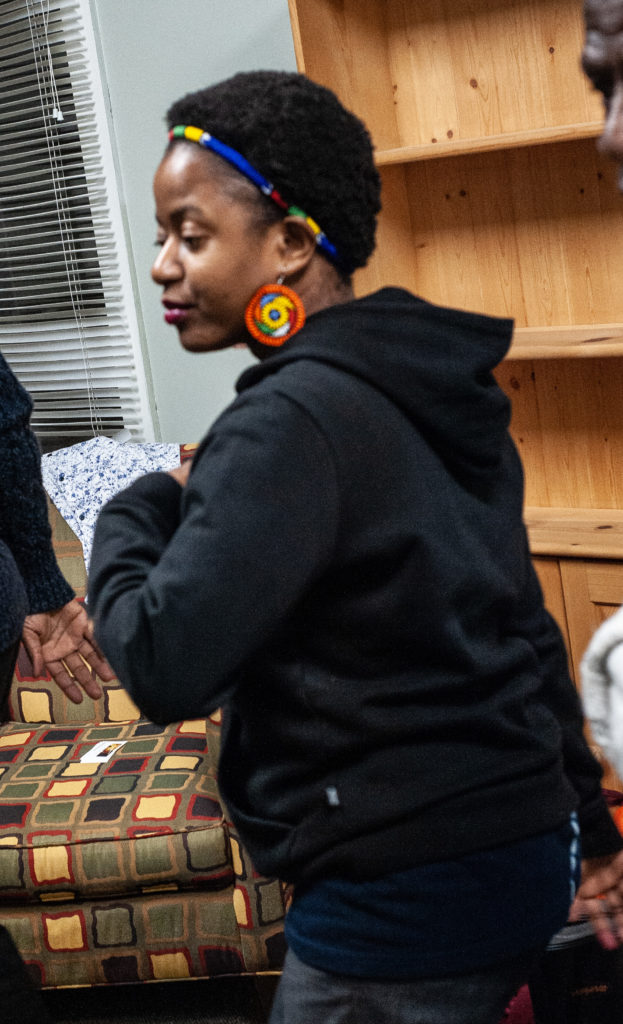
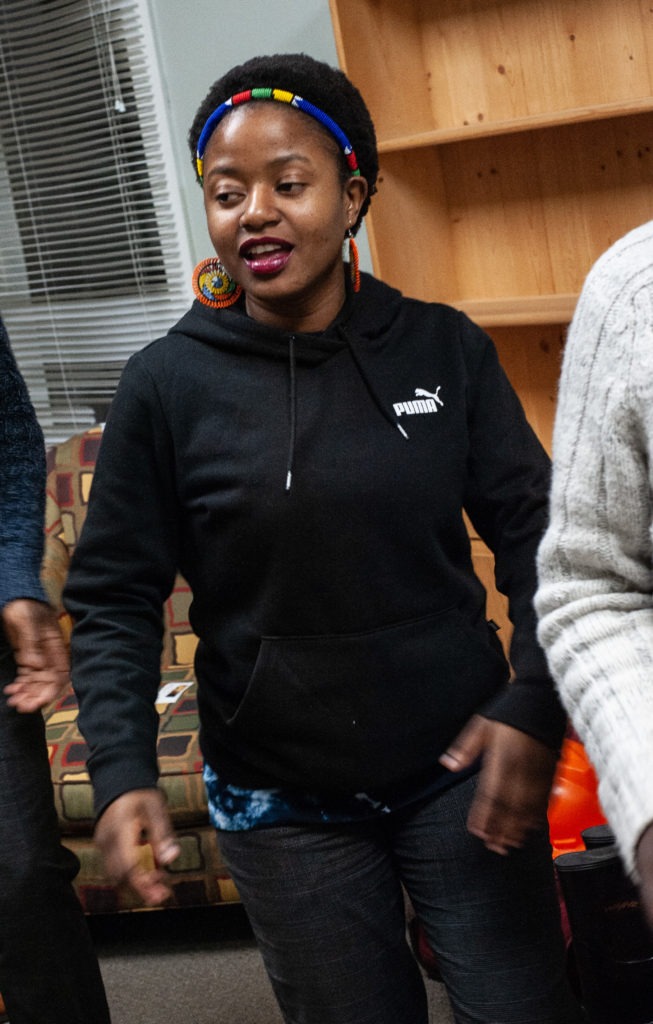
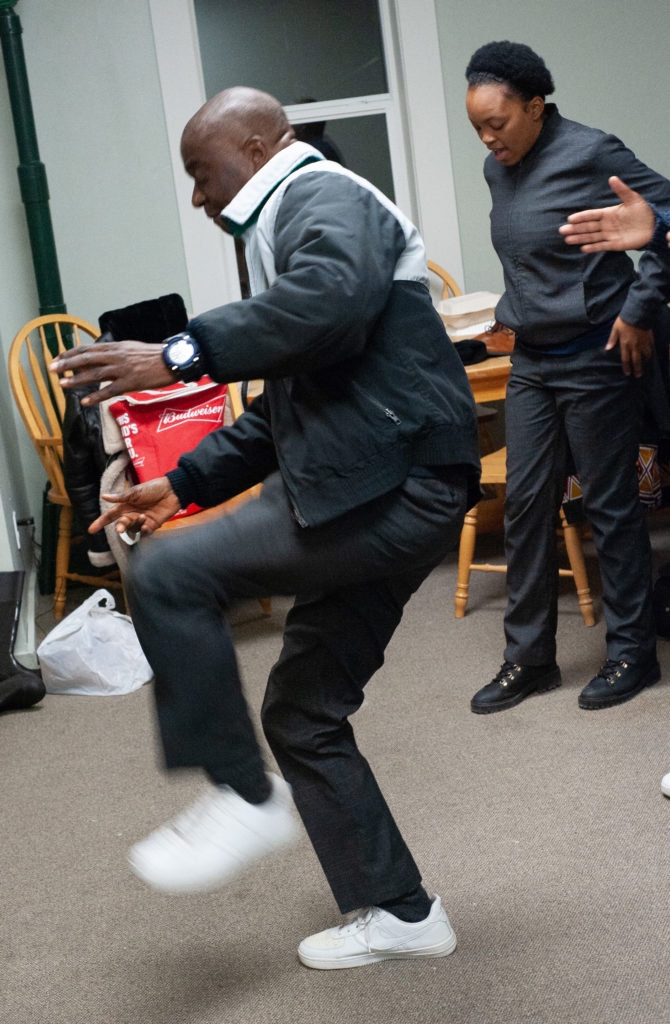
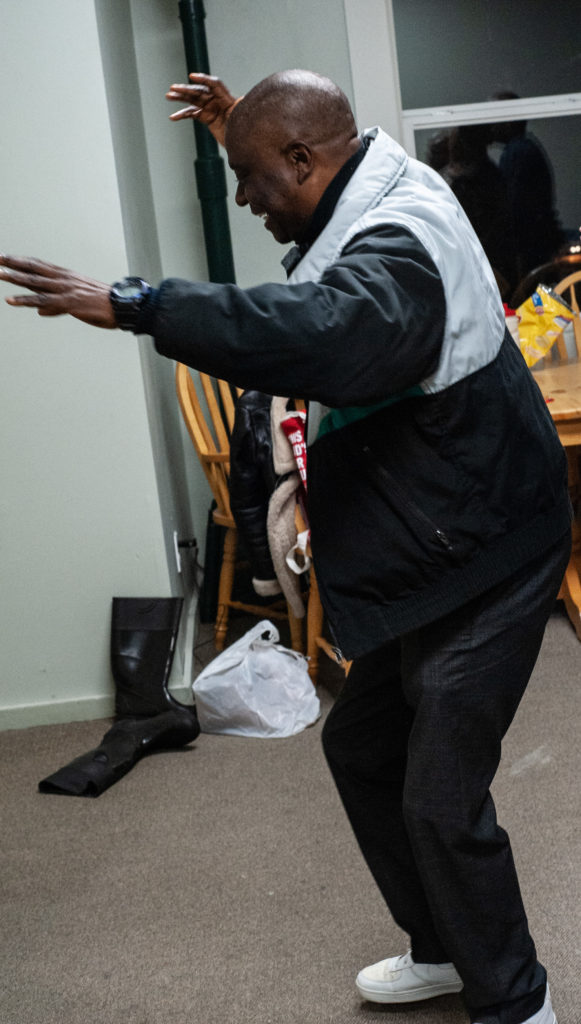
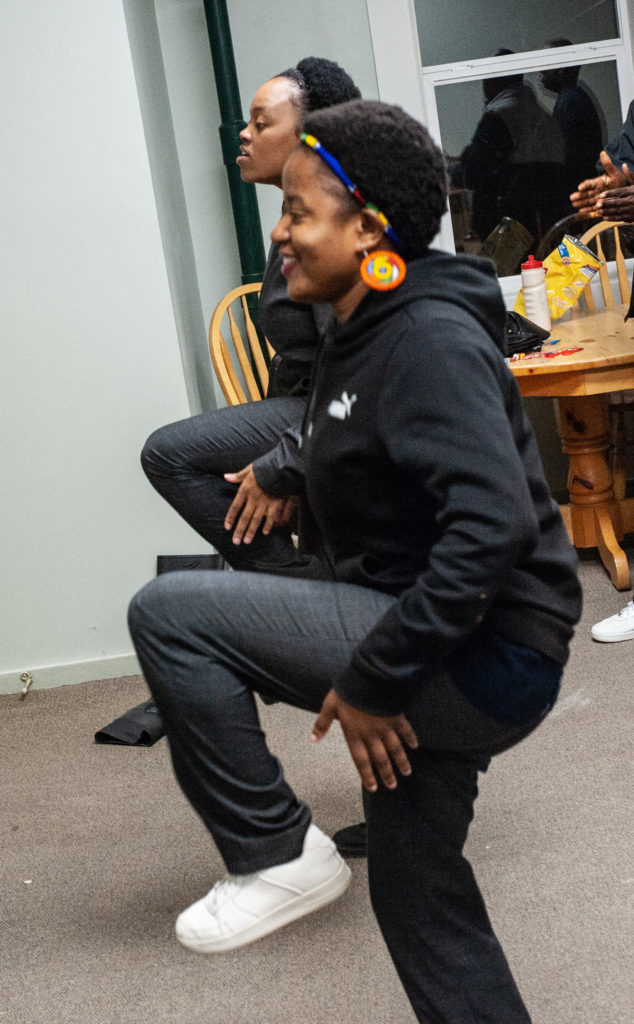
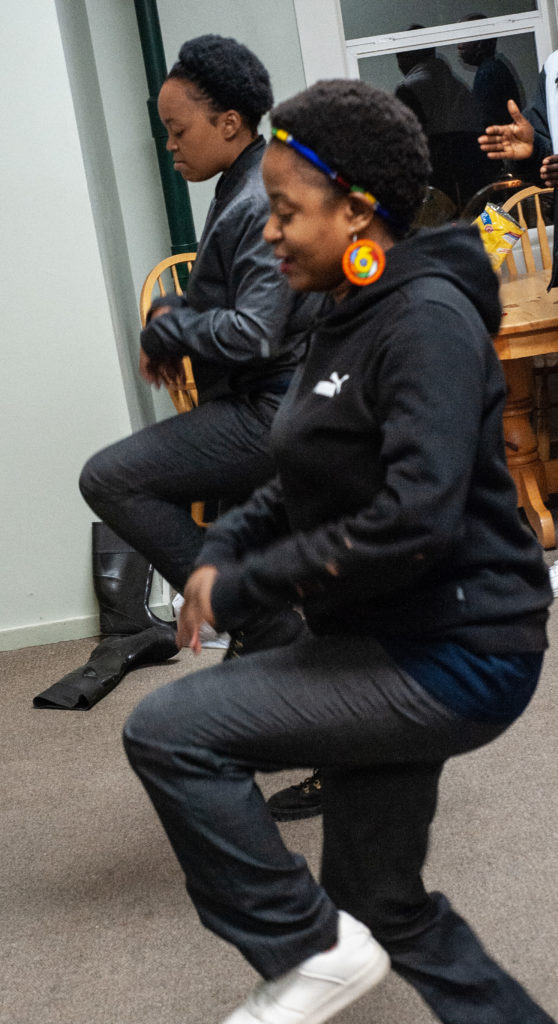
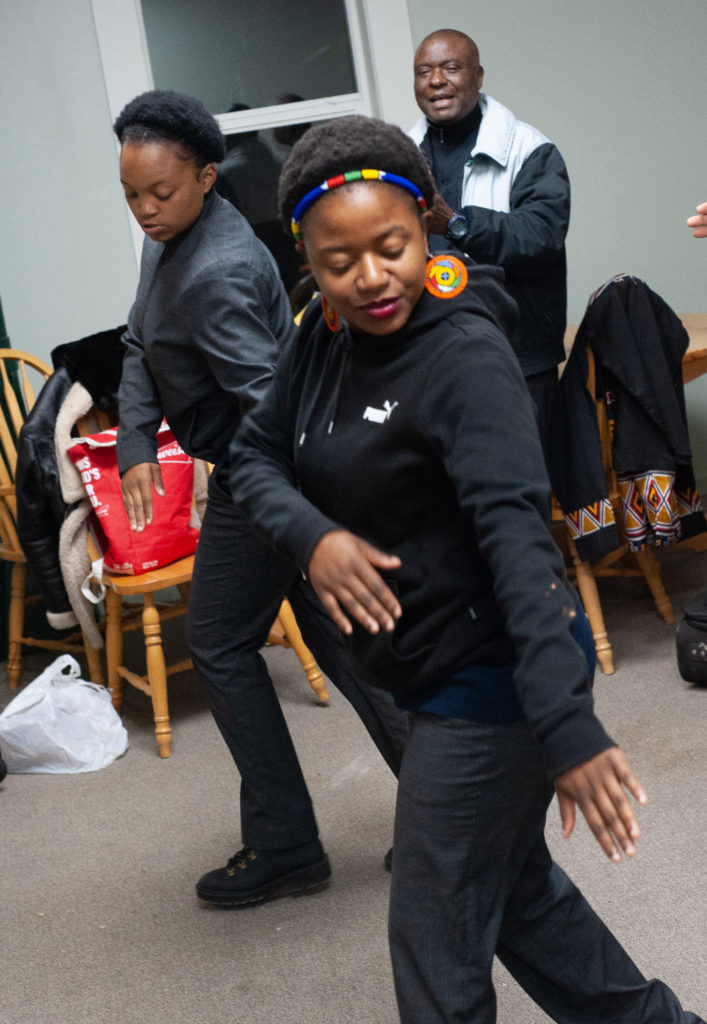
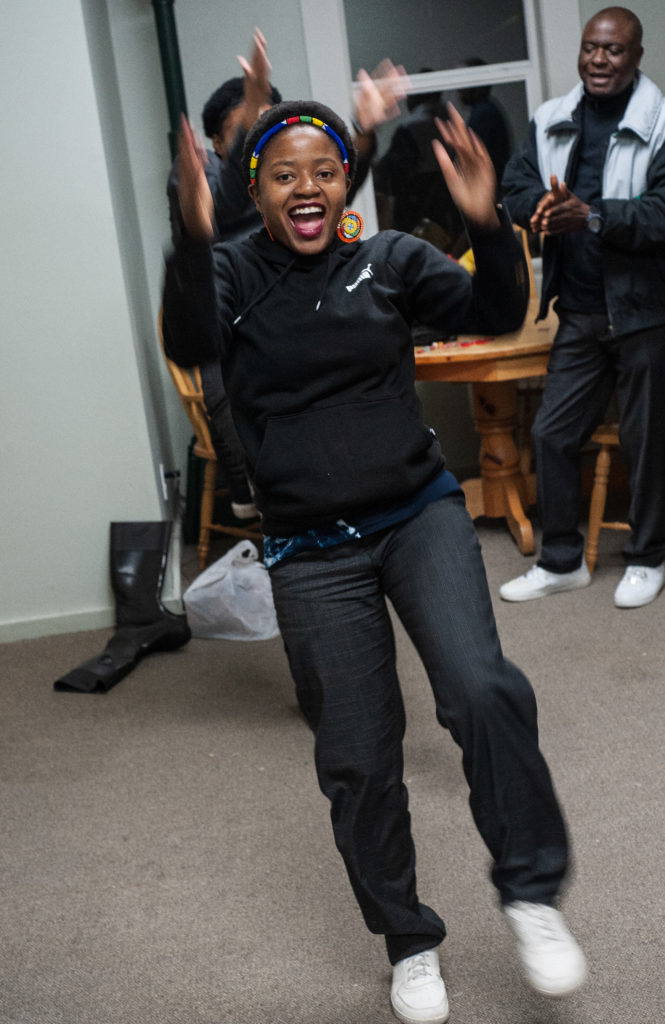
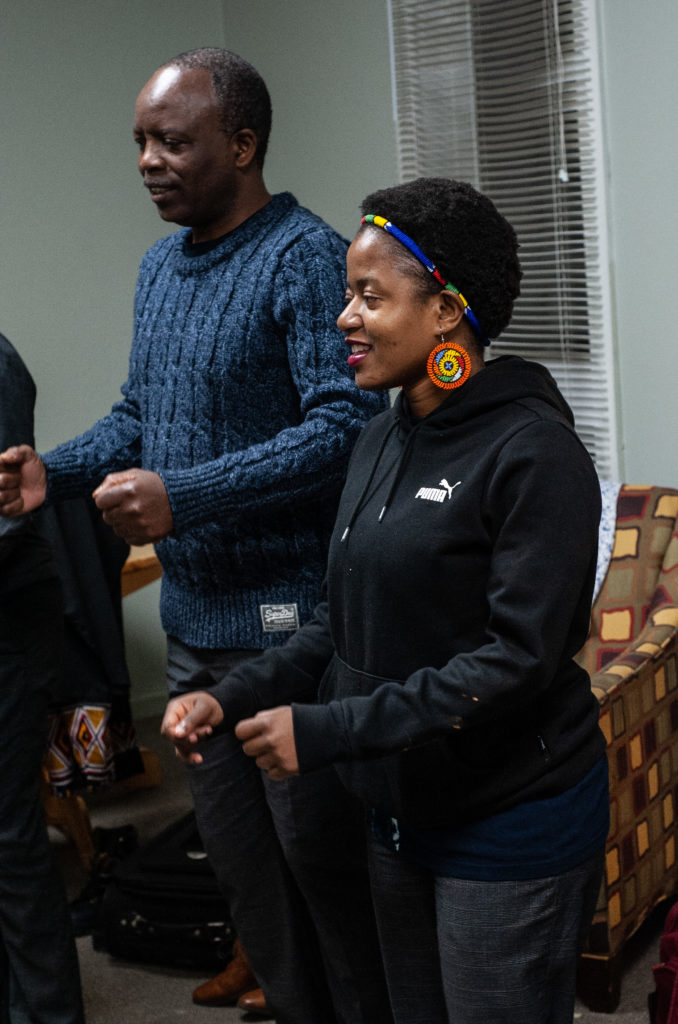
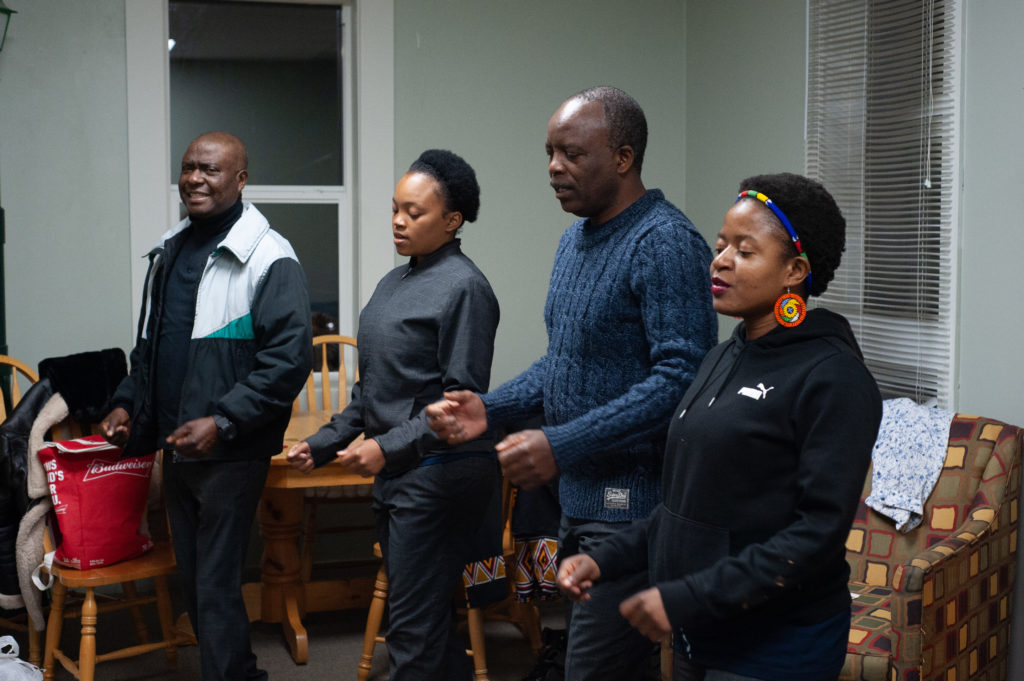
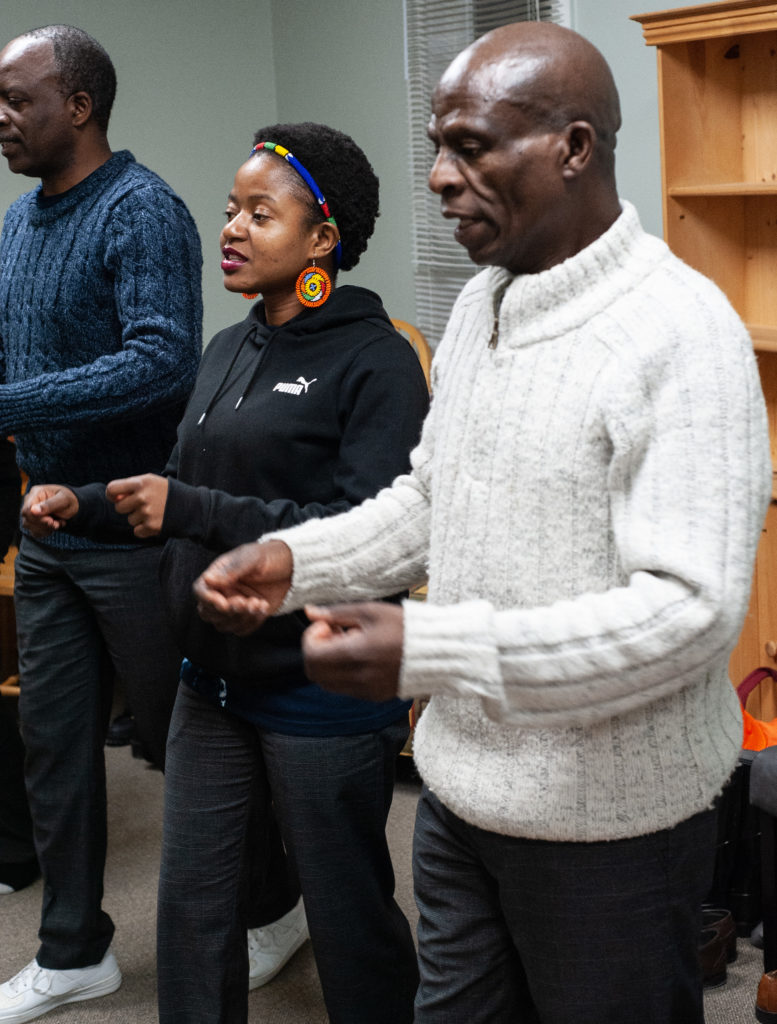
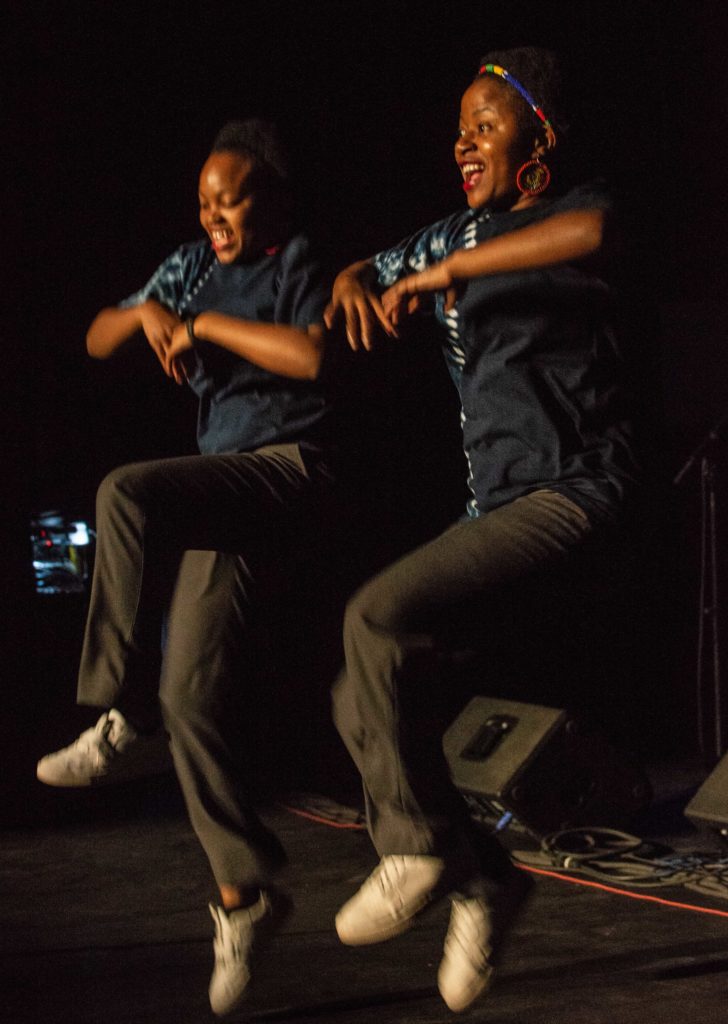
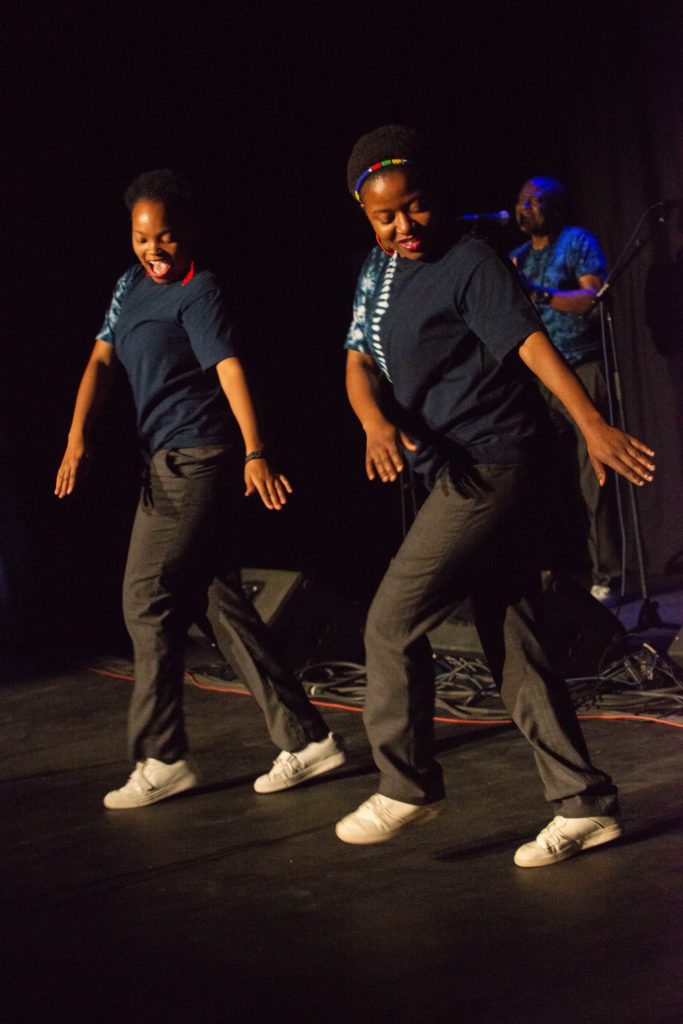
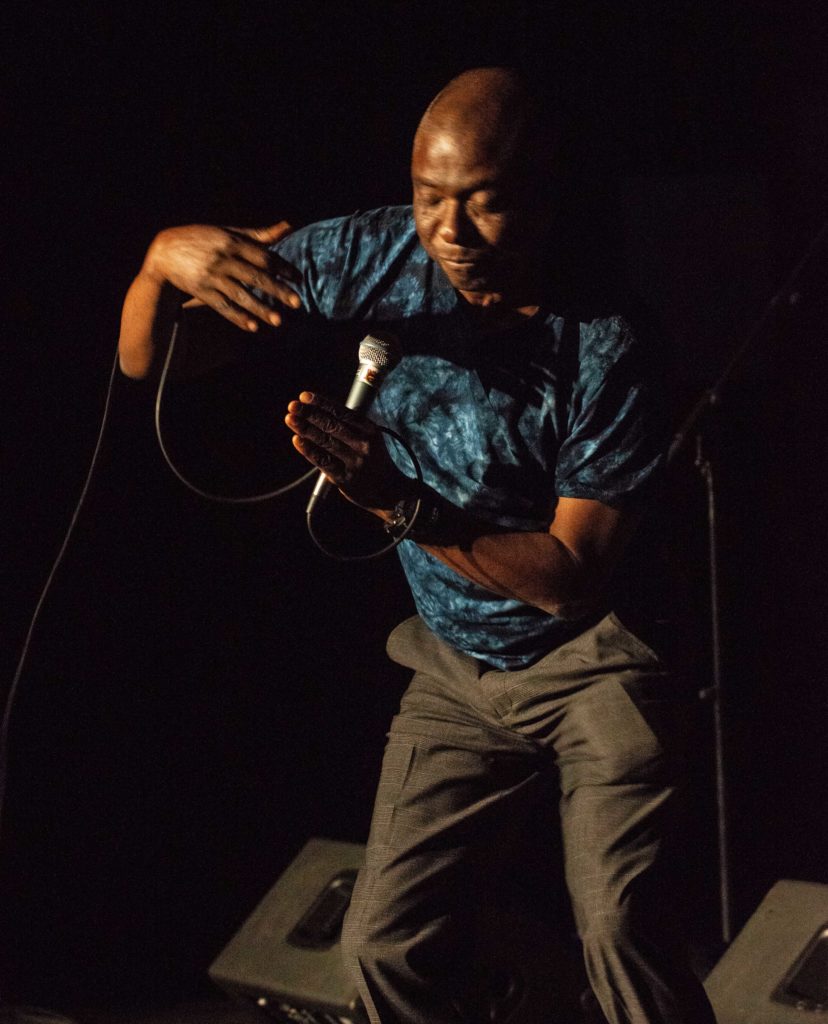



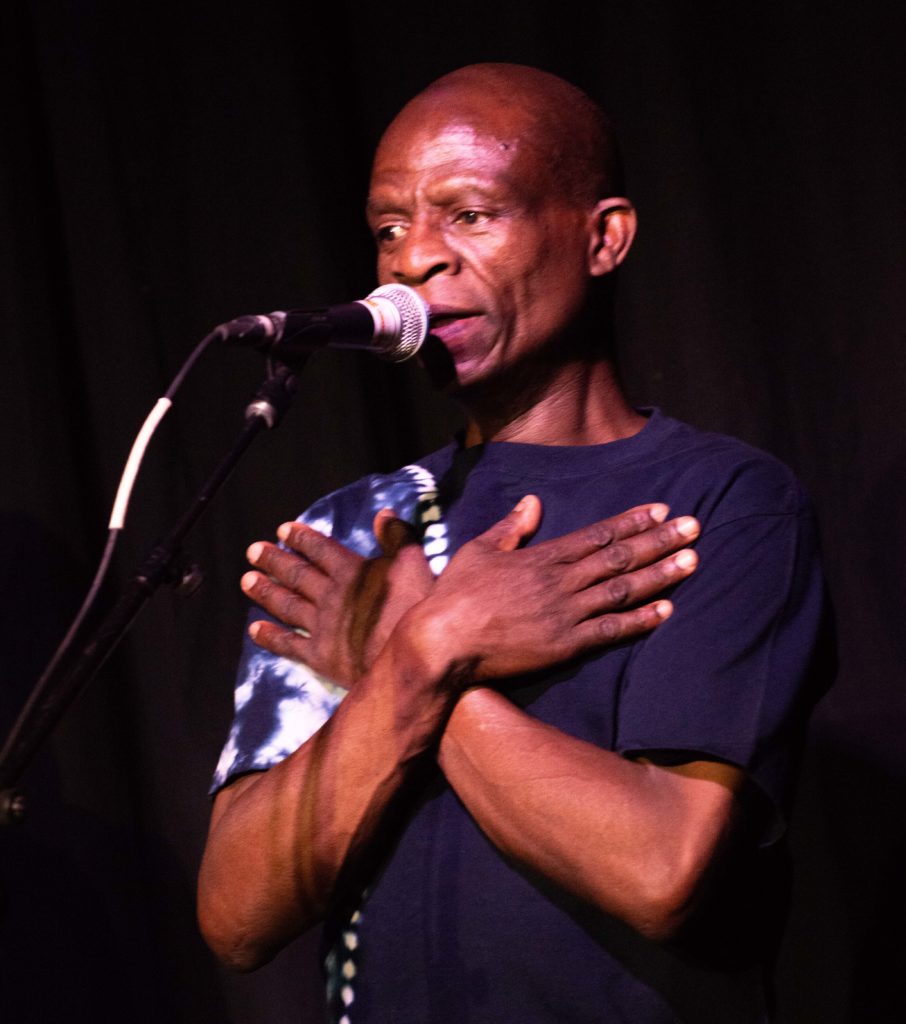
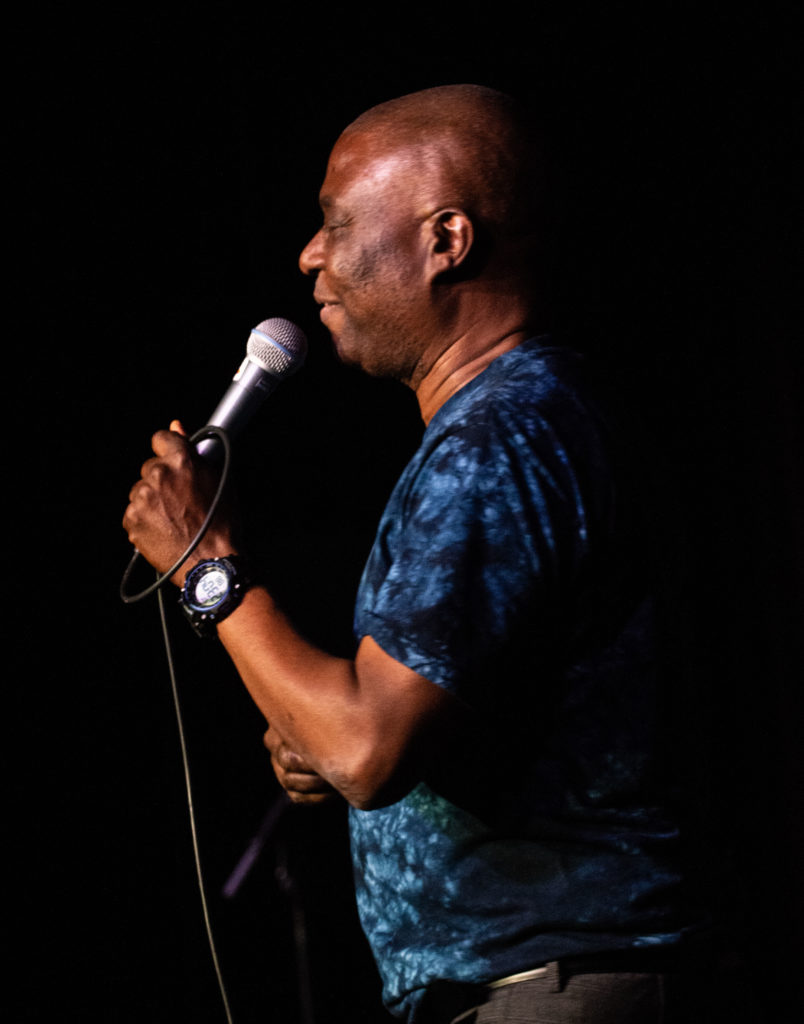


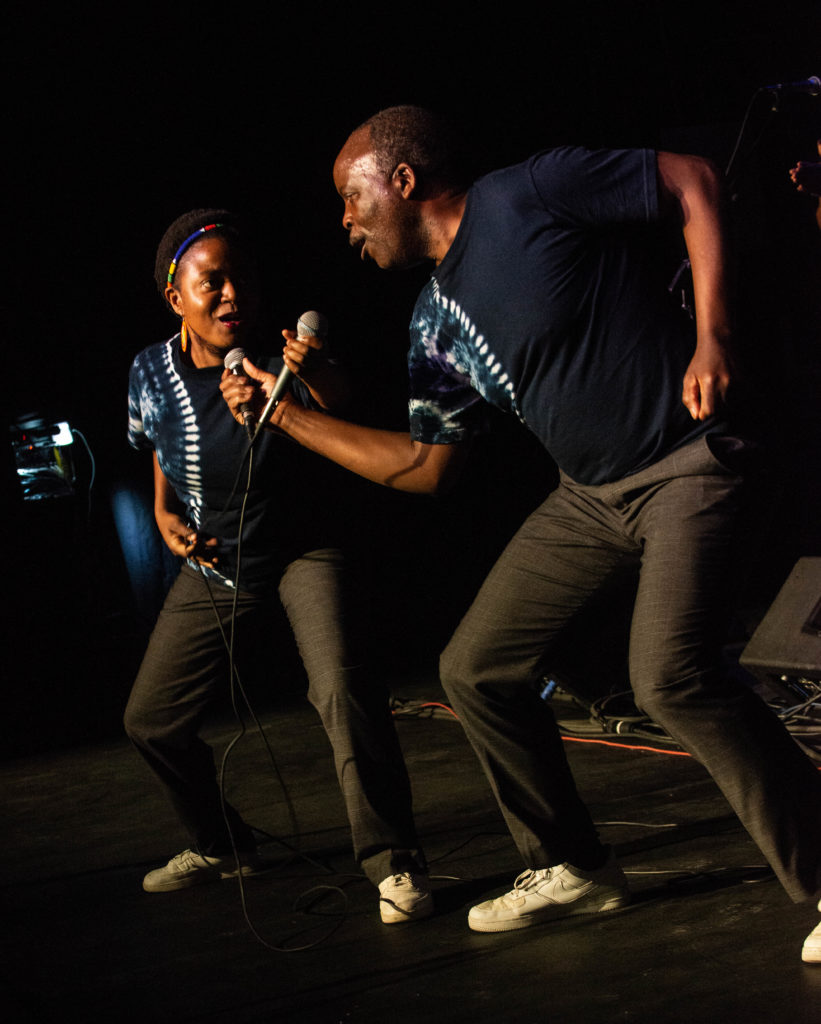
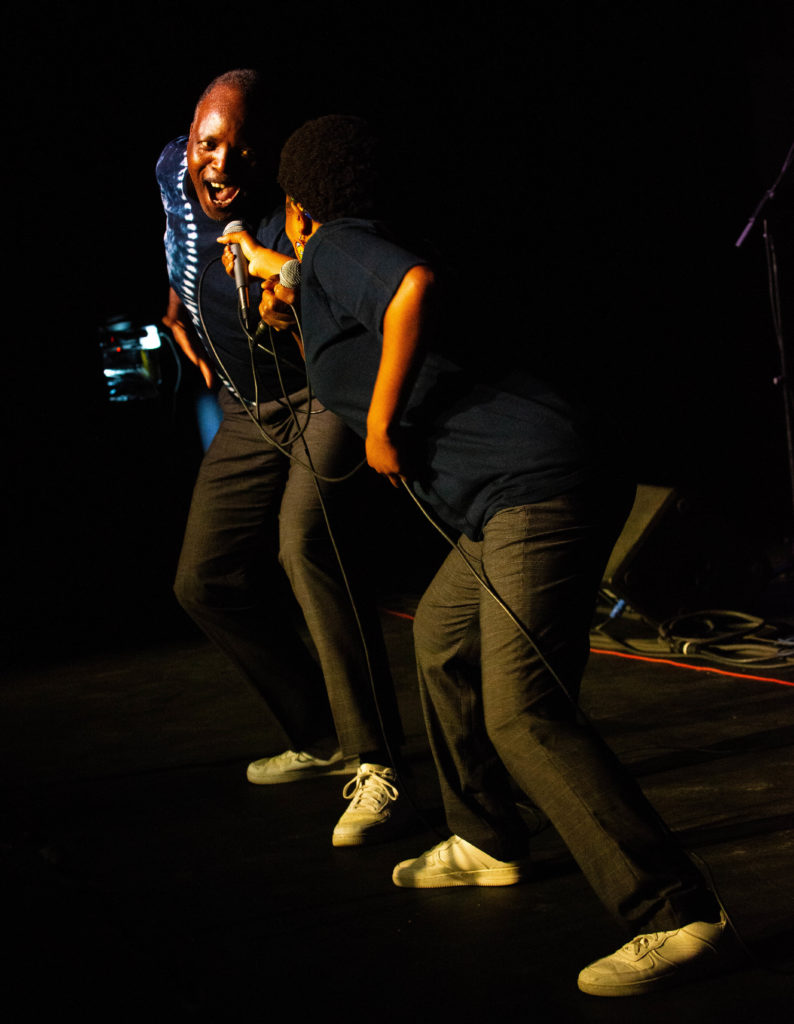
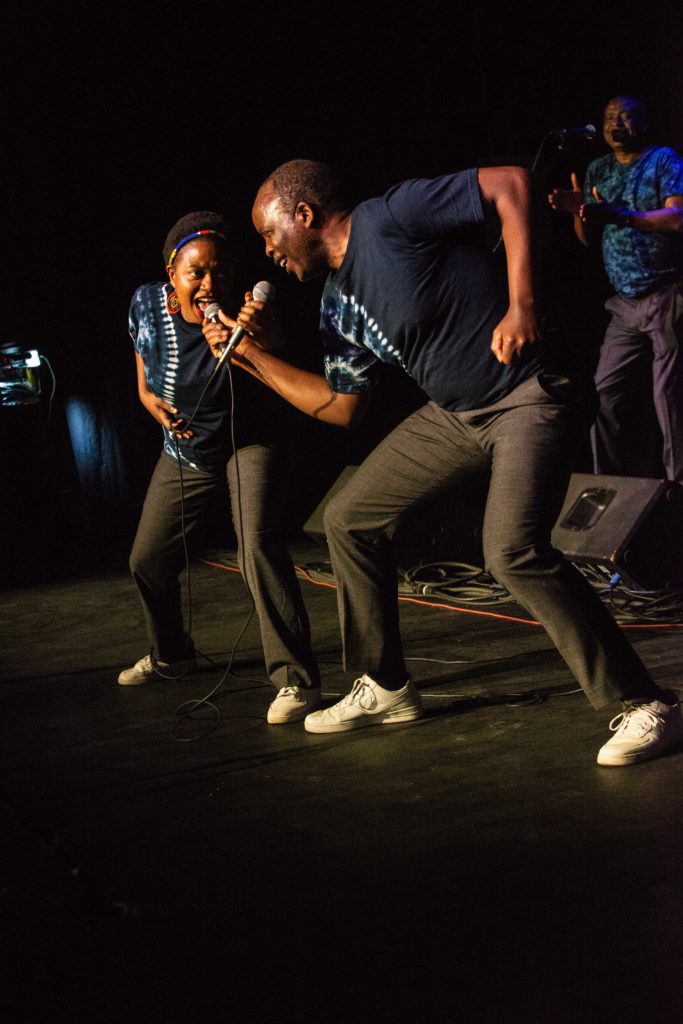
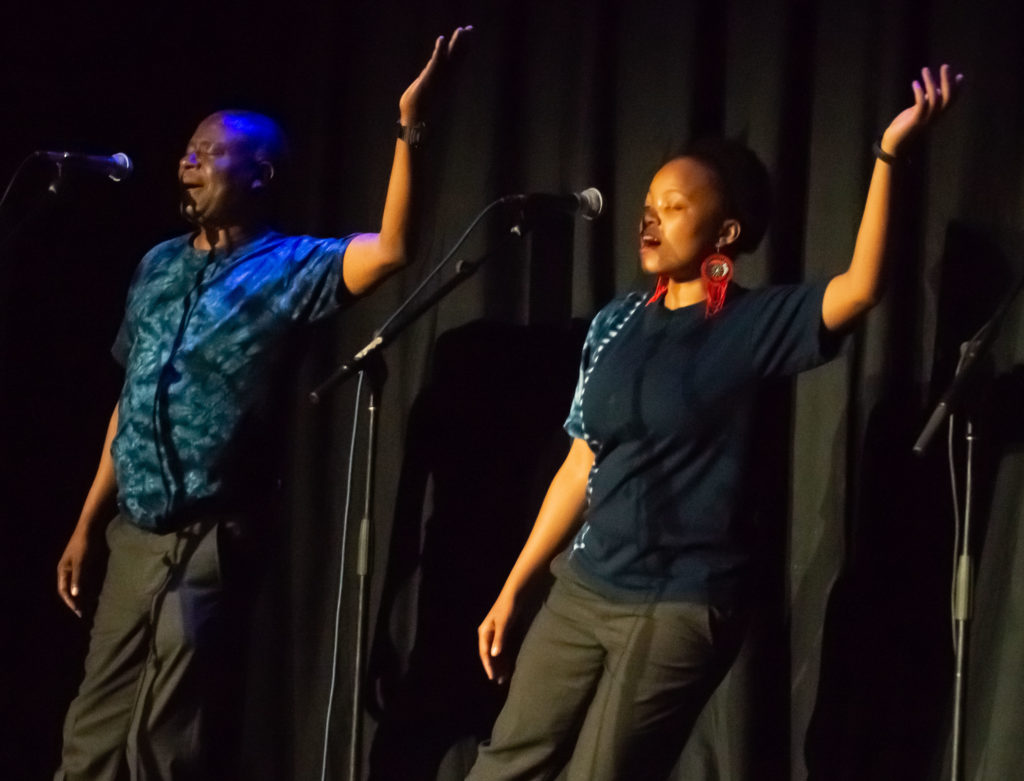

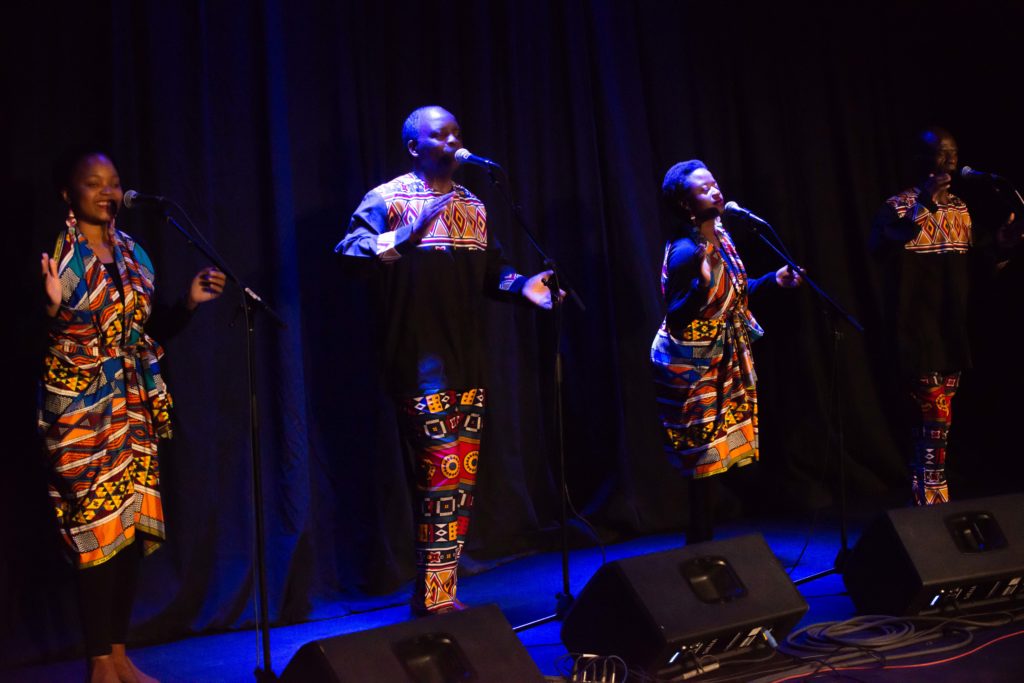
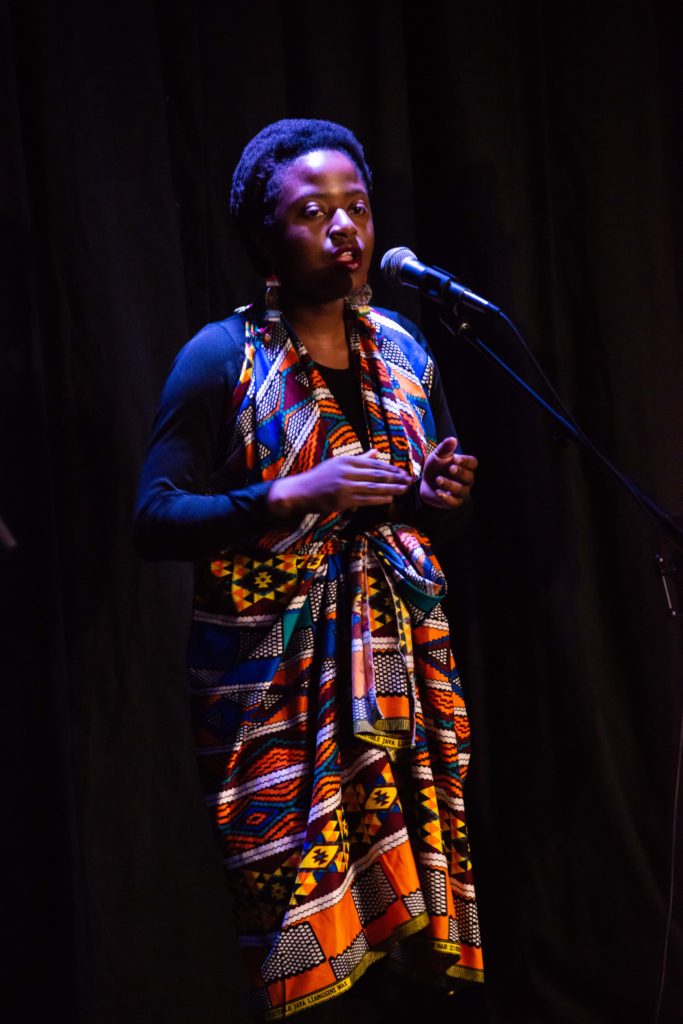
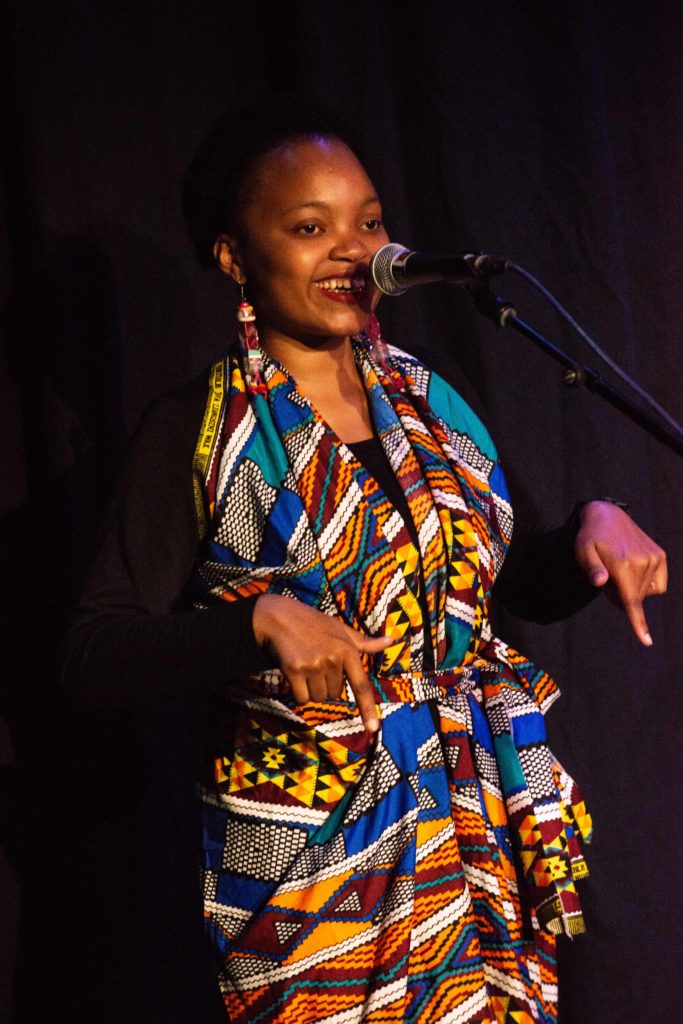
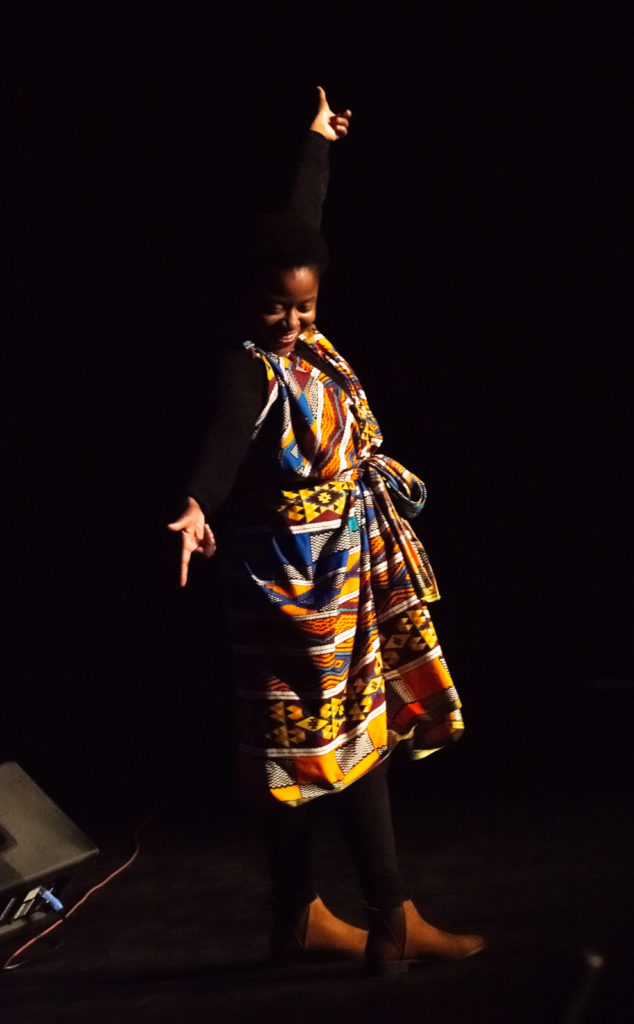
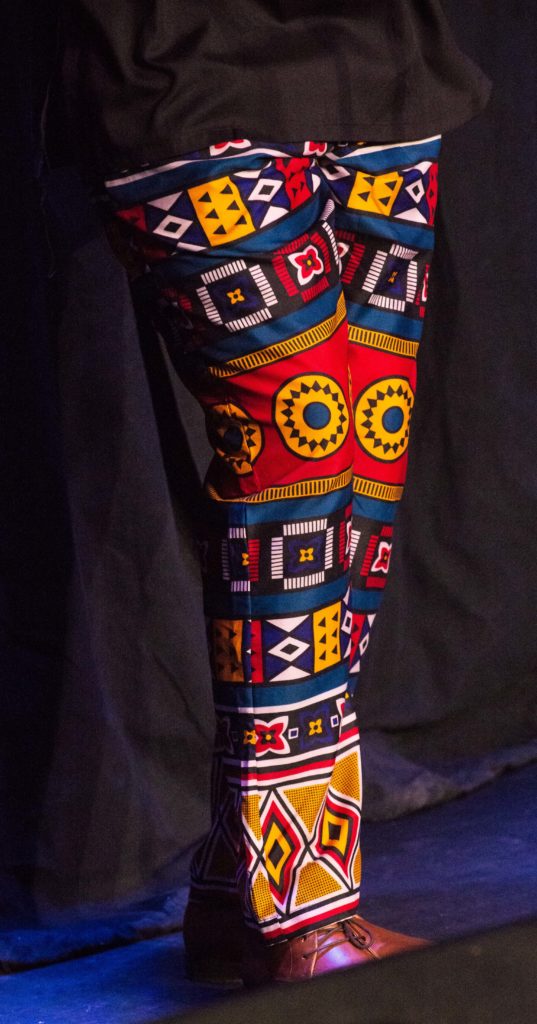
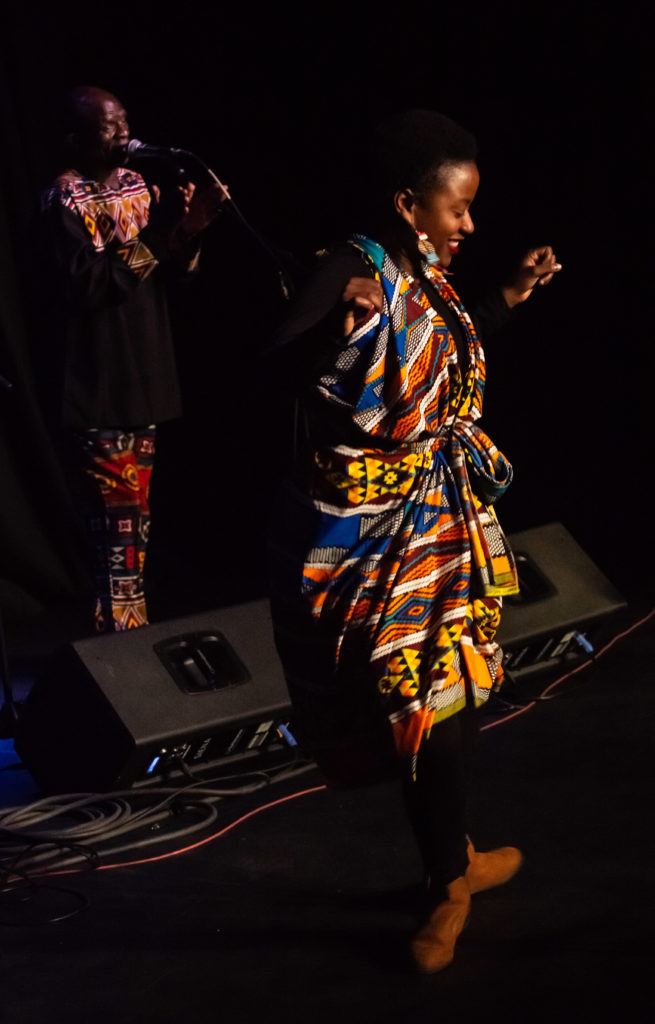
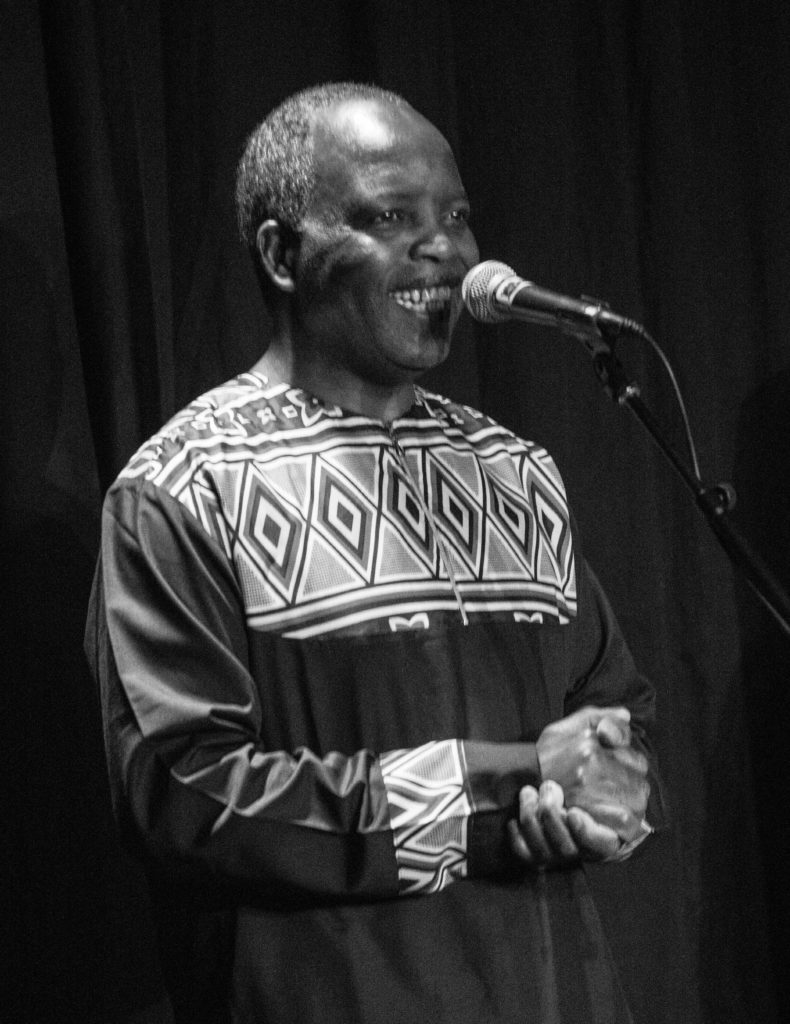


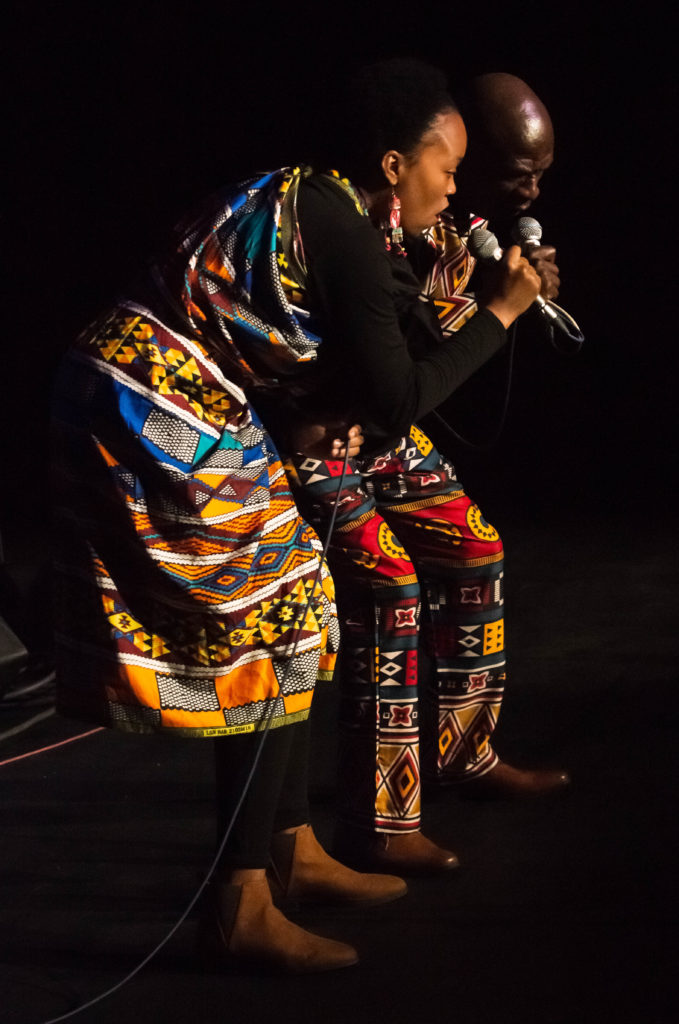
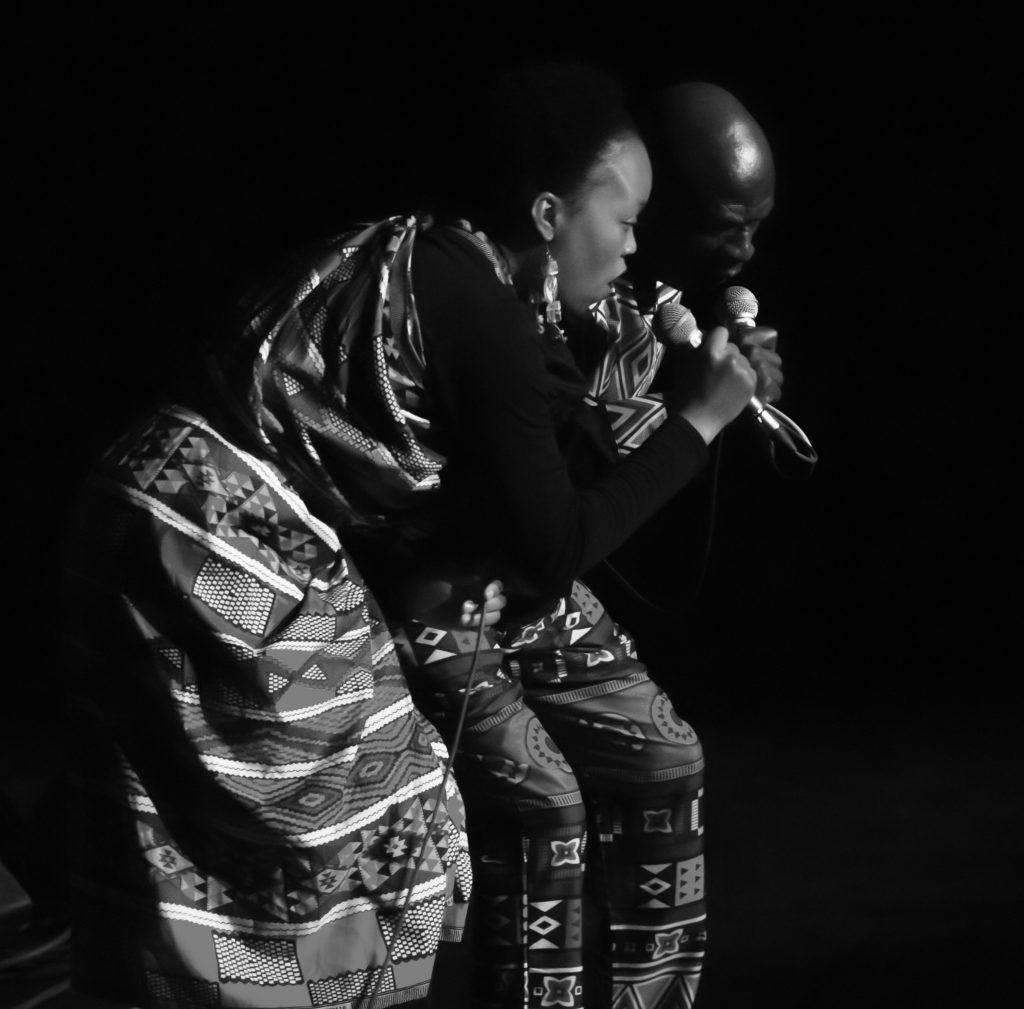

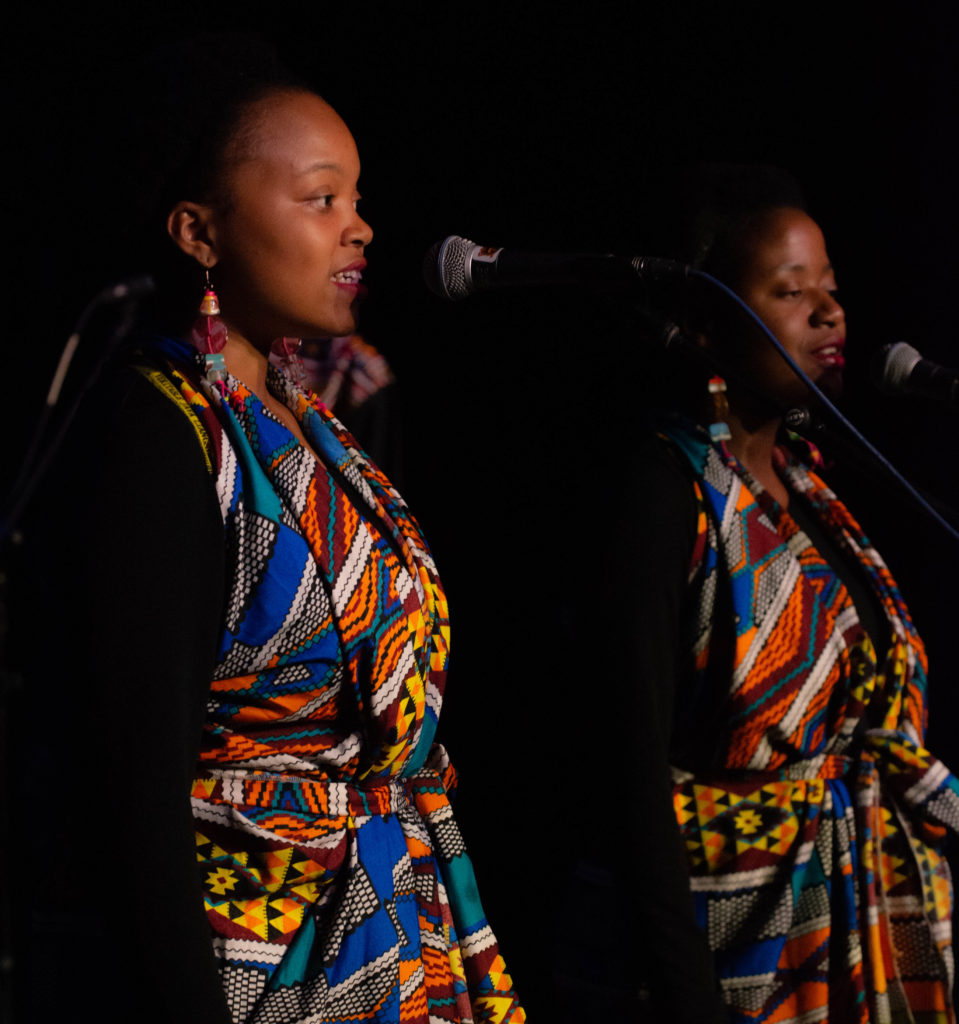
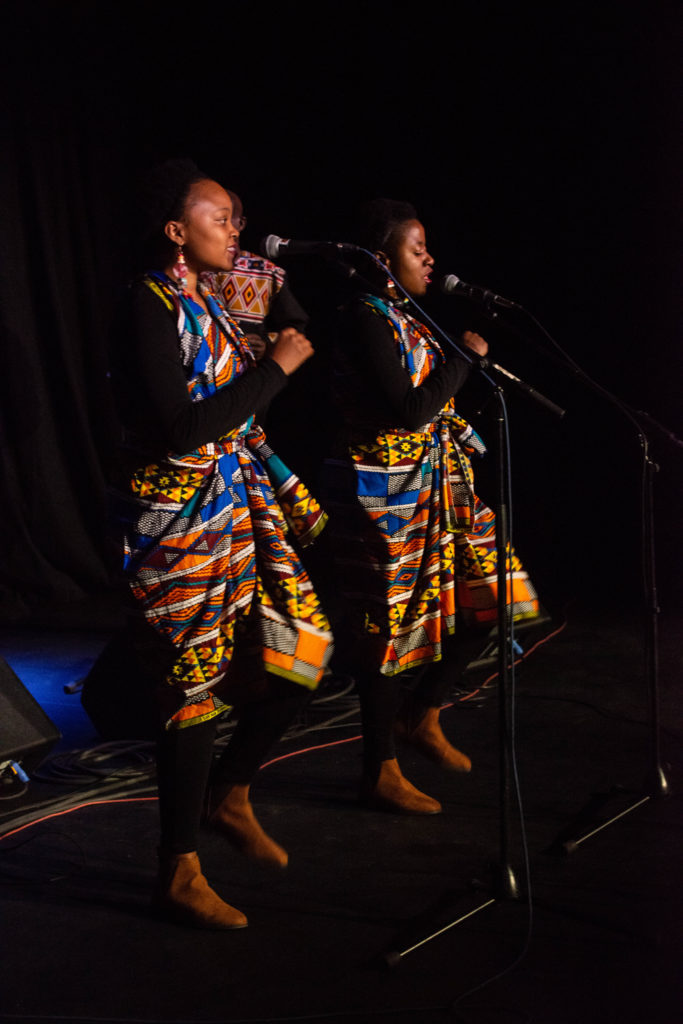
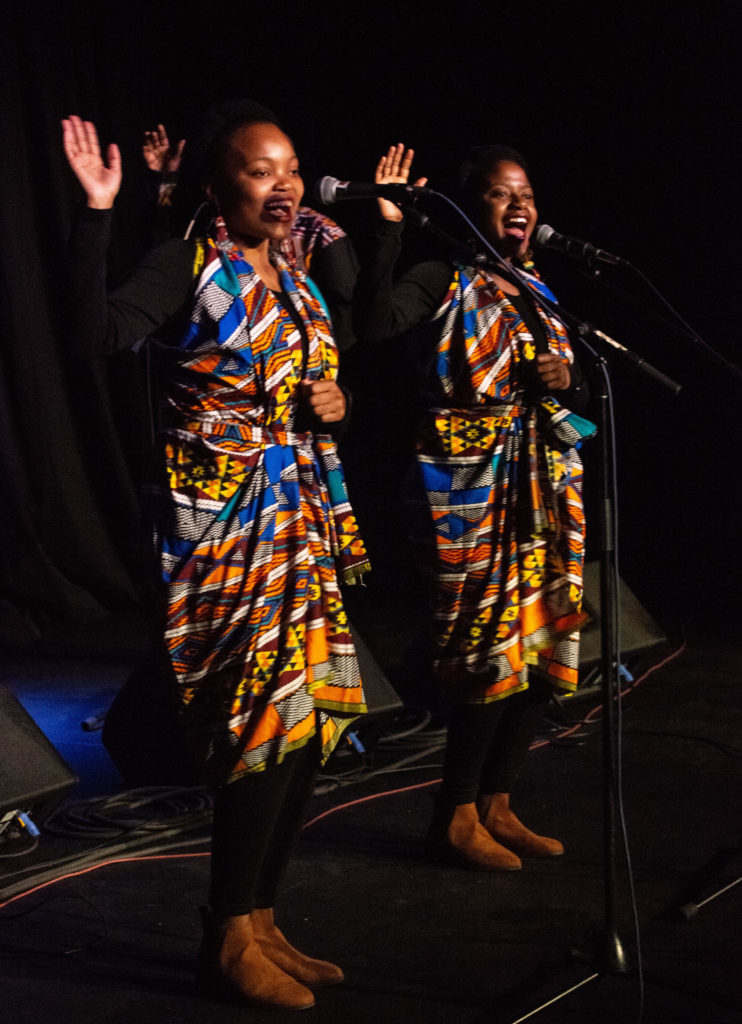
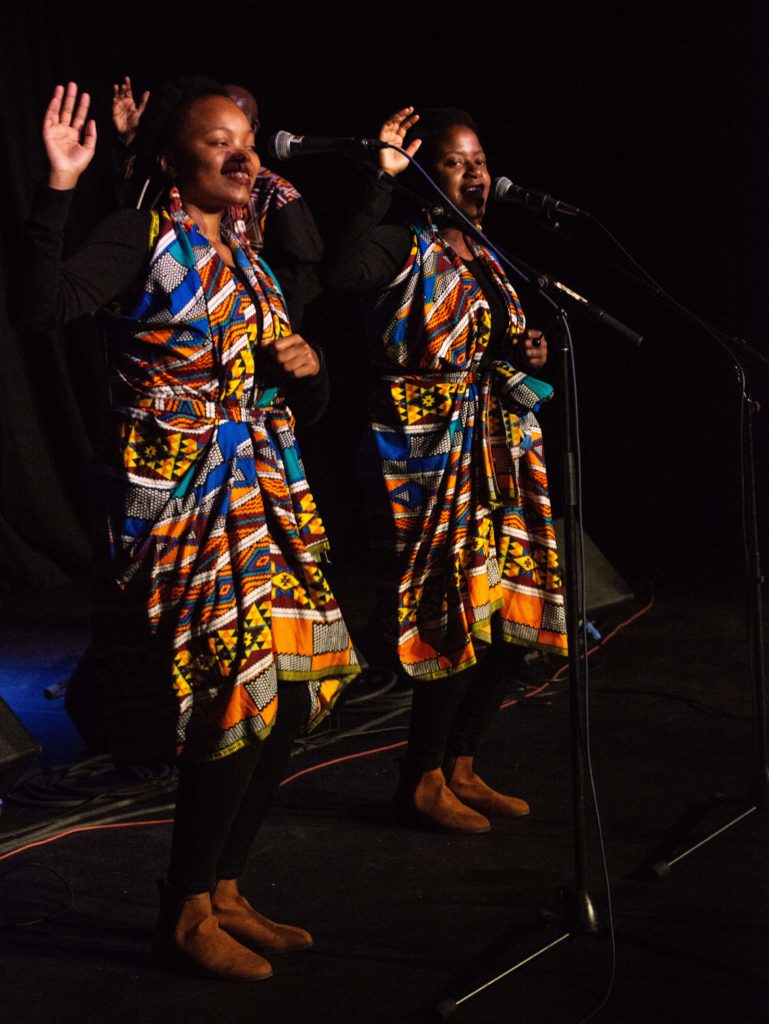


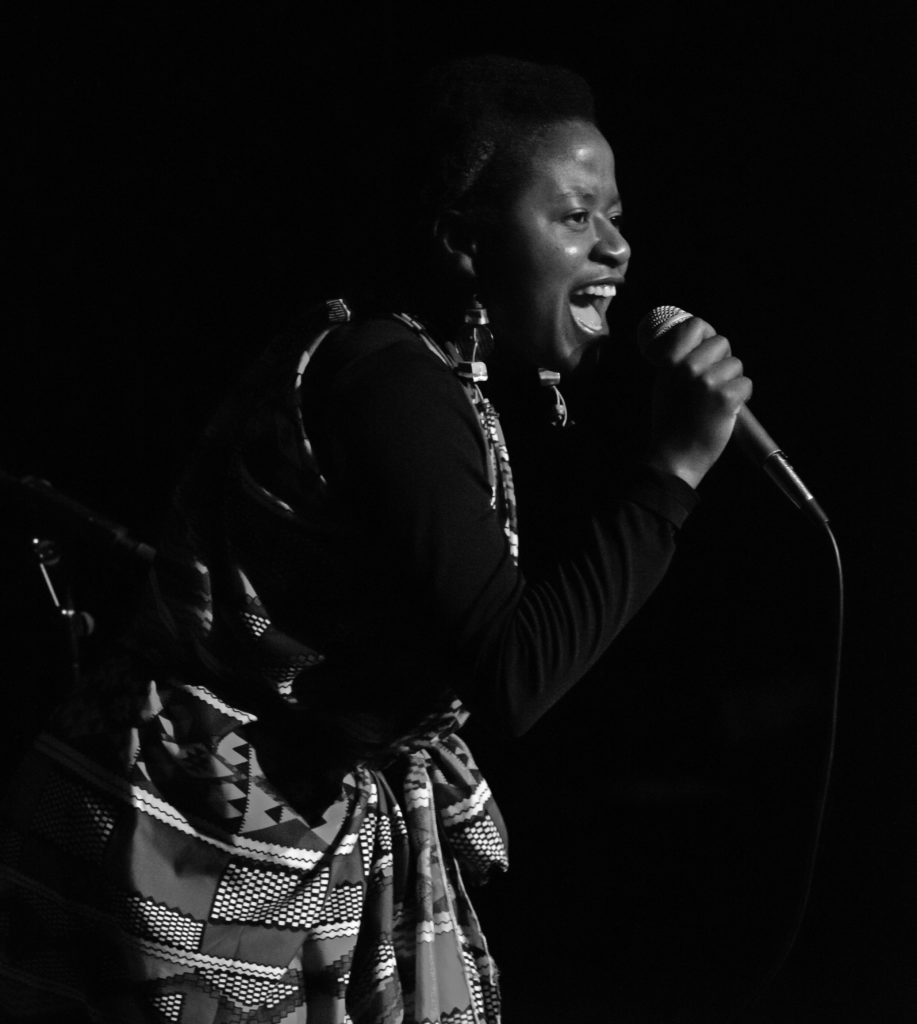








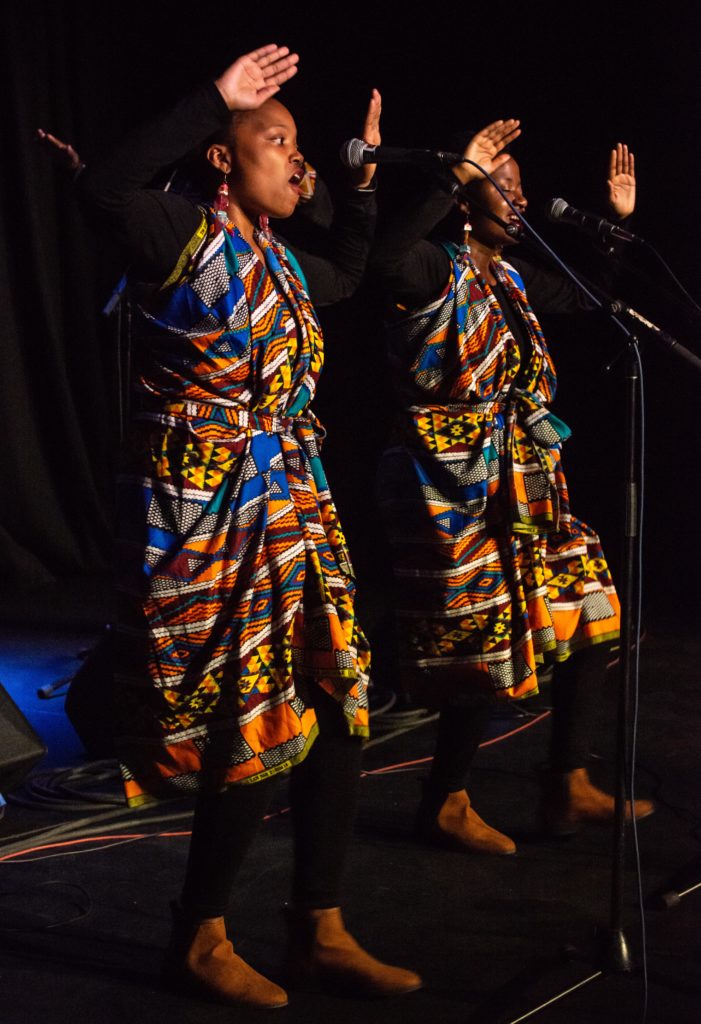
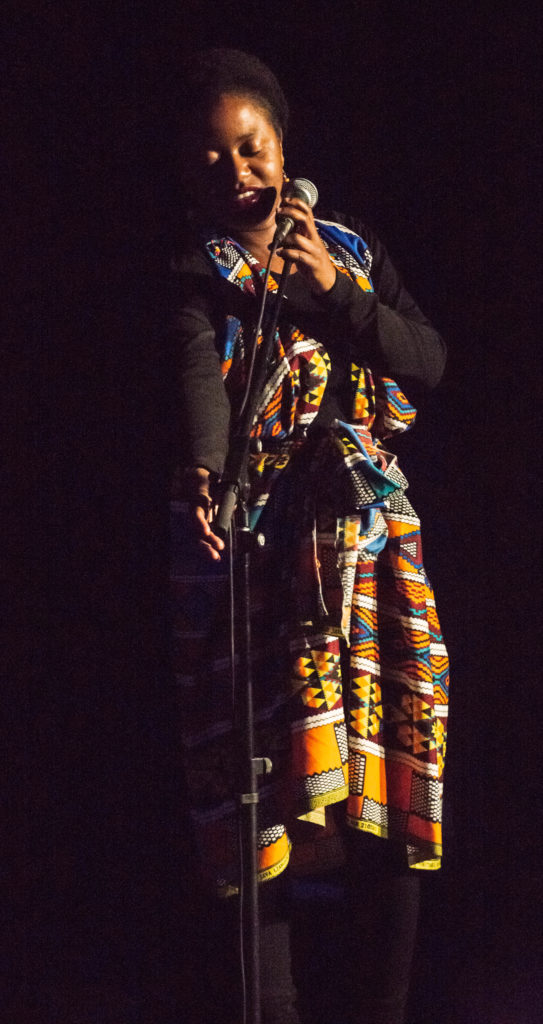



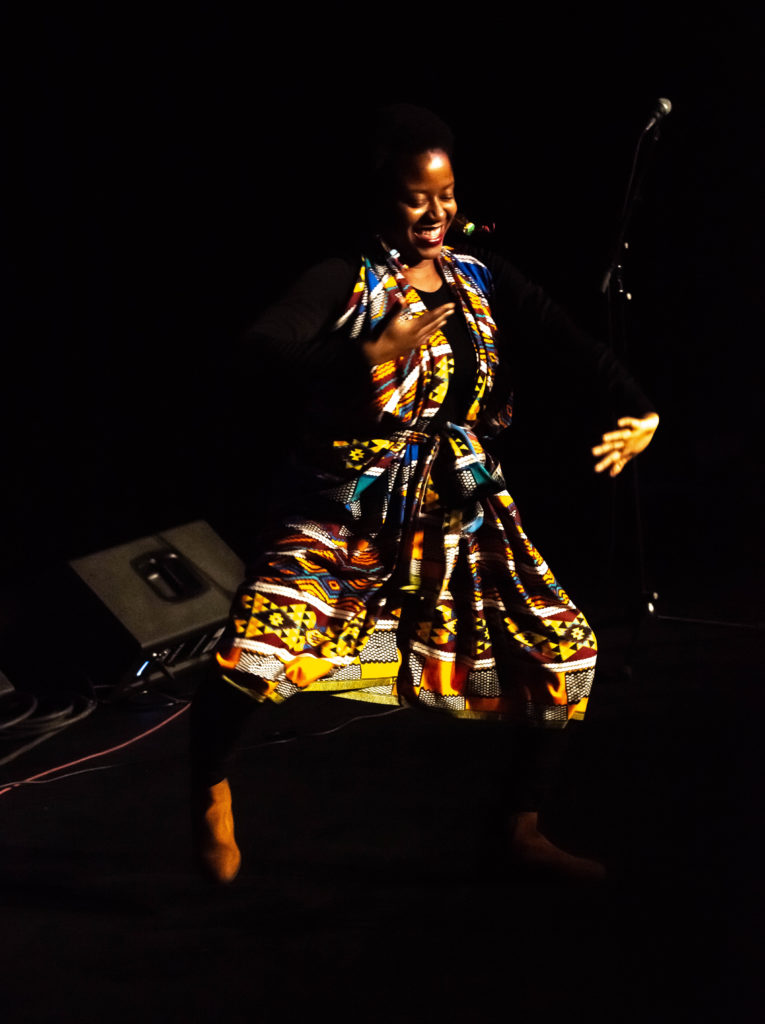
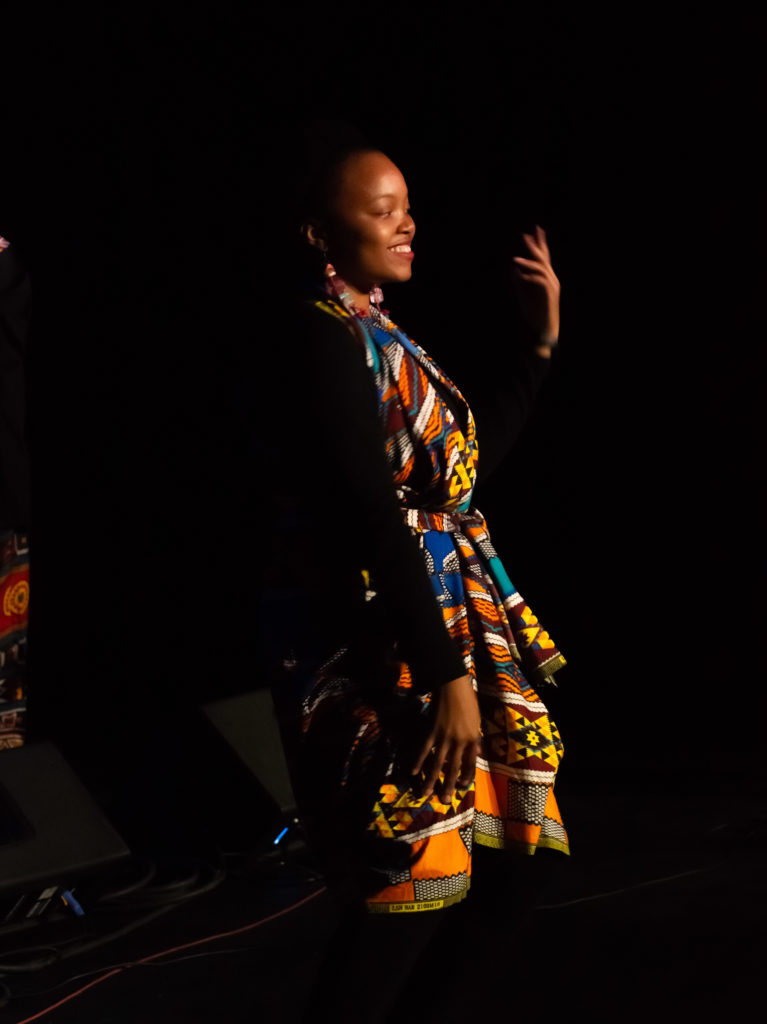
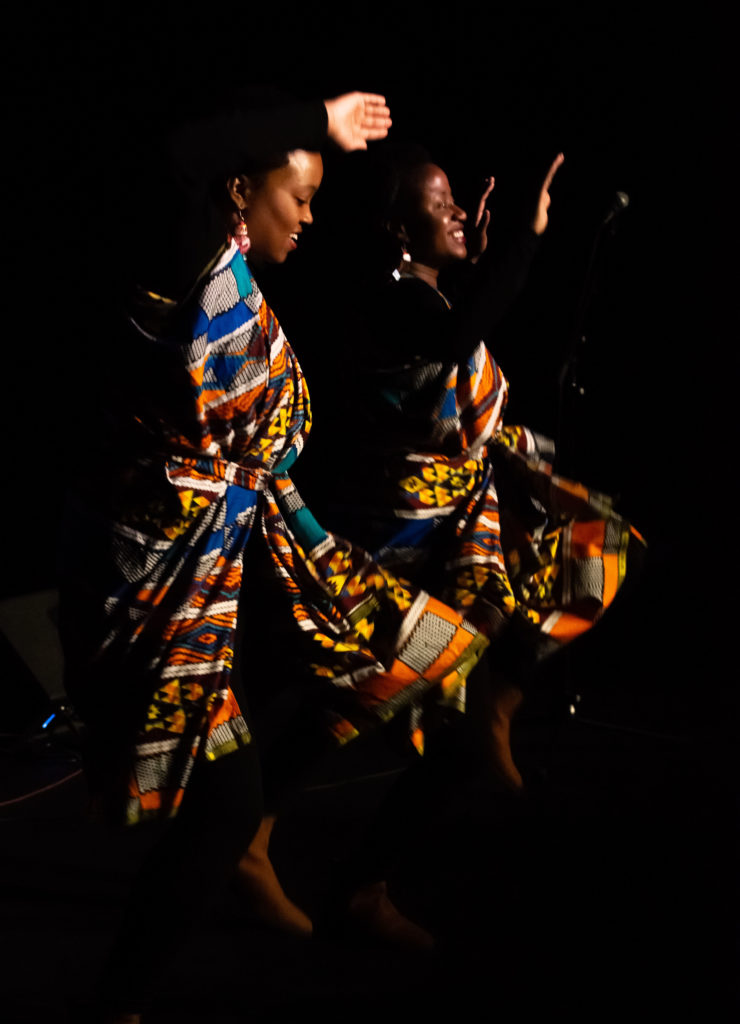

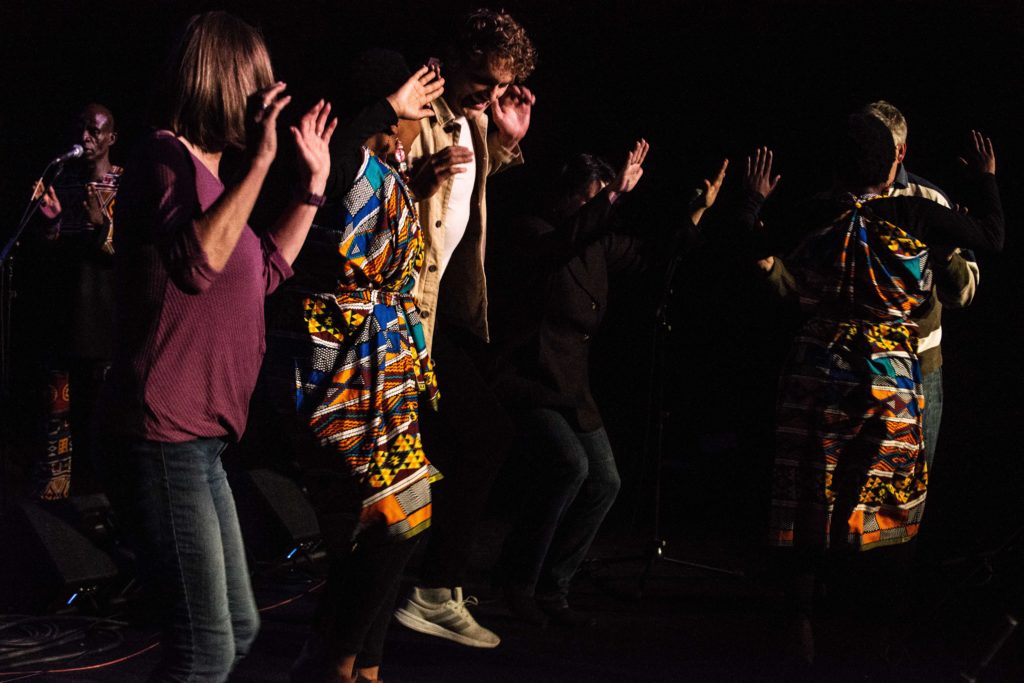
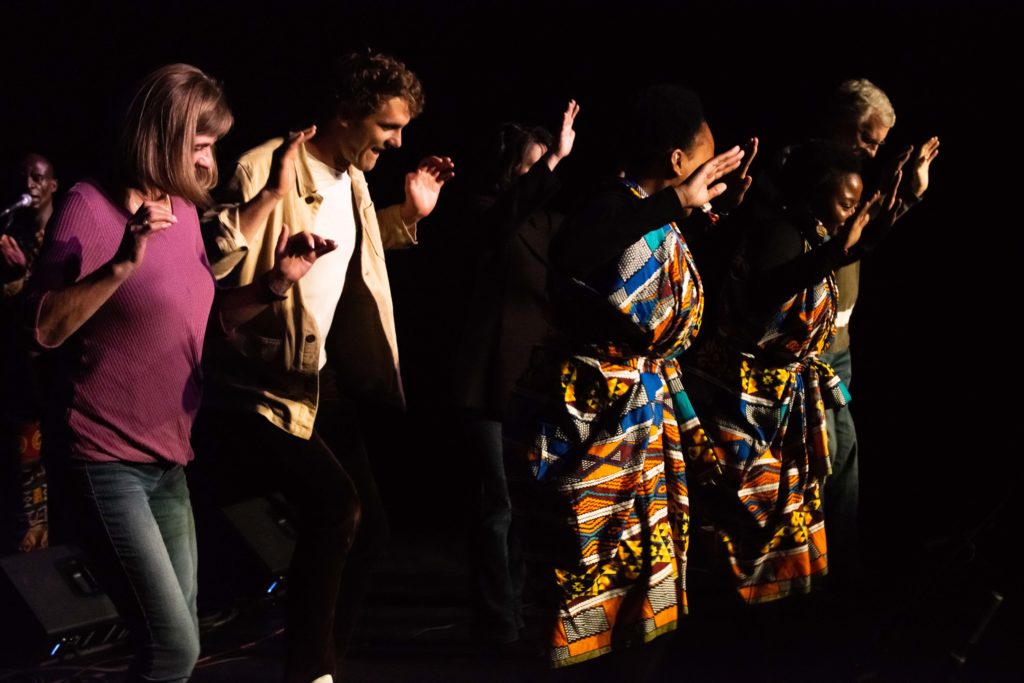
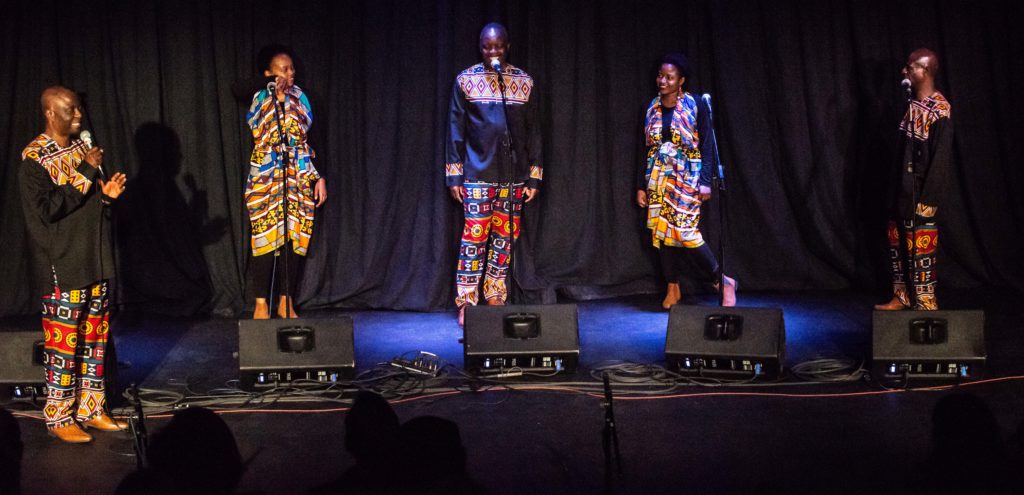
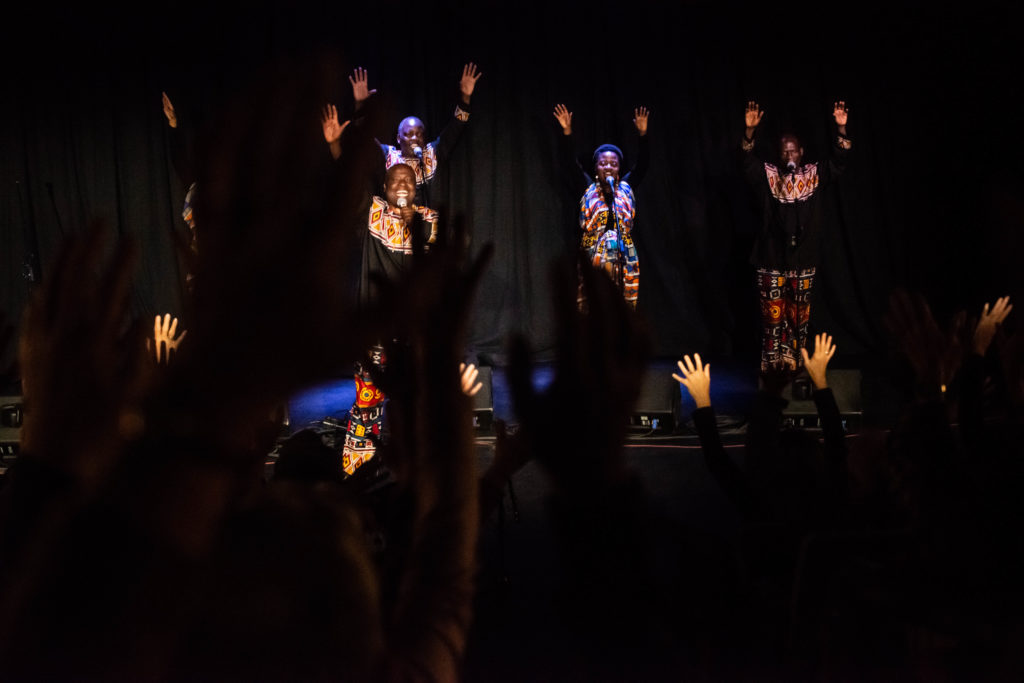
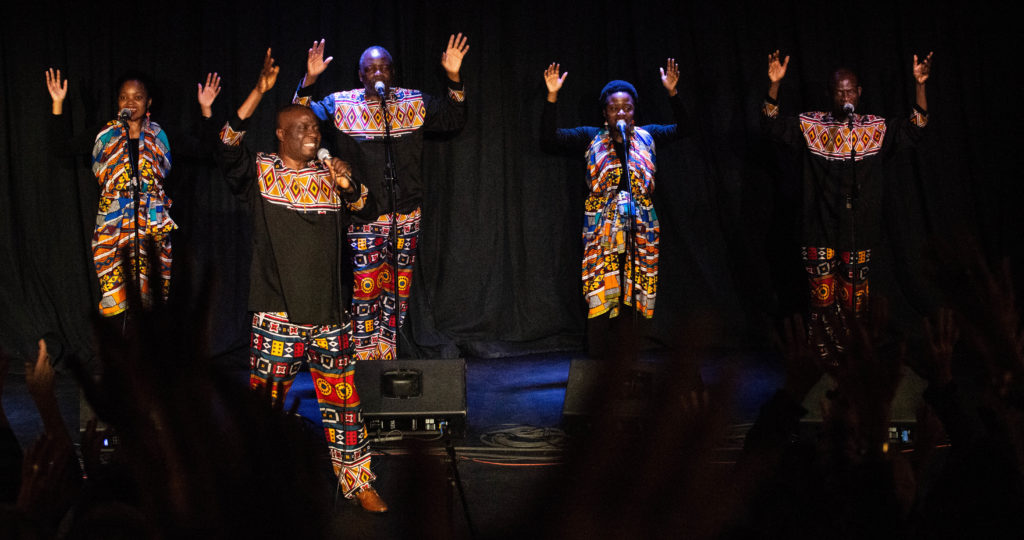
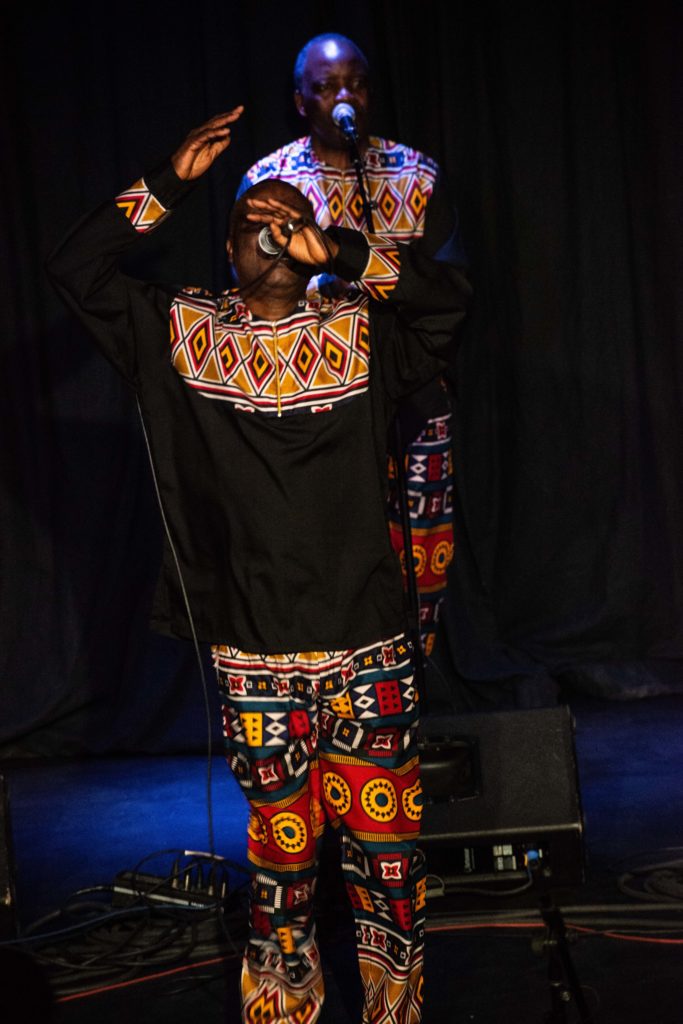
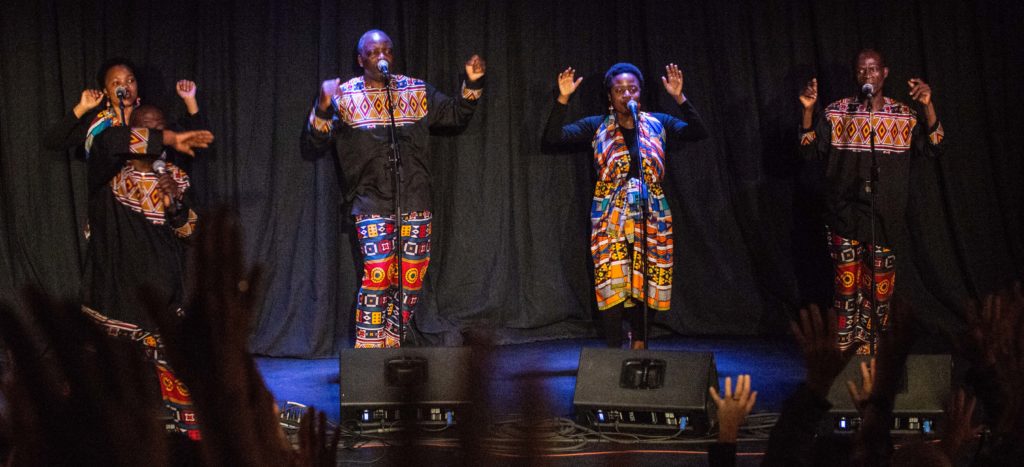
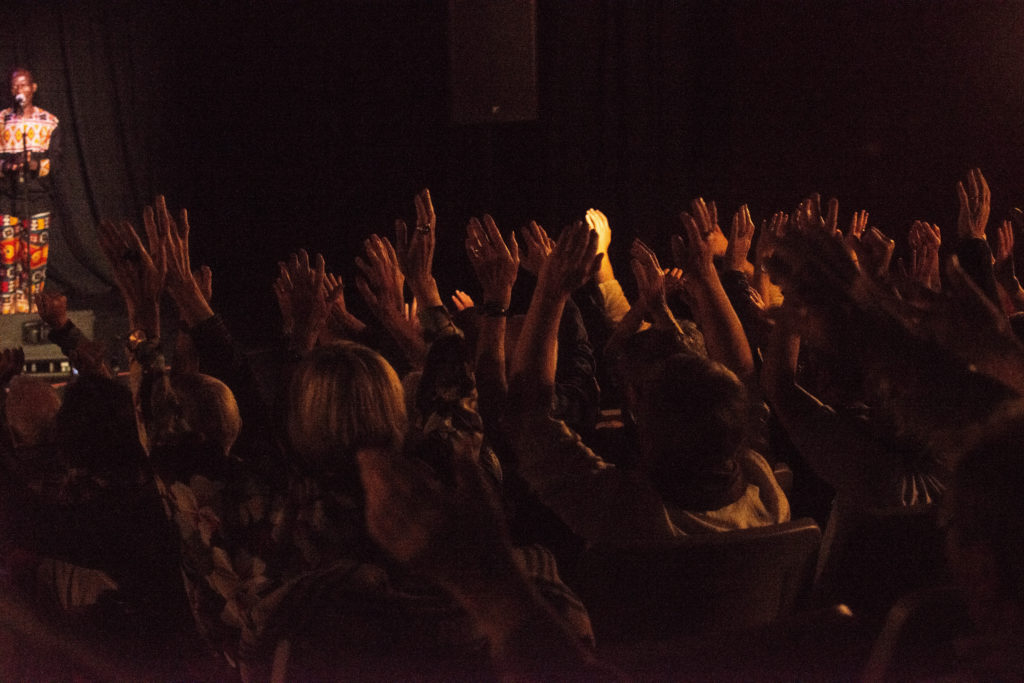
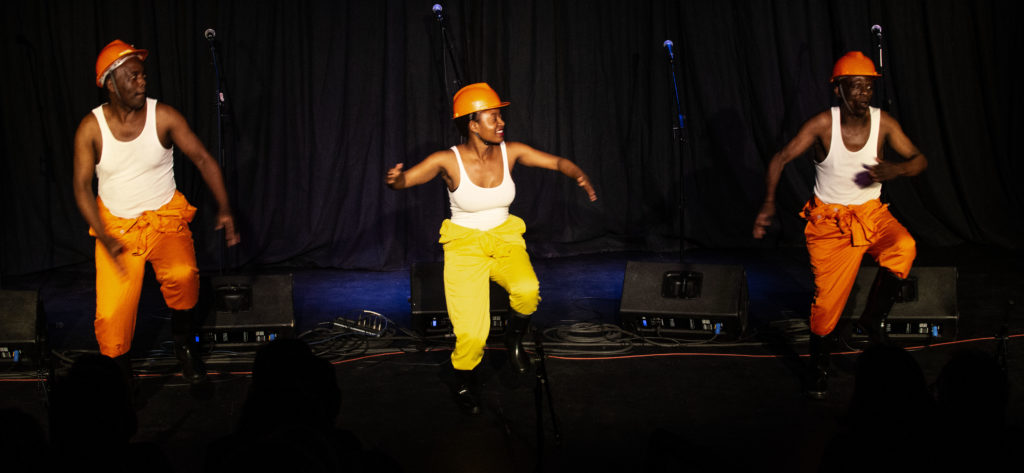
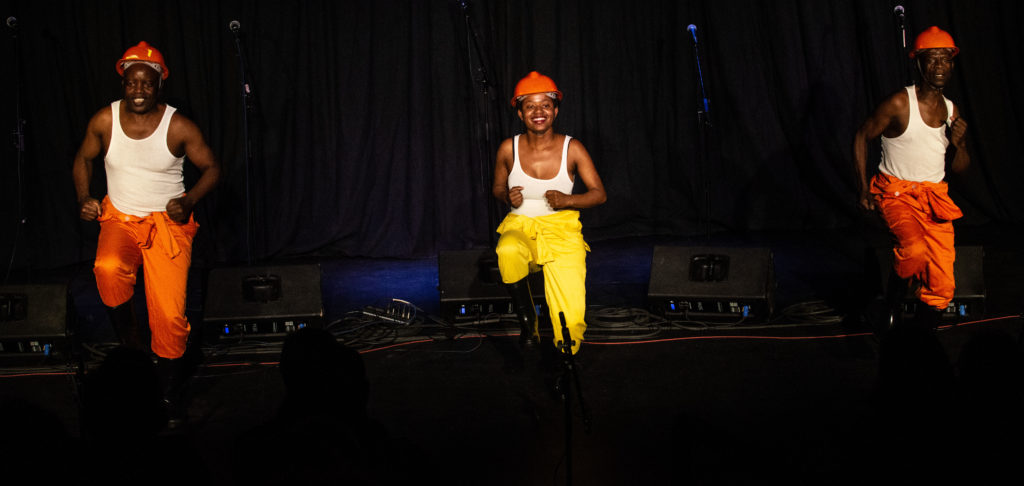
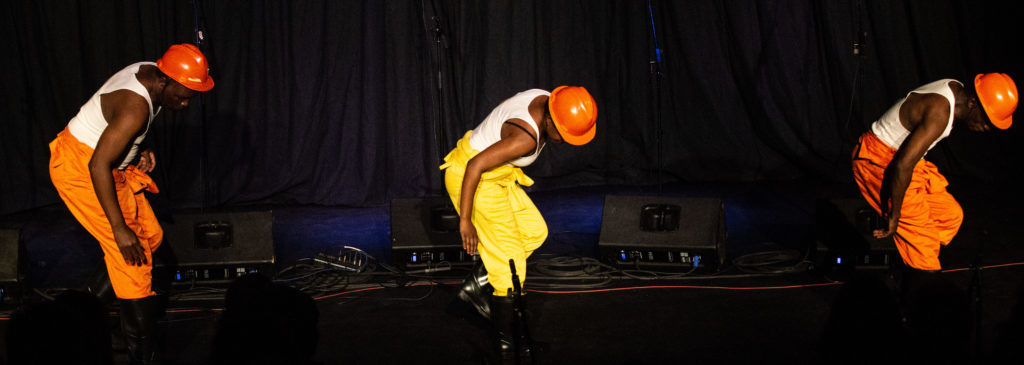

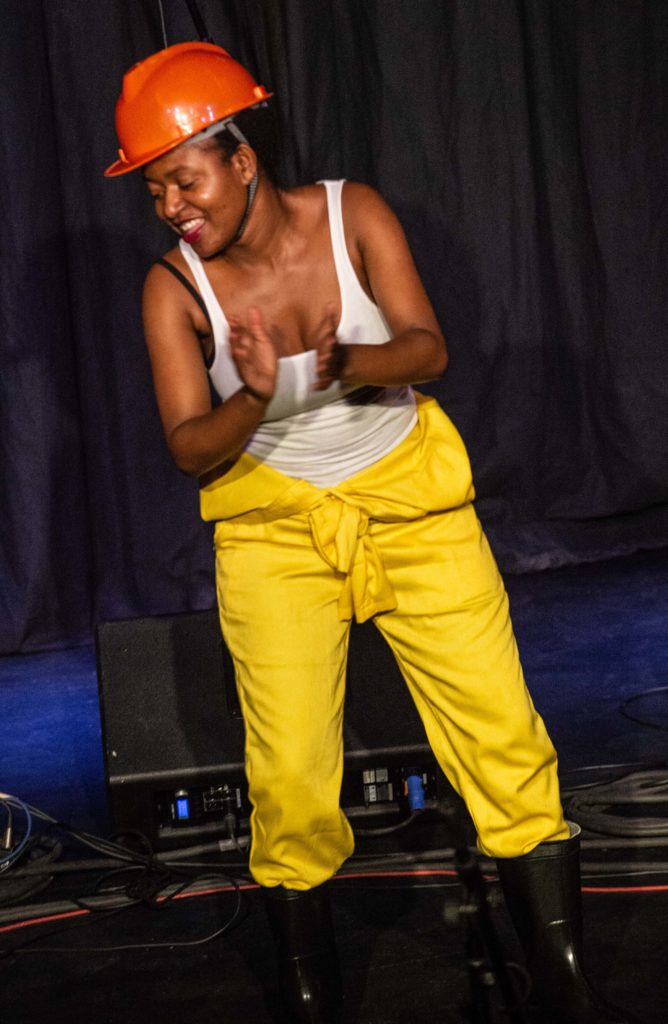
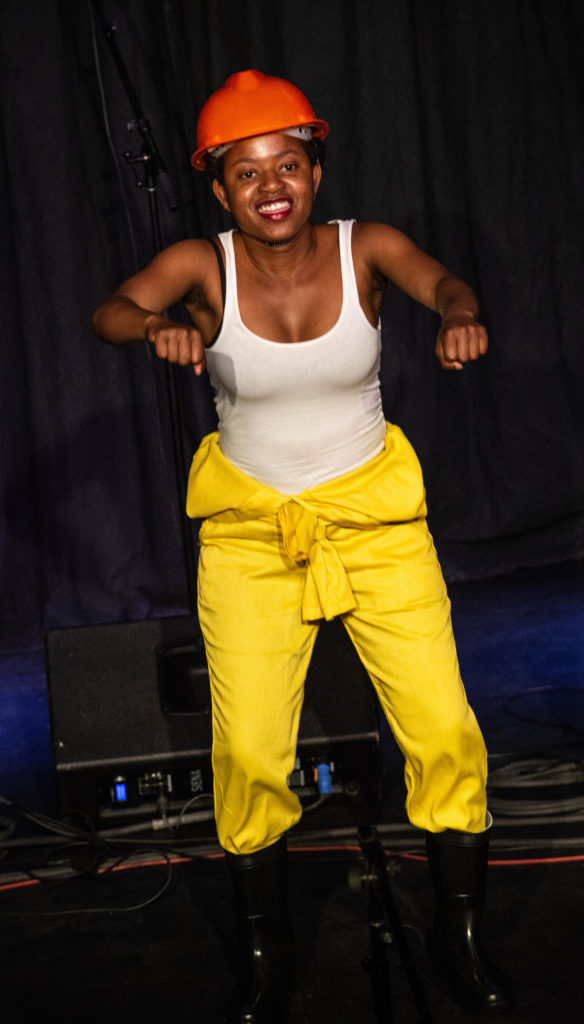
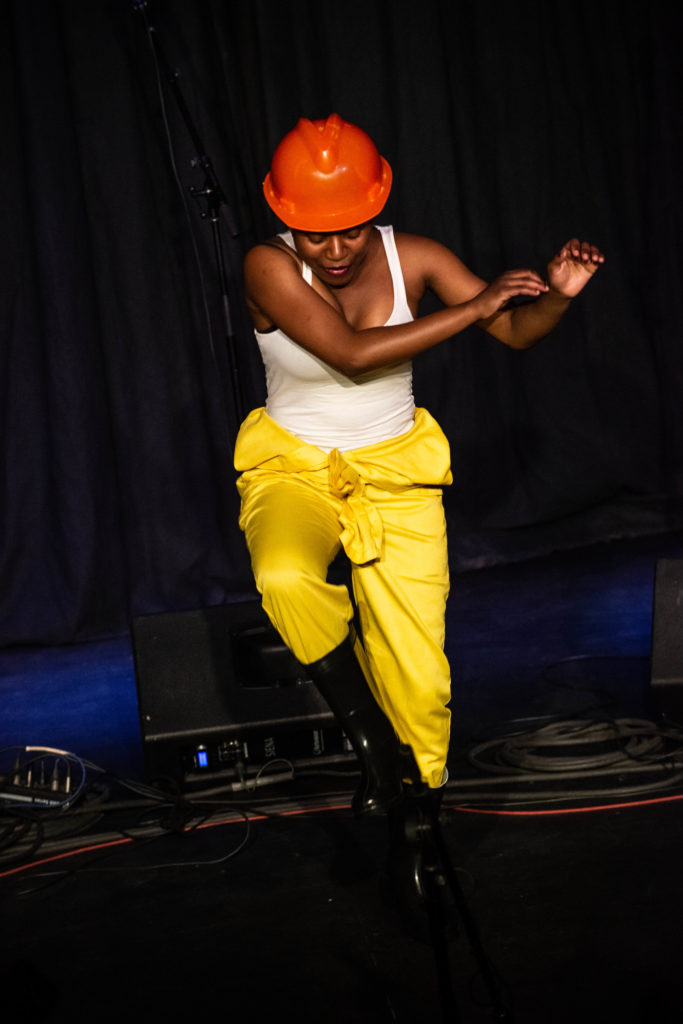
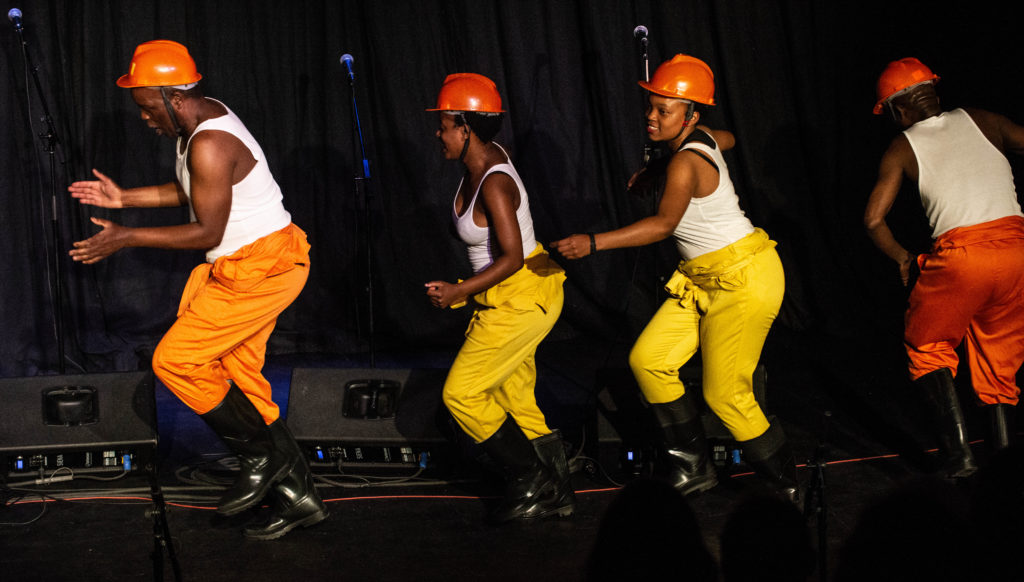
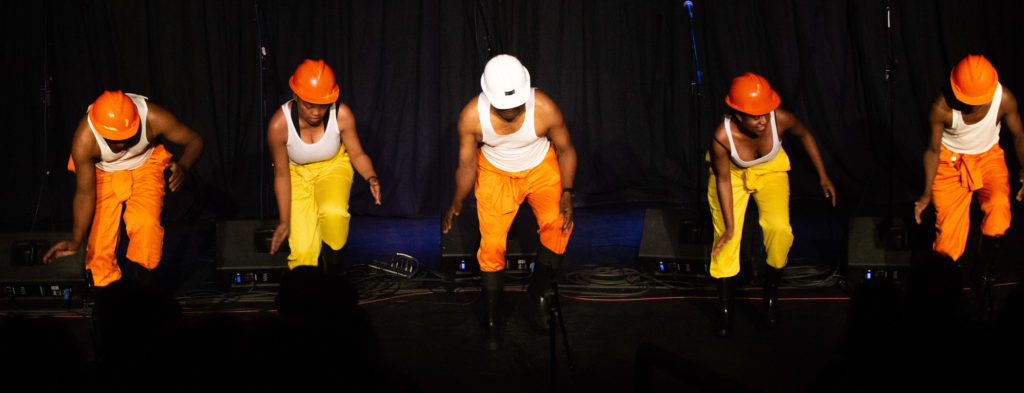

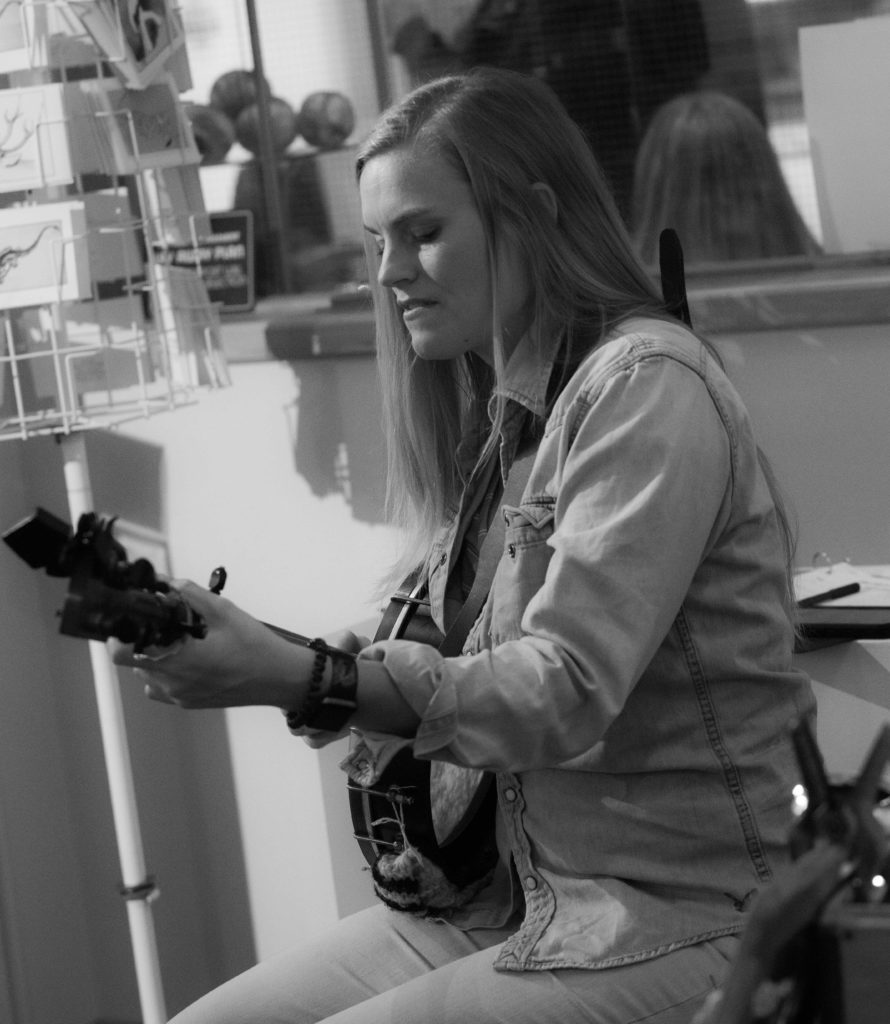
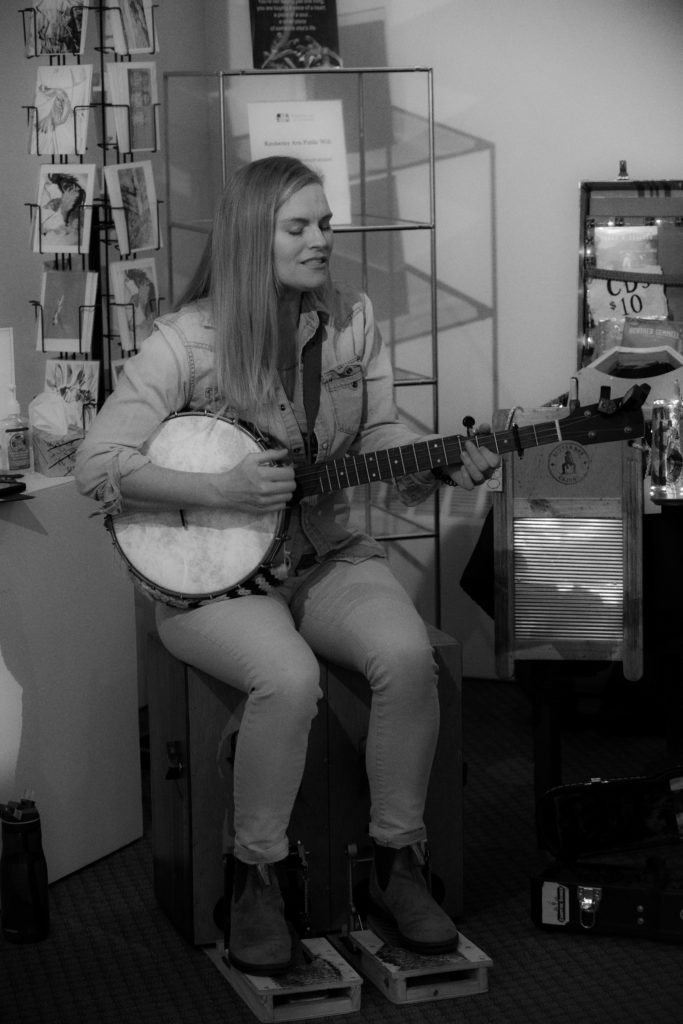
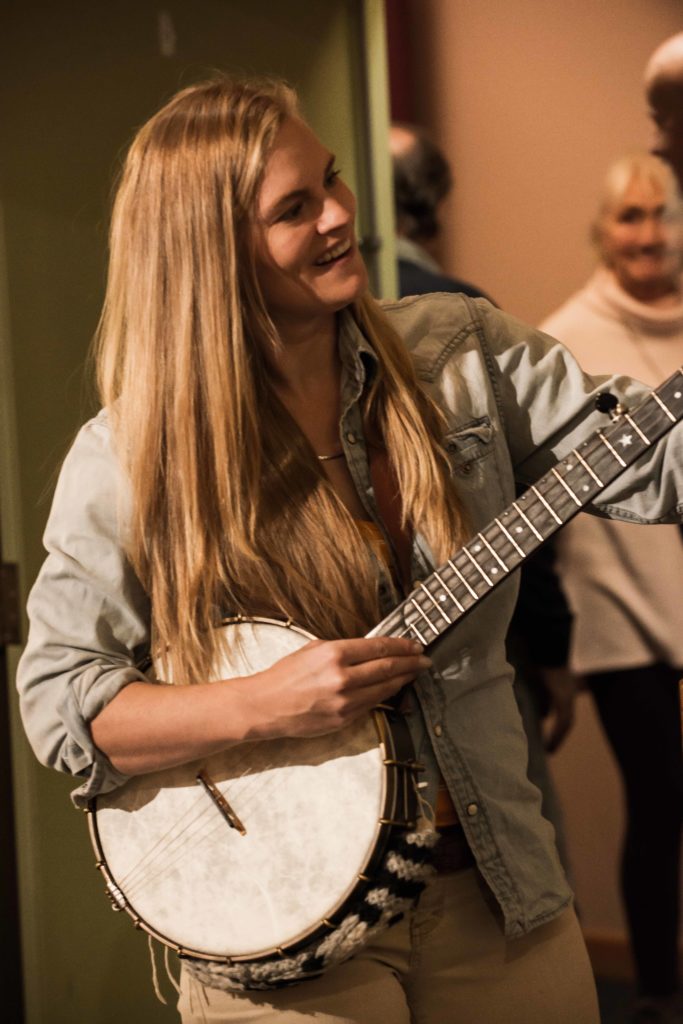
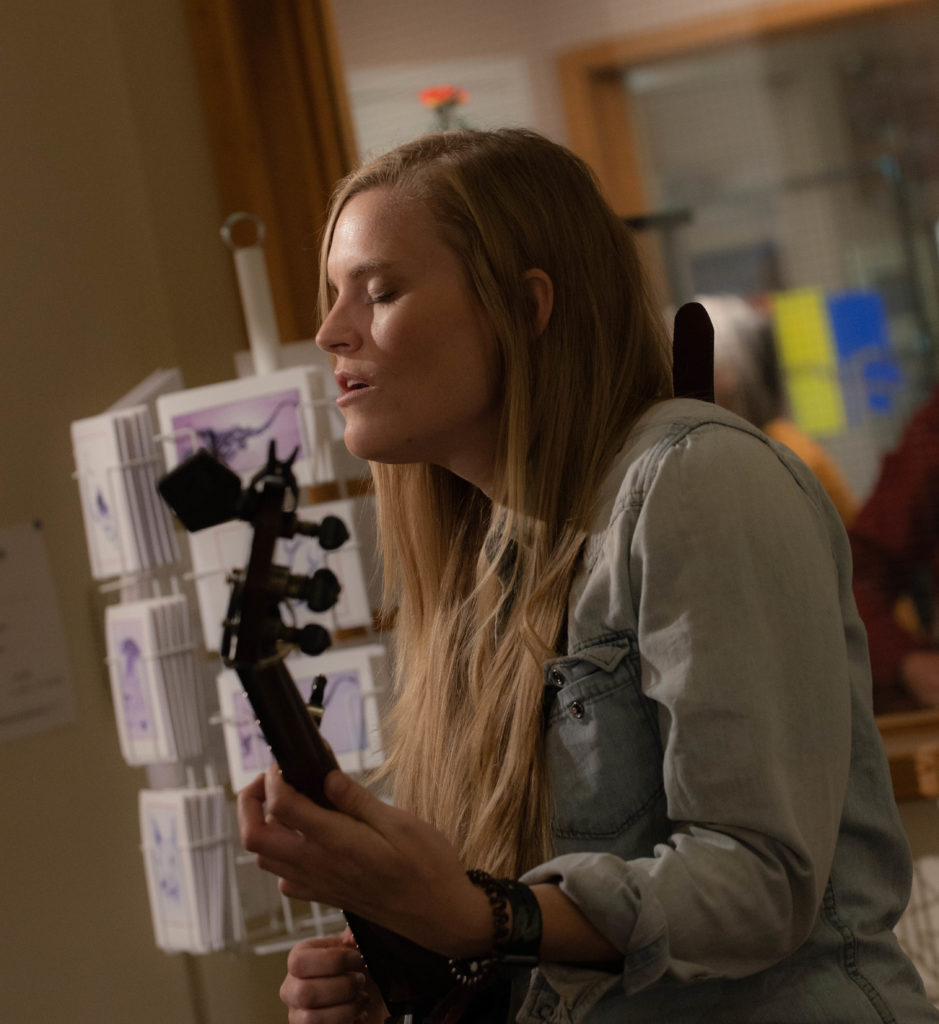
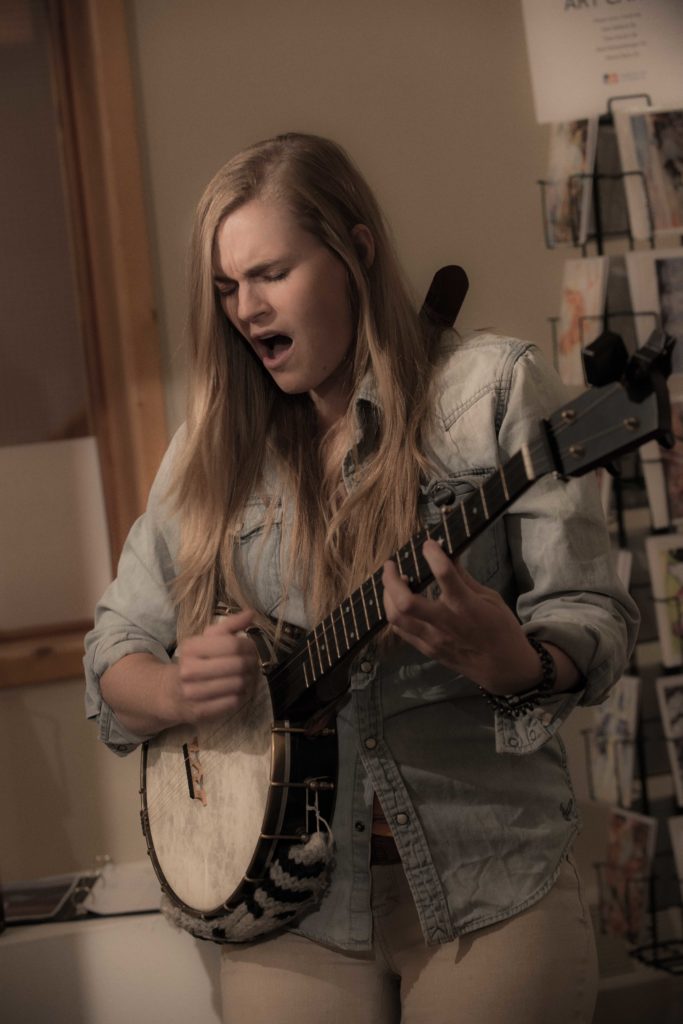

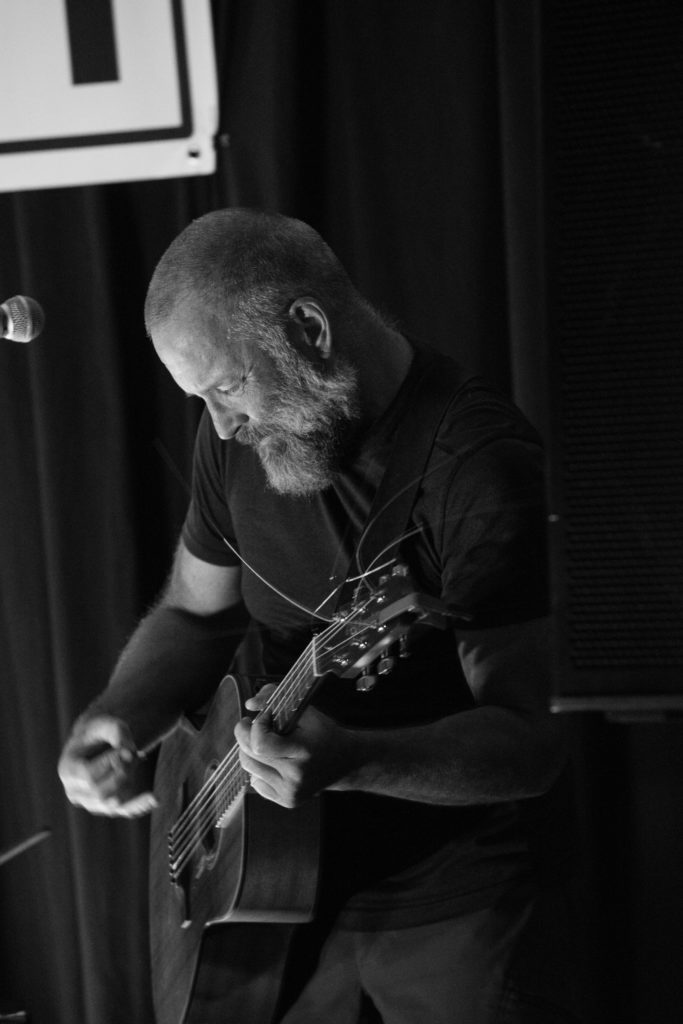

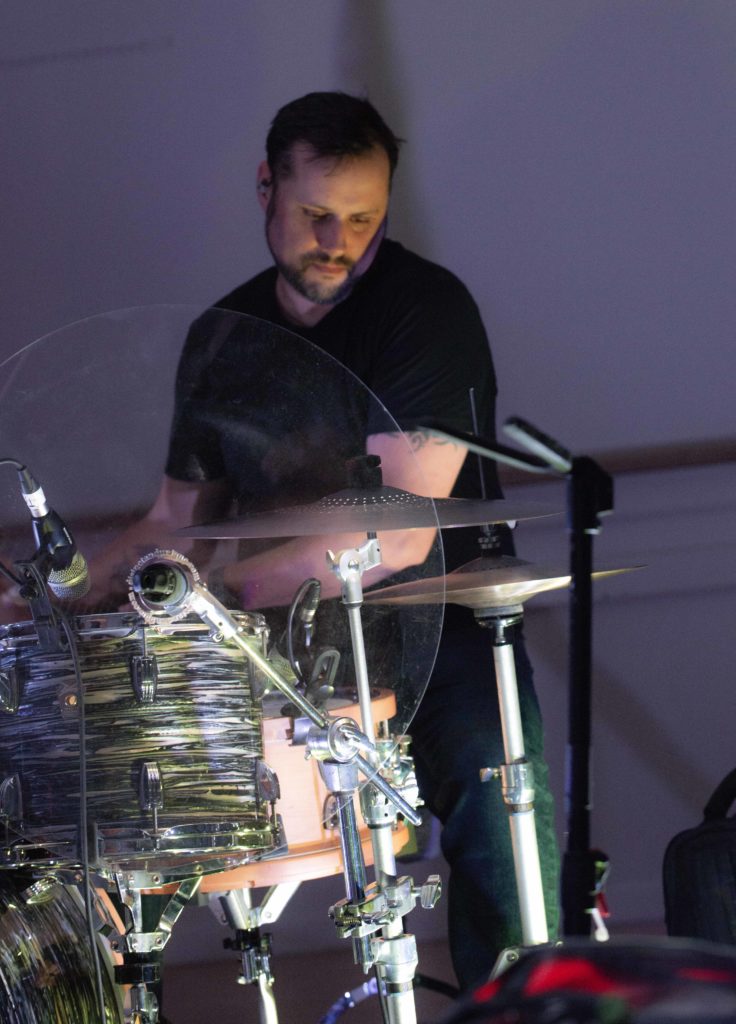
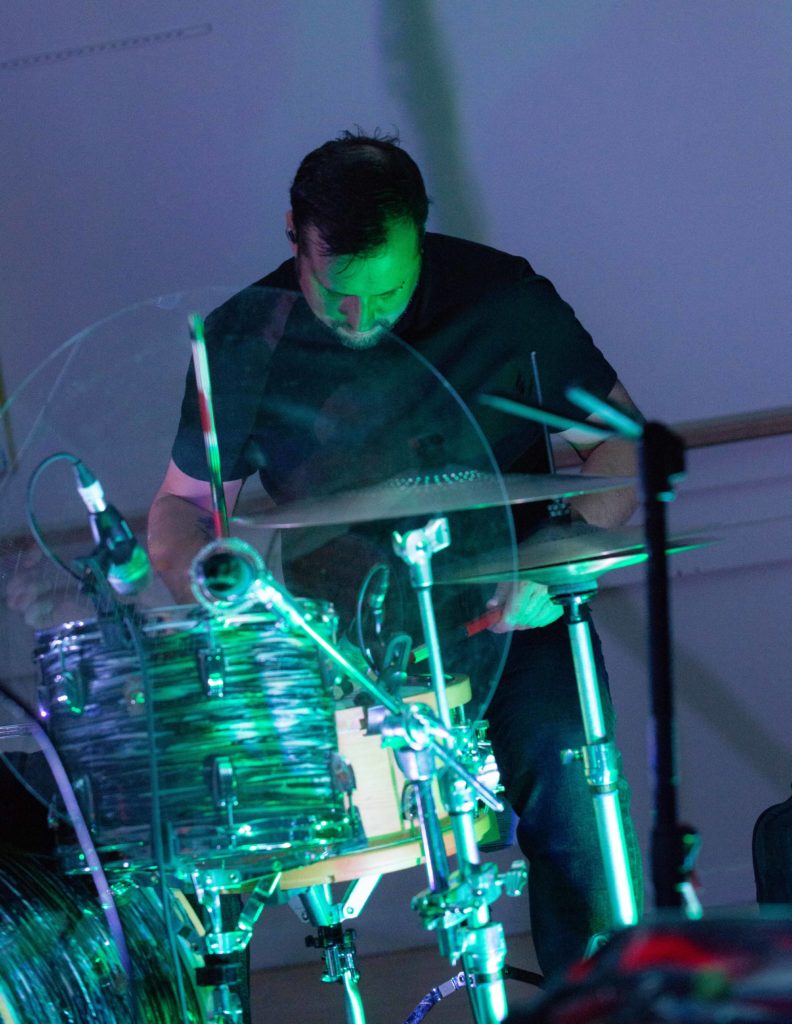

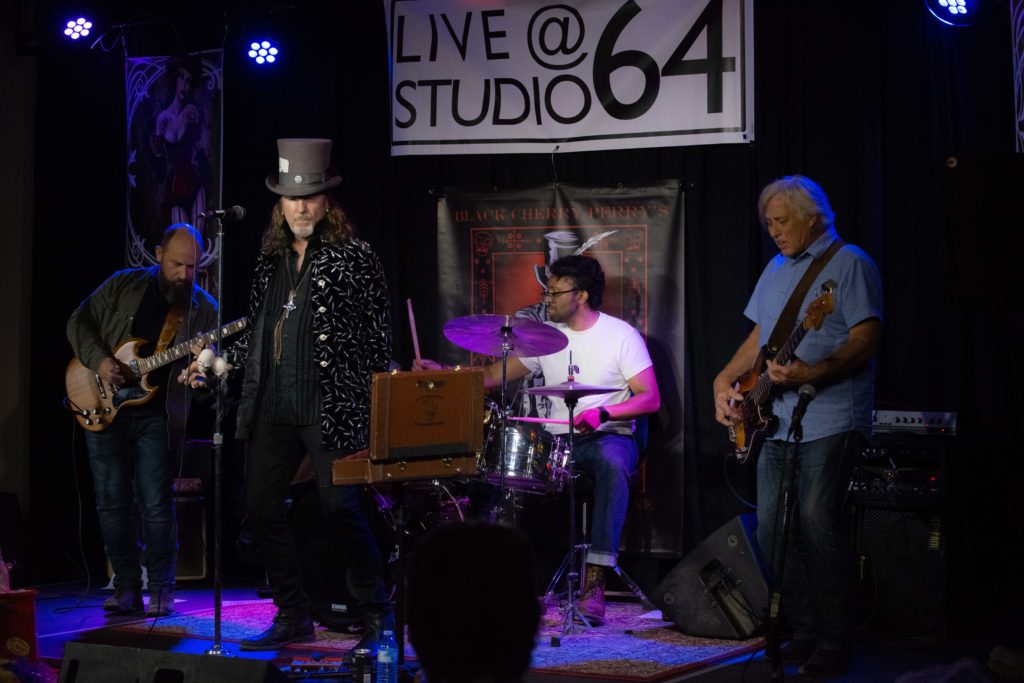
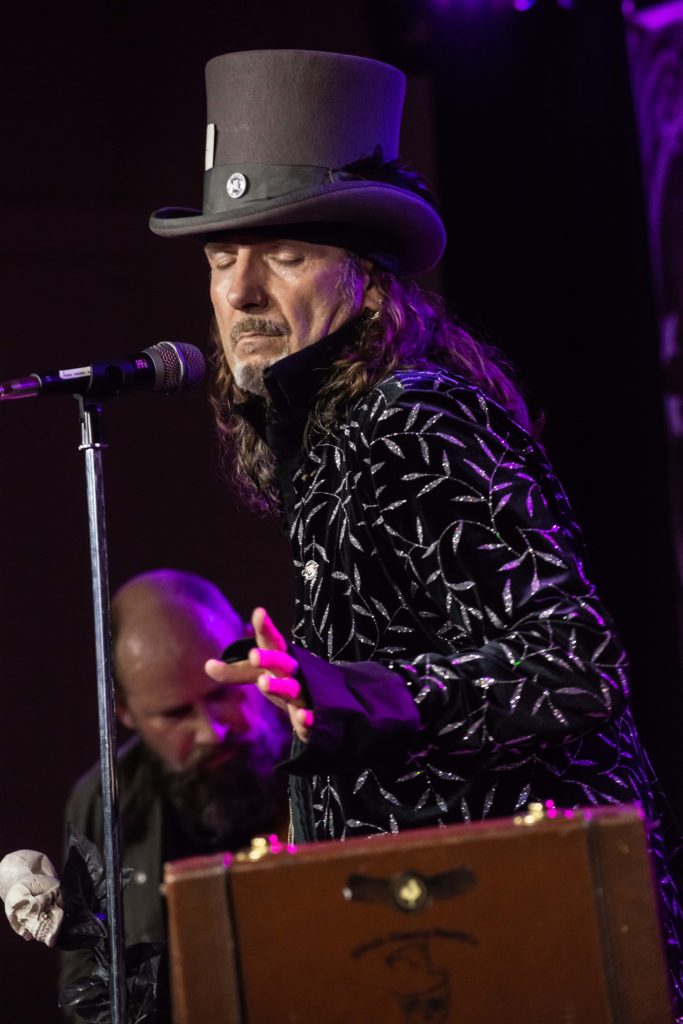
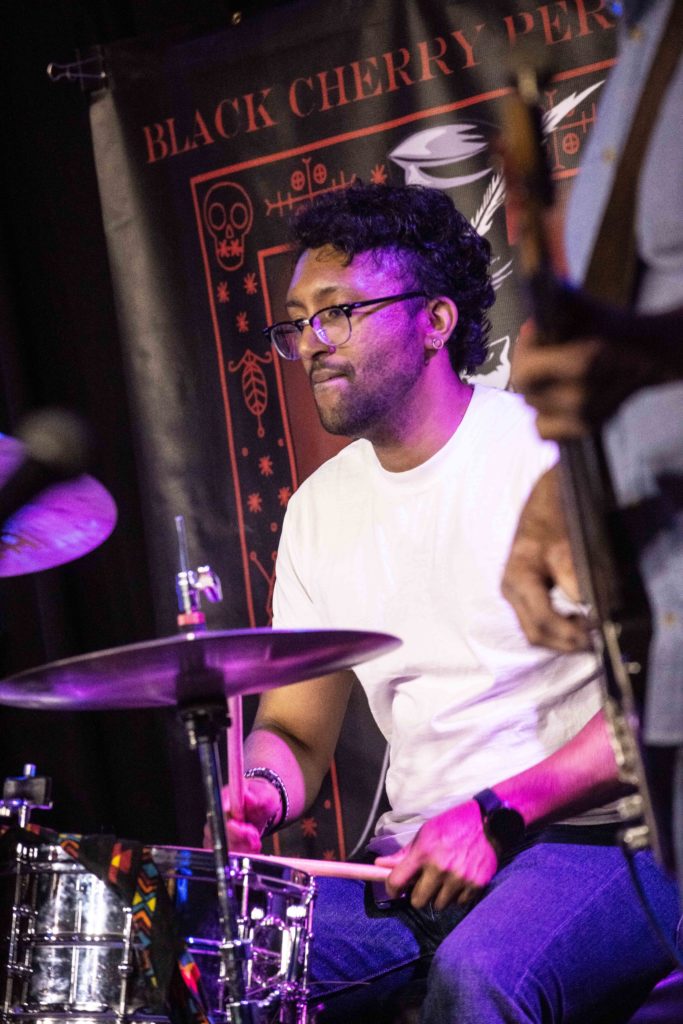

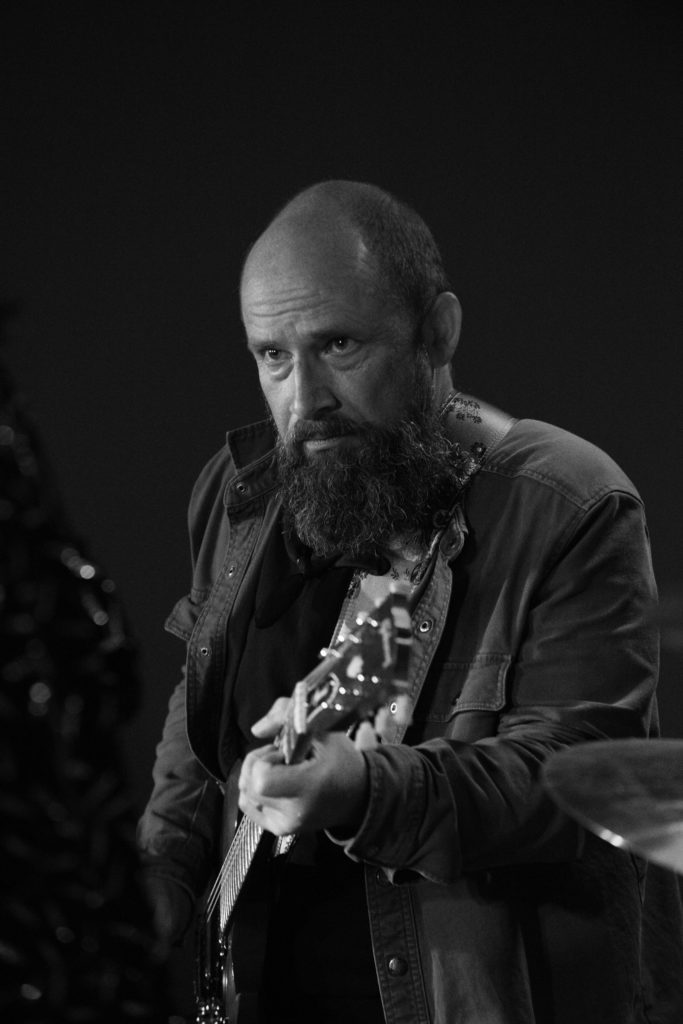
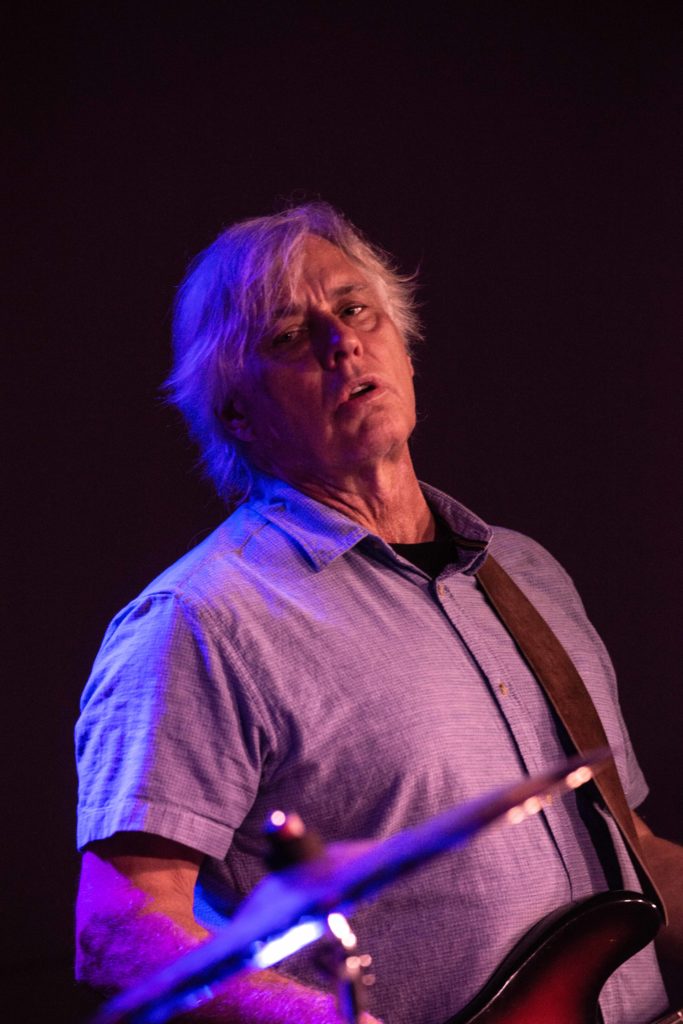
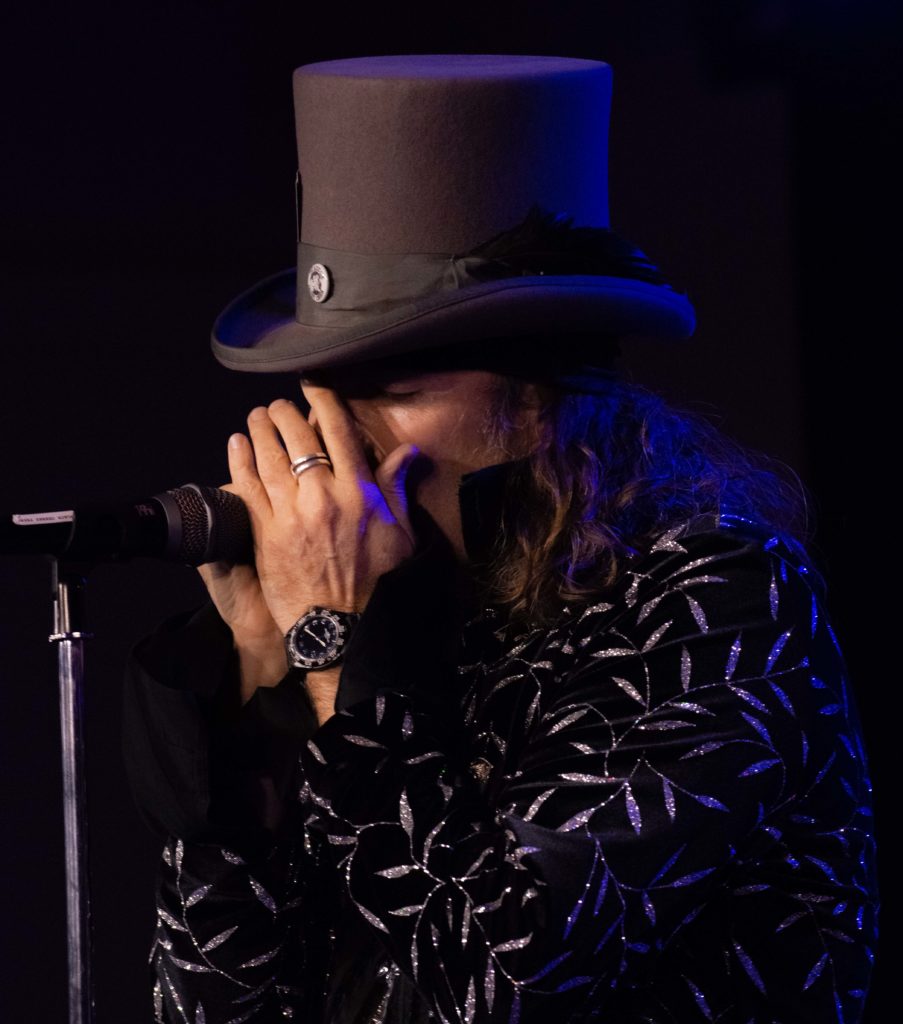
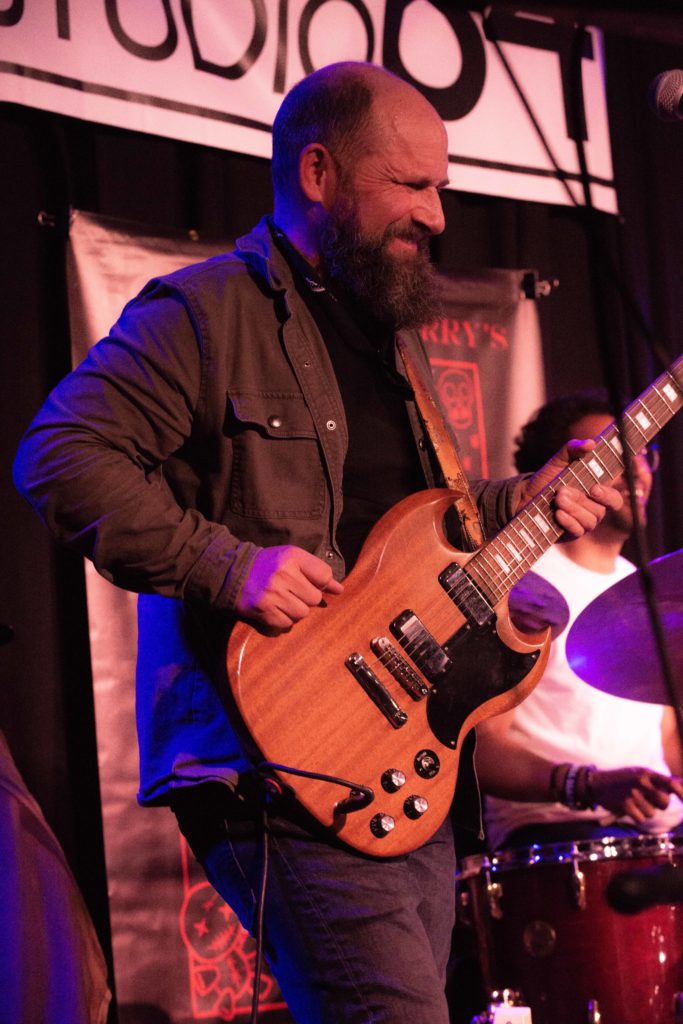
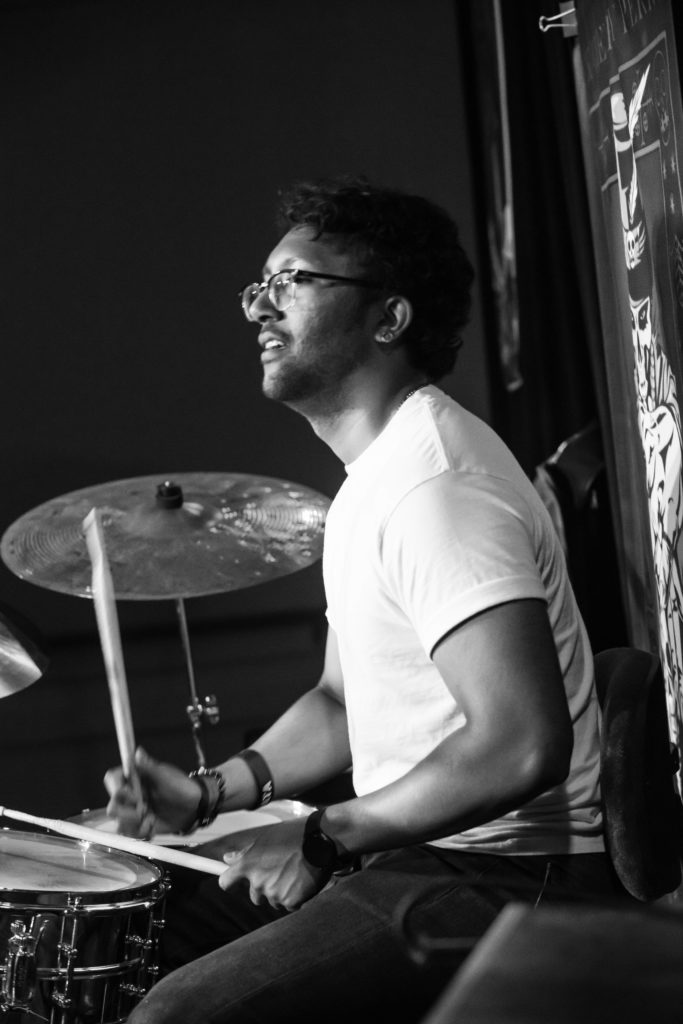
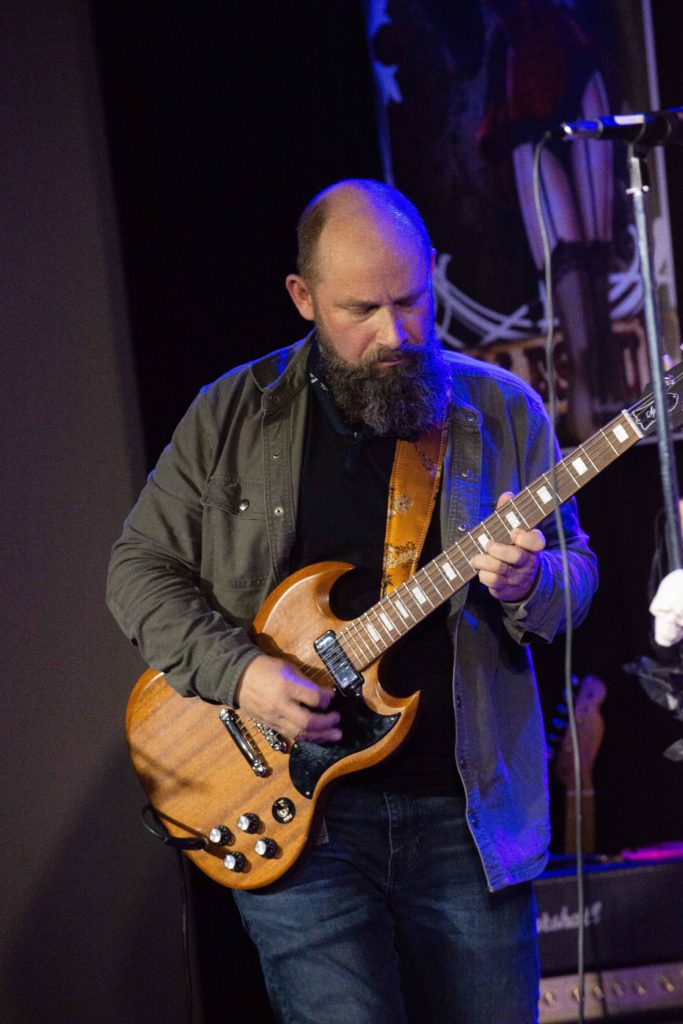
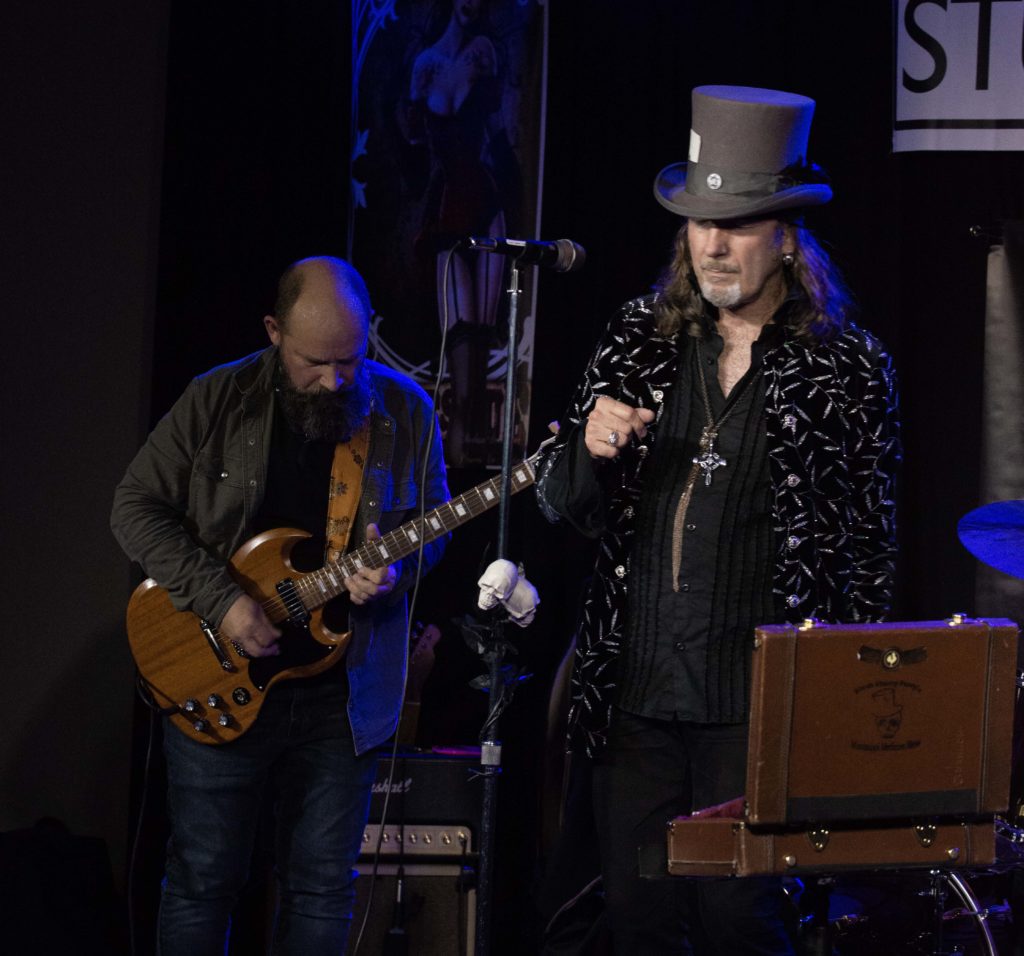
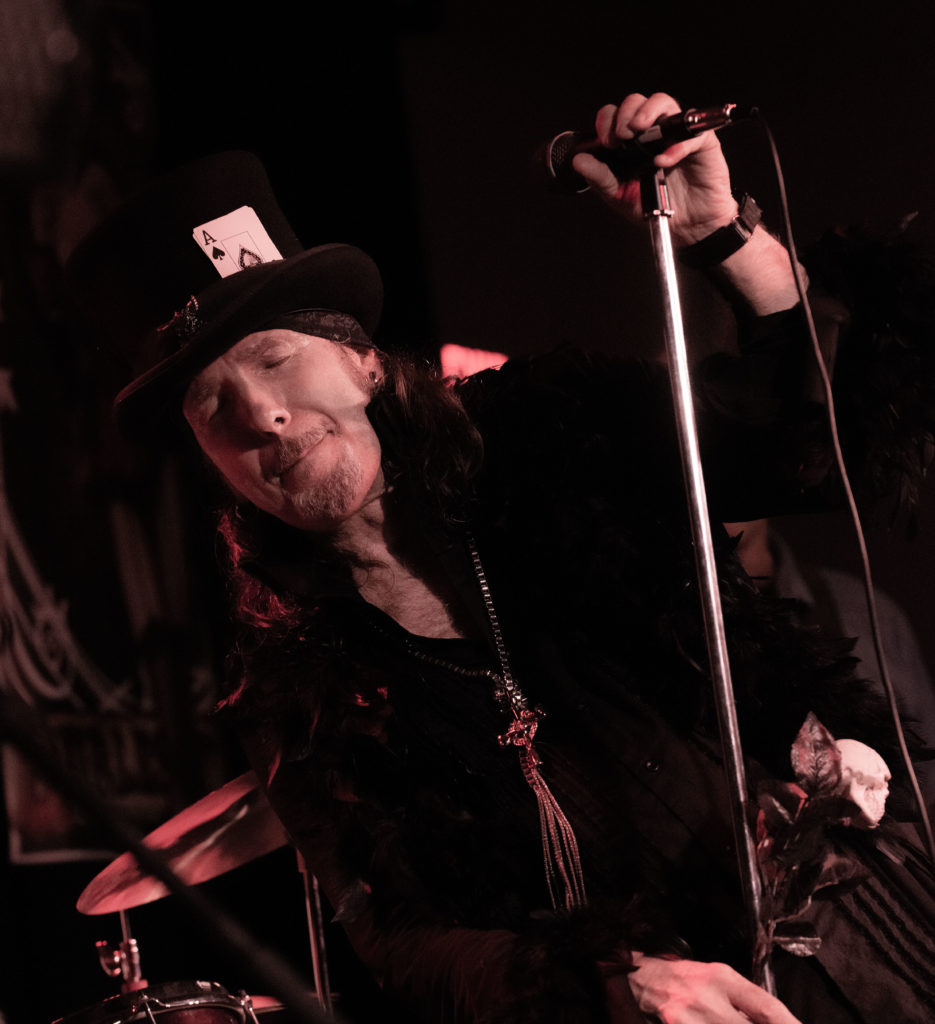

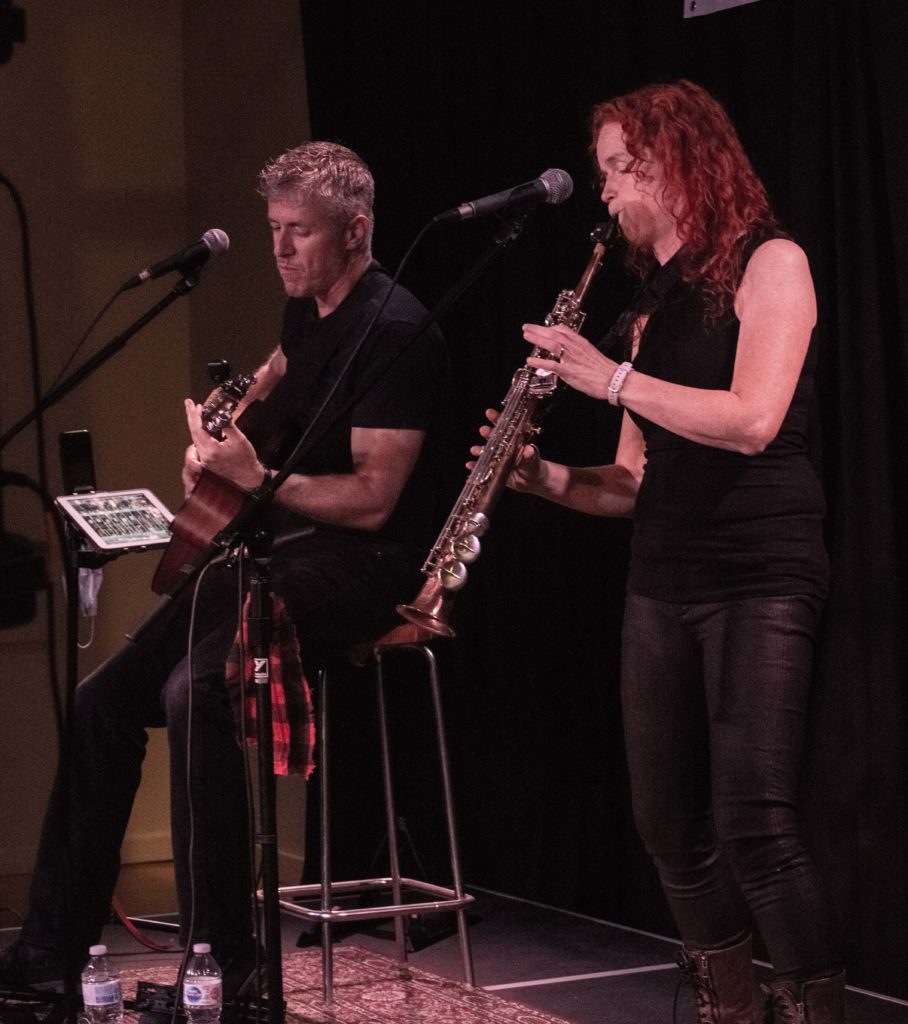 finally made it to Kimberley for a much-anticipated concert. “The Red Dirt Skinners are an Anglo-Canadian multi-genre duo, who formed in 2011”. They had been very active in Britain and Europe before their “accidental” relocation to Canada about five years ago. As the duo explains it, they were contacted by the Stratford Festival for an engagement. It wasn’t until the festival organizers sent them airline tickets that they realized that it was Stratford Ontario and not Stratford, England. Driving to the gig would not be an option. They ended up doing 12 shows over 17 days. During that time they were exposed to some Canadian cultural norms such as Bear Spray and a whole new understanding of distances between gigs. The engagement was so successful that the duo started looking at the possibility and final relocation to Canada.
finally made it to Kimberley for a much-anticipated concert. “The Red Dirt Skinners are an Anglo-Canadian multi-genre duo, who formed in 2011”. They had been very active in Britain and Europe before their “accidental” relocation to Canada about five years ago. As the duo explains it, they were contacted by the Stratford Festival for an engagement. It wasn’t until the festival organizers sent them airline tickets that they realized that it was Stratford Ontario and not Stratford, England. Driving to the gig would not be an option. They ended up doing 12 shows over 17 days. During that time they were exposed to some Canadian cultural norms such as Bear Spray and a whole new understanding of distances between gigs. The engagement was so successful that the duo started looking at the possibility and final relocation to Canada.